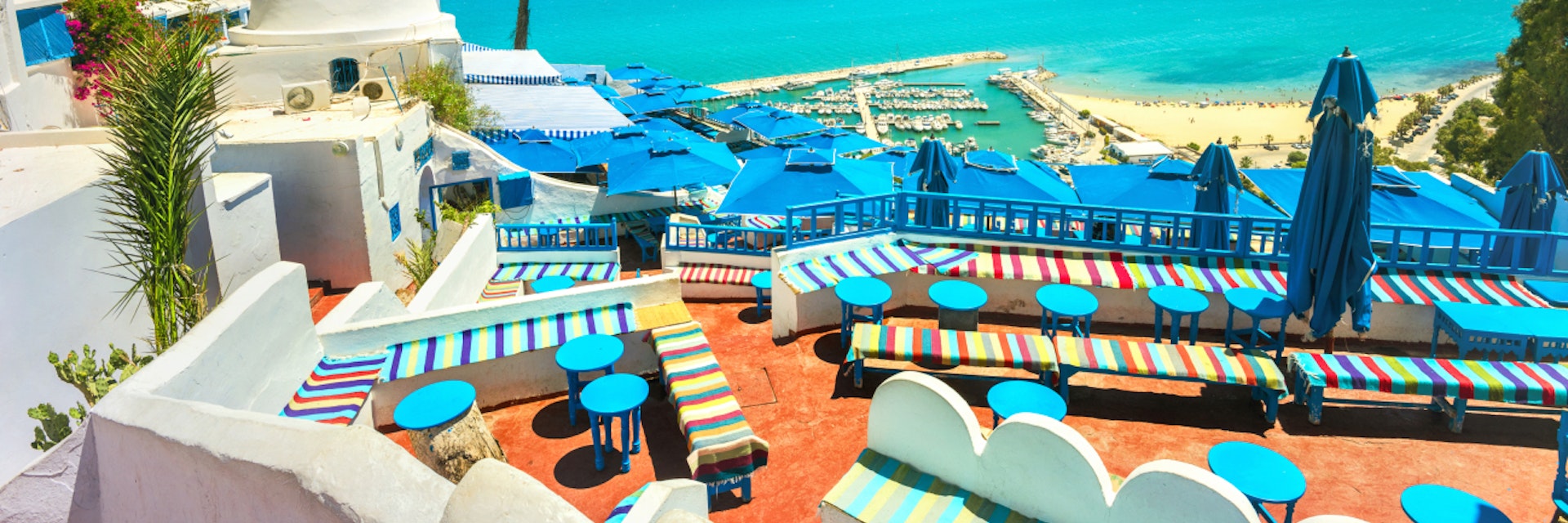
Shutterstock / Valery Bareta
It may be but a slim wedge of North Africa’s vast horizontal expanse, but Tunisia has enough history and diverse natural beauty to pack a country many times its size. With a balmy, sand-fringed Mediterranean coast, scented with jasmine and sea breezes, and where the fish on your plate is always fresh, Tunisia is prime territory for a straightforward sun-sand-and-sea holiday. But beyond the beaches, it’s a thrilling, underrated destination where distinct cultures and incredible extremes of landscape – forested coastlines, Saharan sand seas in the south – can be explored in just a few days.

Attractions
Must-see attractions.
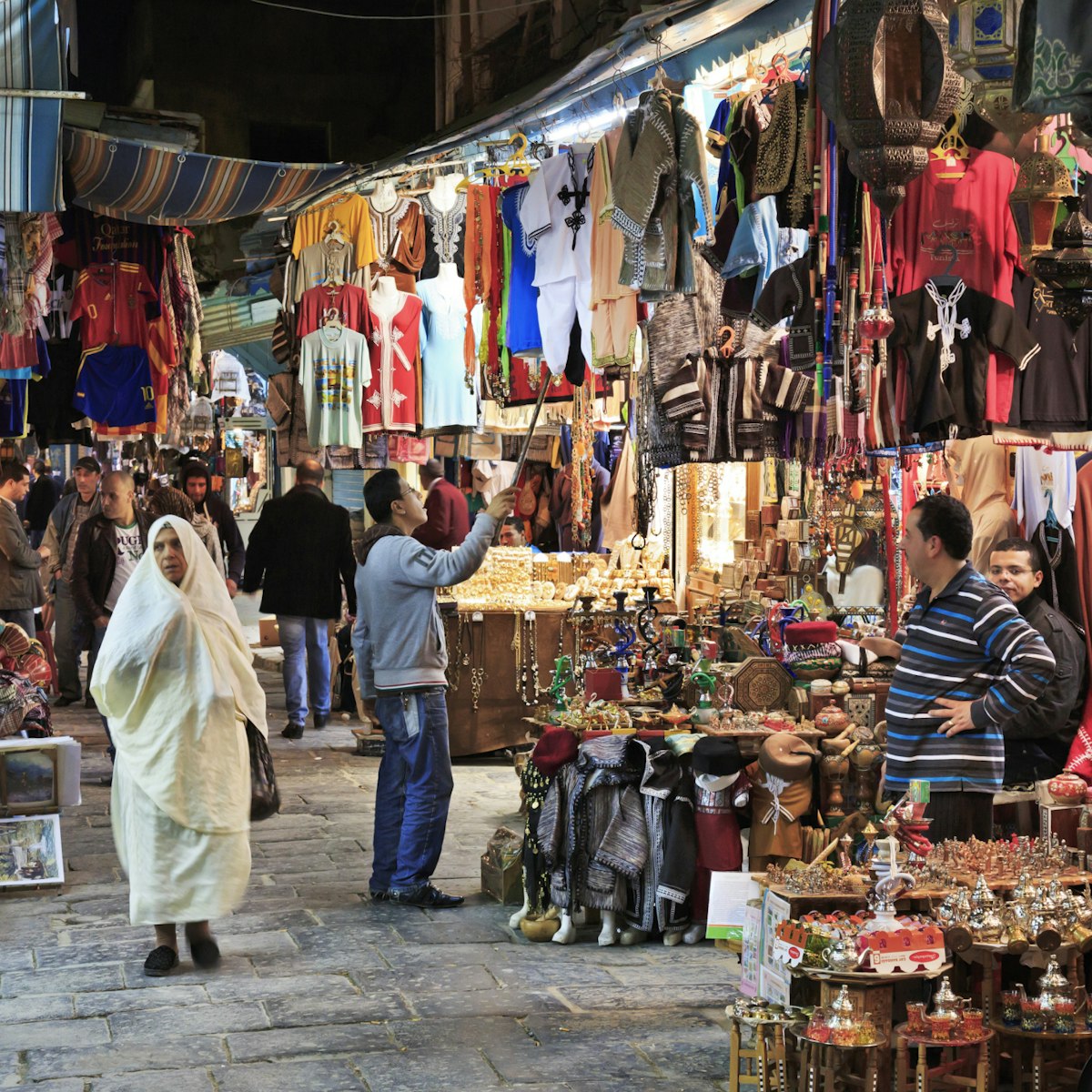
This sprawling maze of ancient streets and alleyways is one of the most impressive medieval medinas in North Africa and one of Tunisia's great treasures…
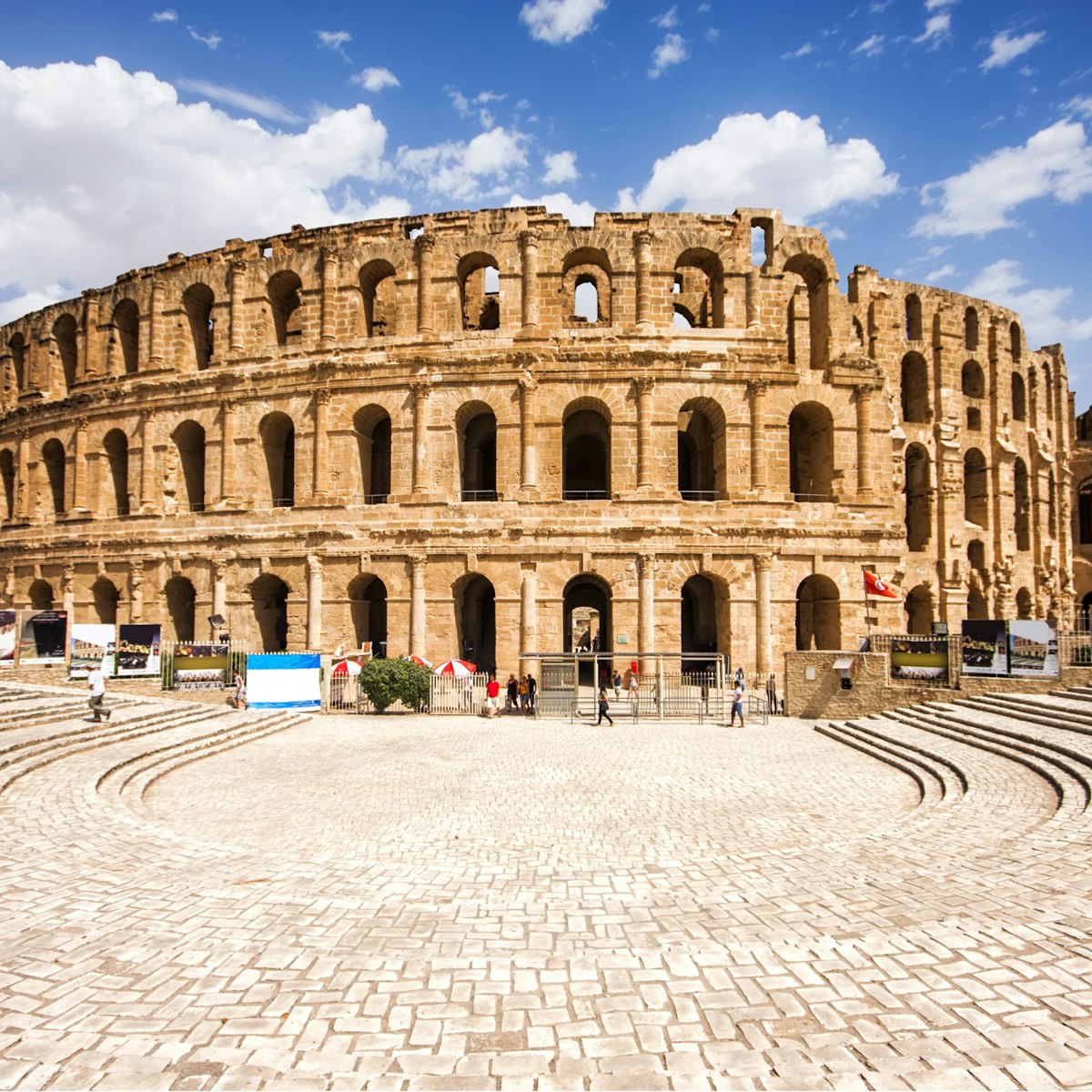
El Jem Amphitheatre
This Unesco World Heritage–listed colosseum was the second-largest in the Roman world (after Rome's); it was 149m long by 124m wide, with three tiers of…
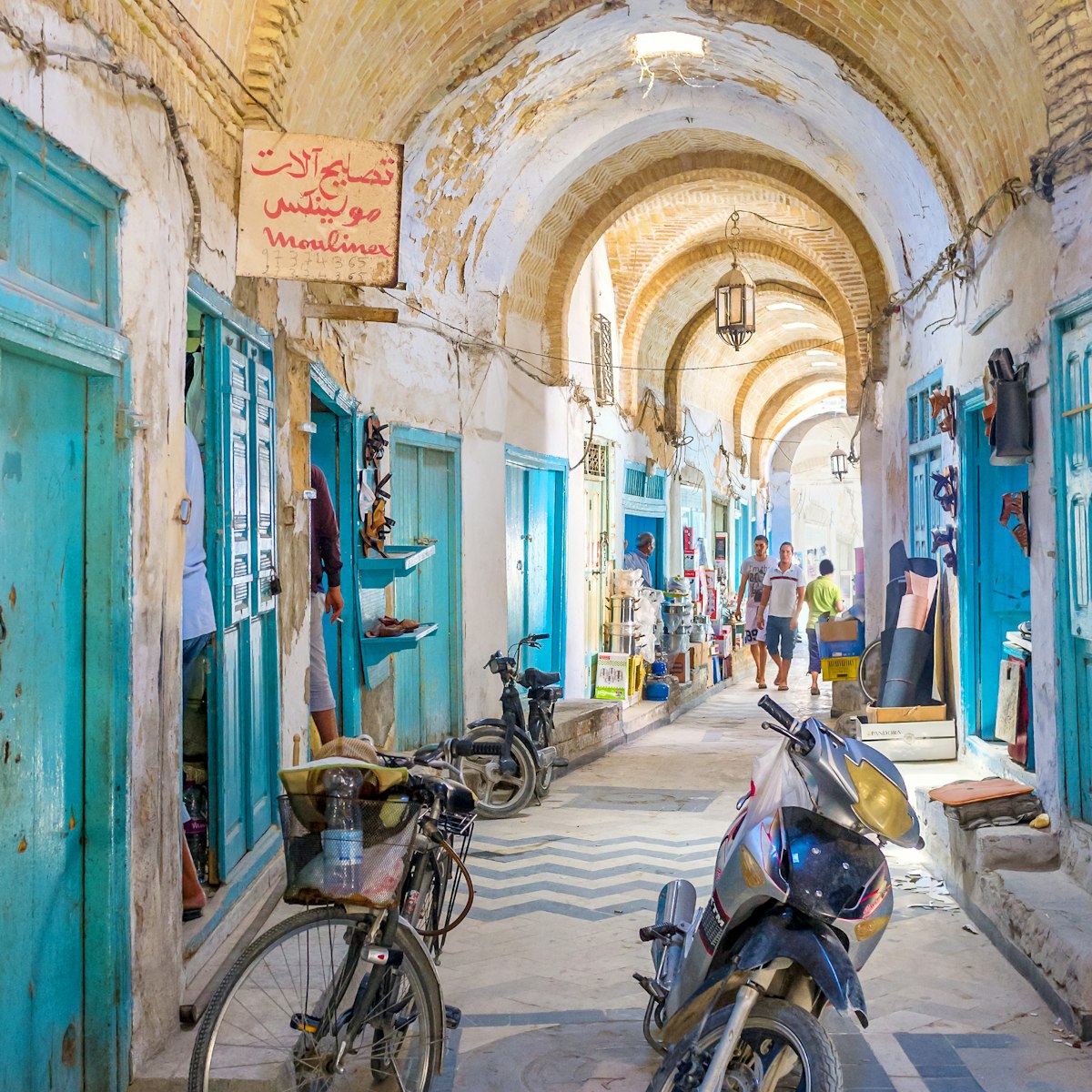
Kairouan’s medina feels like it ebbs and flows to a different rhythm to modern Tunisia. Long protected by its monumental walls and babs (gates), most of…

Sousse Archaeological Museum
Located inside the 11th-century kasbah, this museum showcases an extraordinary collection of 2nd- and 3rd-century Roman mosaics, one of the best in the…
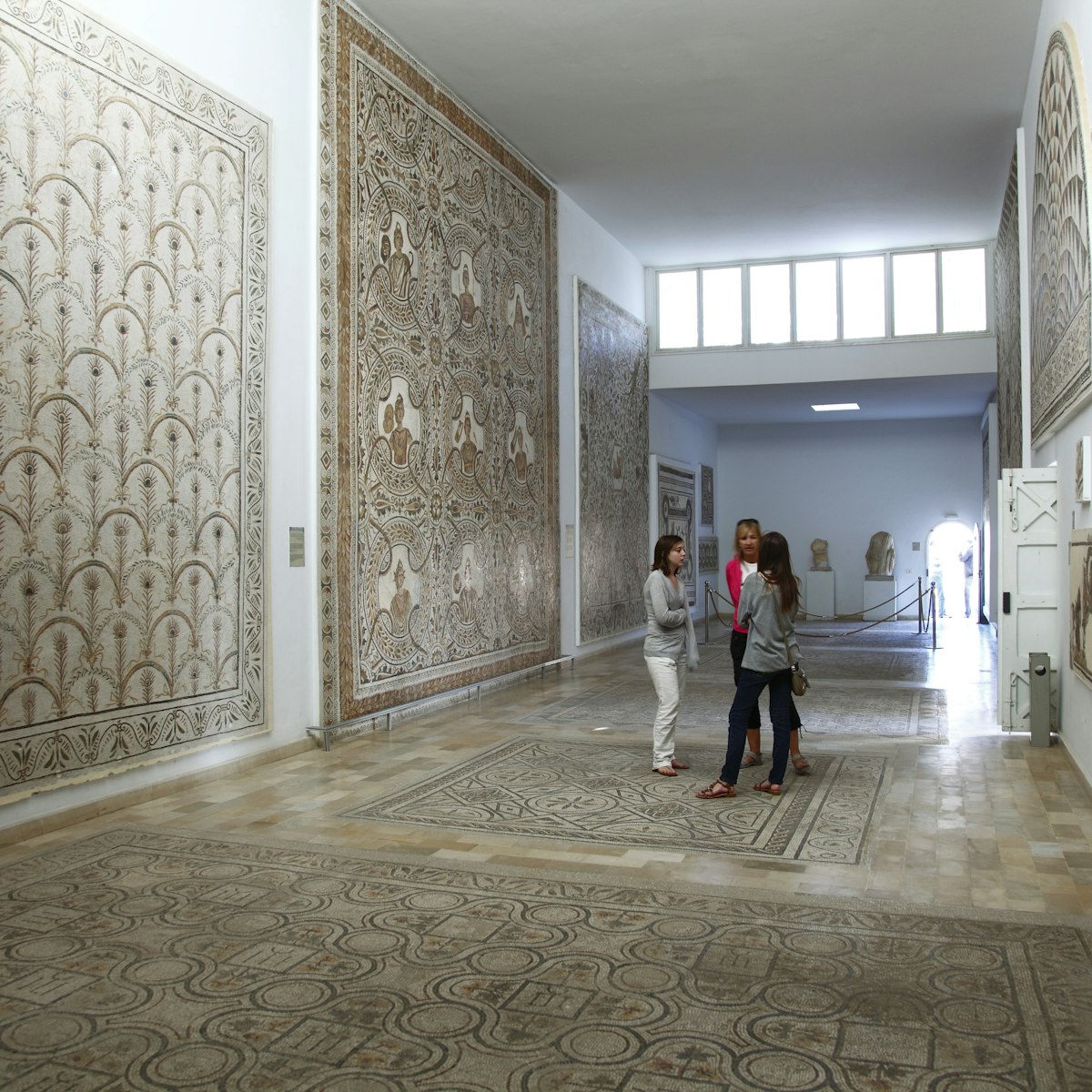
Archaeological Museum
A 1km walk from the El Jem Amphitheatre (follow the signs), this museum showcases an exceptional collection of Roman mosaics. All are richly coloured, in…
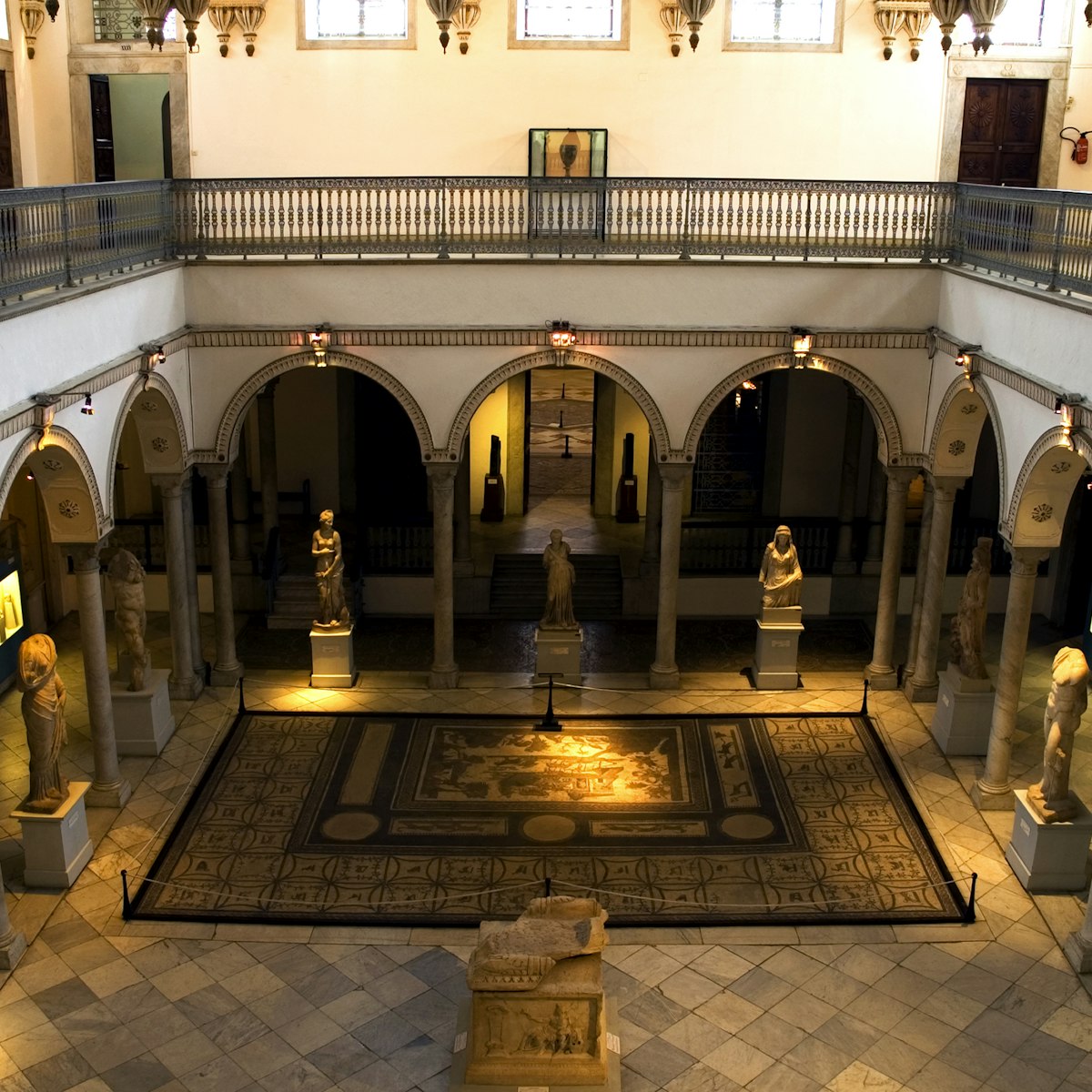
Bardo Museum
The main draw at the Tunisia's top museum is its magnificent collection of Roman mosaics. These provide a vibrant and fascinating portrait of ancient…
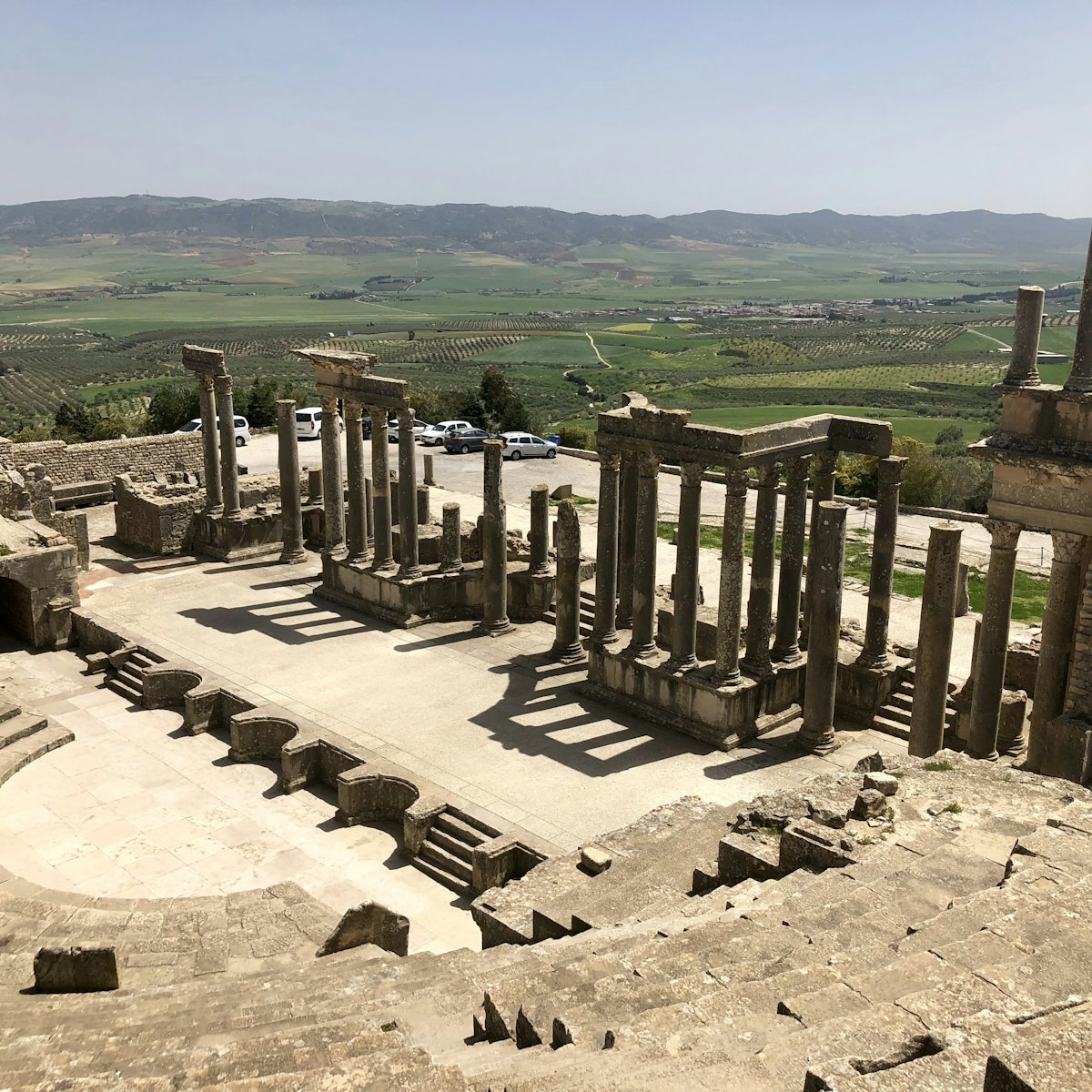
Arguably the most magnificent Roman site in Africa, Dougga’s ancient remains – a Unesco World Heritage site since 1997 – are startlingly complete, giving…
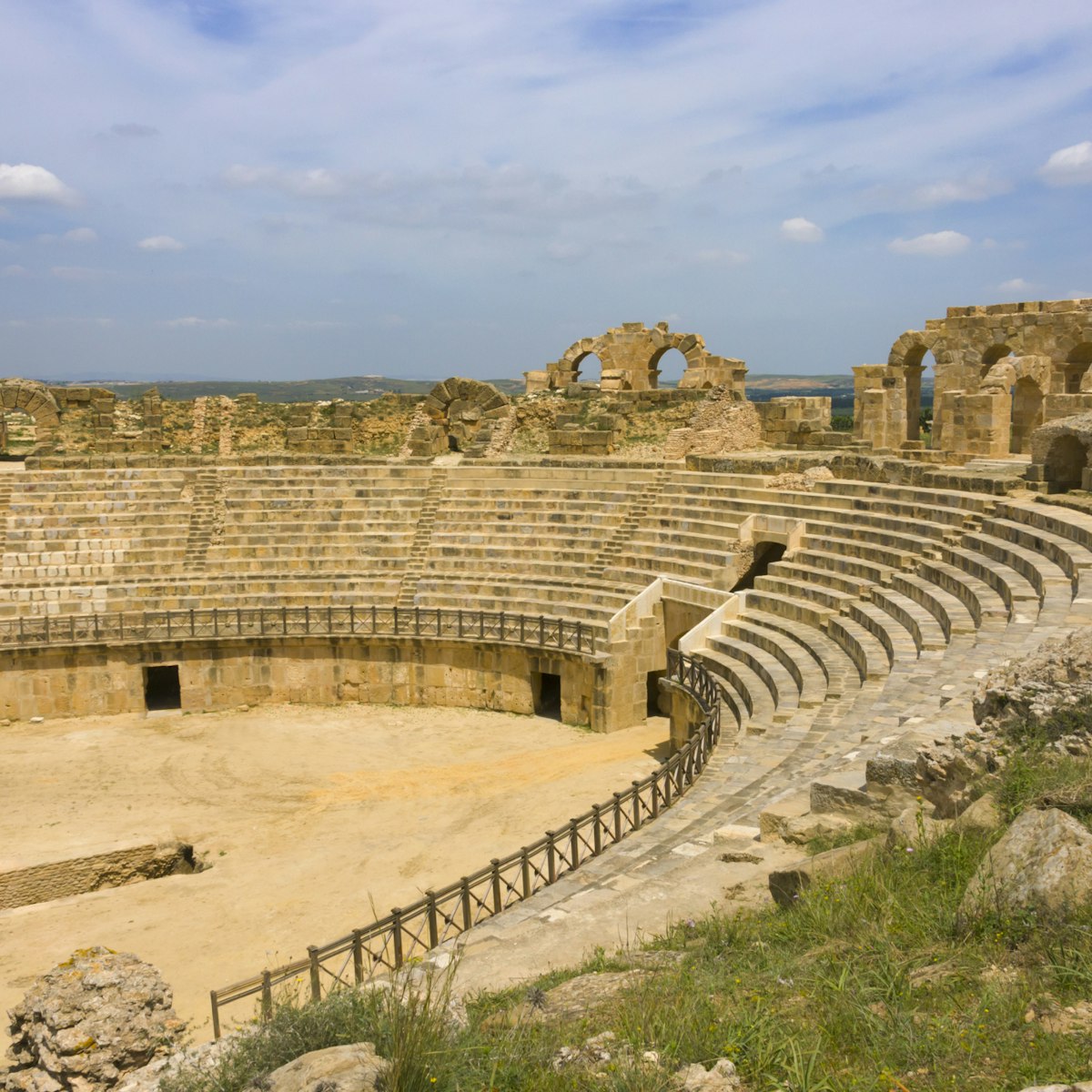
On the cultivated amber slopes of Mt Mekrima, the fascinating but little-visited ruins of ancient Uthina are the remains of one of the Roman Empire's…
Latest stories from Tunisia
Filter by interest:
- All Interests
- Adventure Travel
- Art & Culture
- Beaches, Coasts & Islands
- Food & Drink
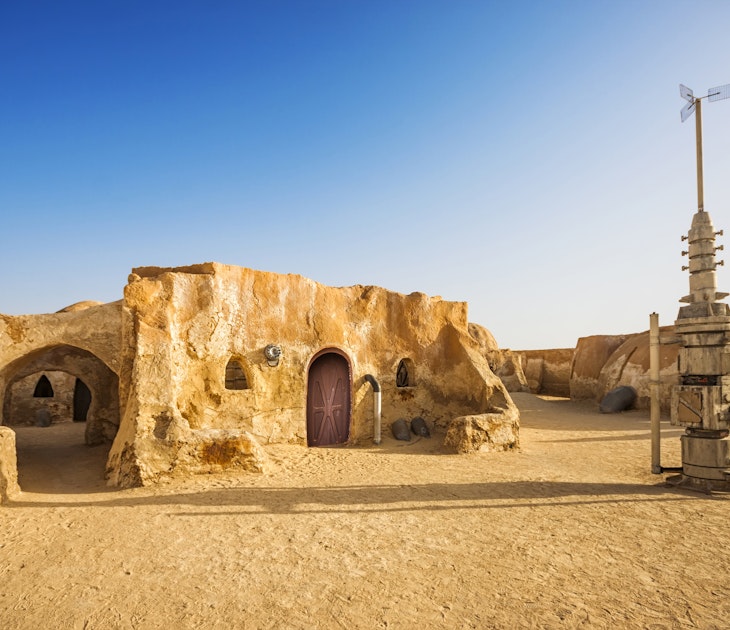
Dec 7, 2020 • 2 min read
It will cover more than 15 sites across 10 regions and will highlight films including Star Wars, Monty Python: The Life of Brian and Indiana Jones.
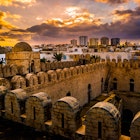
Jun 12, 2020 • 1 min read
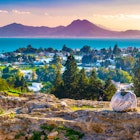
Nov 20, 2019 • 6 min read
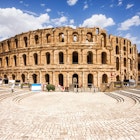
Nov 13, 2019 • 5 min read
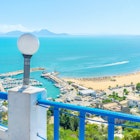
Apr 17, 2019 • 6 min read
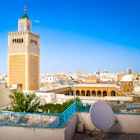
Mar 14, 2019 • 7 min read
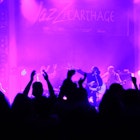
Feb 22, 2019 • 5 min read
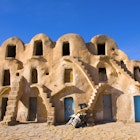
Feb 19, 2019 • 8 min read

Jan 4, 2019 • 5 min read
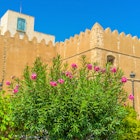
Nov 8, 2018 • 6 min read
in partnership with getyourguide
Book popular activities in Tunisia
Purchase our award-winning guidebooks.
Get to the heart of Tunisia with one of our in-depth, award-winning guidebooks, covering maps, itineraries, and expert guidance.
Tunisia and beyond
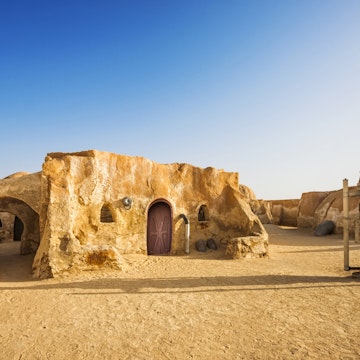

17 Top-Rated Attractions & Places to Visit in Tunisia
Written by Jess Lee Updated Jan 24, 2024
Often seen as simply a beach destination, Tunisia has a bucketful of surprising tourist attractions and things to do for those that venture off the sandy shores.
This is North Africa wrapped up into one bite-sized package.
There are alleyways of pastel-washed houses and crowded souk streets to explore in the cities; ancient ruins to discover out in the countryside; and the vast desert expanse of the Sahara to the south with its sweeping dunes, craggy mountains, and hidden, palm-tree-filled oases.
Tunisia was Rome's breadbasket, and the cultural riches the Romans left behind are more than enough reason to visit. But the history of Arab Empires has also bestowed the country with some of the region's most beautiful examples of Islamic architecture.
When you've craned your neck at Kairouan's minarets and played gladiator at El Djem , it's time to head into the Sahara to sample the raw, empty beauty of the desert.
The sun-soaked beaches of the Mediterranean coastline, fringed by palms and lapped by gentle waves, will still be waiting for you when you get back.
Discover where to go and what to see in this diverse country with our list of the top tourist attractions and places to visit in Tunisia.
1. El Djem Amphitheater
3. carthage, 4. the national bardo museum, 5. sidi bou said, 6. grand erg oriental, 7. bulla regia, 8. kairouan, 9. sousse medina, 10. chott el djerid, 11. hammamet, 13. tunis medina, 15. matmata, 16. ribat of monastir, 17. ancient sufetula.
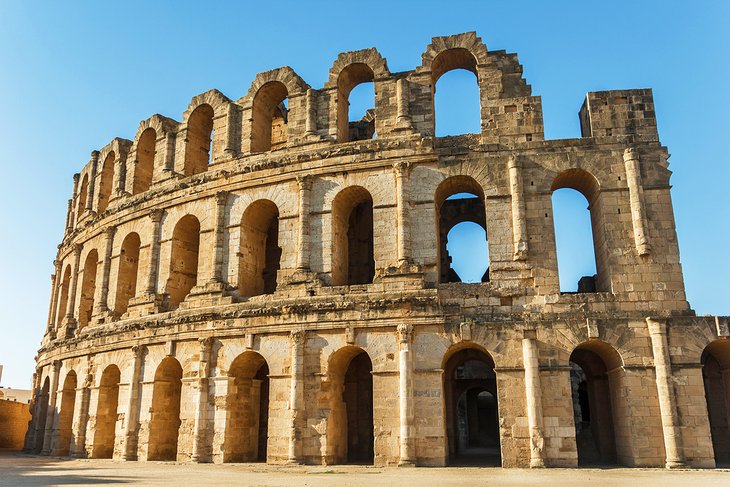
The walls of the mighty Roman amphitheater of El Djem dwarf the surrounding modern town.
This incredibly well-preserved Roman relic is Tunisia's big sightseeing highlight, one of the most popular things to do on day trips from the coastal resorts, and one of the best examples of amphitheater architecture left standing in the world.
The monumental bulk of the walls are a reminder of Rome's once-mighty grip across North Africa.
You can still walk the corridors under the arena, just like the gladiators did. Or, climb up to the top seating tiers and sit staring across the arena, imagining the battles that took place below.
This is one of Tunisia's most famous historic sights and attracts coach-loads of day-trippers so the way to enjoy the amphitheater without the crowds is to stay the night in El Djem and visit early or late.
El Djem has a couple of decent hotels and away from the star attraction there are a handful of smaller ruins (and a museum) to explore that can easily fill an entire day in town.
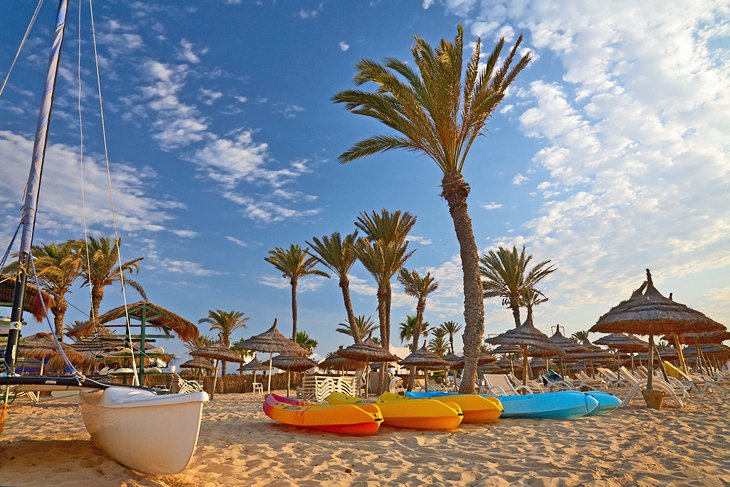
If you're looking for the picture-perfect beach escape, then the island of Djerba checks all the right boxes.
The island town of Houmt Souk is the main point of interest off the beach, with an old town district that is a muddle of whitewashed houses.
Houmt Souk's shopping is an attraction in itself, with plenty of handicraft vendors for browsing and haggling opportunities off the beach.
But it's those sandy strips of shoreline out of town that are the island's most popular highlight. Pristine and trimmed by date palms, the beaches are relaxing, get-away-from-it-all settings where summer daydreams are made.
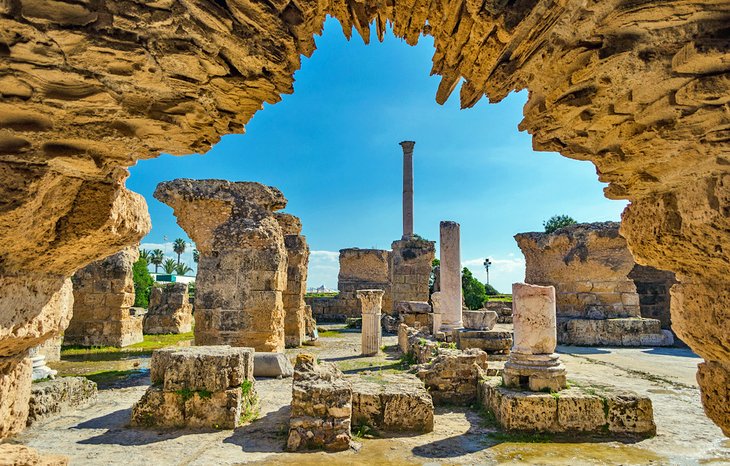
Once Rome's major rival, Carthage was the city of the seafaring Phoenicians, forever memorialized in the Punic Wars.
The atmospheric ruins of this ancient town now sit beside the sea amid the suburbs of Tunis, a warning that even the greatest cities can be reduced to rubble.
The ruins are extensive but spread out, and if you've been lucky enough to visit ancient city sites such as Ephesus in Turkey or Volubilis in Morocco, which are well-preserved, Carthage can seem quite underwhelming at first.
But these UNESCO World-Heritage-listed remnants are hugely important historically, and any tourist interested in North Africa's ancient past shouldn't miss a visit here.
Many visitors opt to visit on an organized half-day tour from Tunis (often bundled together with a visit to Sidi Bou Said), but if you prefer to spend more time exploring the ruins, you can easily head to Carthage independently.
Tunis is connected to Carthage by the city's light rail network . Disembark at Carthage-Hannibal station, and you can walk a circuit of the ancient city's most famous ruin sites and the museum. Make sure to wear comfortable walking shoes and, if you're in Tunisia during the hotter months, start early to beat the heat.
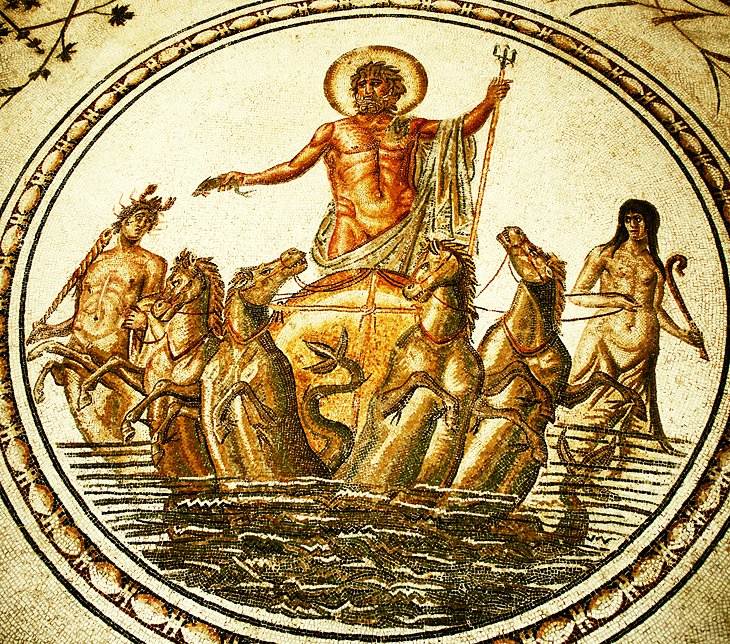
If you only have one day in Tunisia's capital, Tunis , this museum should be high up on your to-do list.
Even non-museum fans can't fail to be impressed at the massive haul of beautiful mosaics exhibited inside the Bardo.
This is one of North Africa's top museums, and it houses one of the world's most important mosaic collections, all curated beautifully.
The museum has recently reopened after an extensive renovation and re-curation of the exhibits, which now take in more of the scope of Tunisia's history.
Its highlight though is still the mosaic collection which showcases the dazzling, intricate artistry of the Roman and Byzantine eras, with pieces cherry-picked from every major archaeological site in Tunisia.
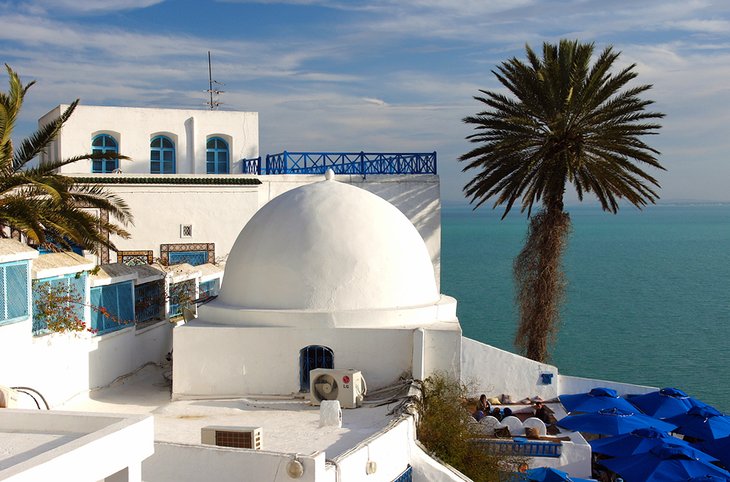
Impossibly cute, and amazingly photogenic, Sidi Bou Said is a clifftop village of petite dimensions that seem to have fallen off an artist's canvas.
Unsurprisingly, artists have feted this little hamlet, now a high-class suburb of the capital Tunis, for decades.
The whitewashed alleyways, wrought-iron window frames, and colorful blue doors are Tunisian village architecture at its finest, while the Mediterranean backdrop is the cherry on top.
Keen photographers will want to head here early in the day, to capture Sidi Bou Said's famed scenic alleyways without the bustle of day-trippers. For panoramic vistas across the whitewashed houses and rooftops, head up to the terrace on Rue Taieb Mhiri.
This is a place to while away a lazy afternoon, simply soaking up the laid-back atmosphere and maybe indulging in a spot of shopping at one of the many local artisan and handicraft stalls.
You can easily hop on Tunis's light rail network to chug directly to Sidi Bou Said station from the central city. If you prefer to stay in Sidi Bou Said rather than in Tunis, there's also a decent range of upscale accommodation here.
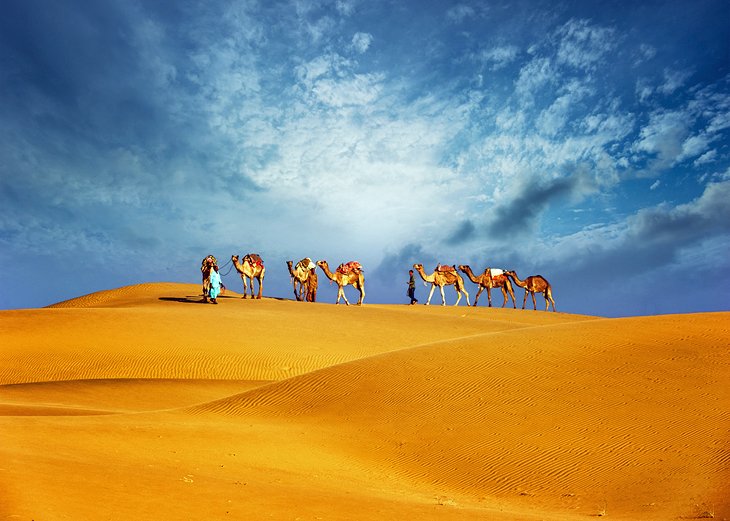
Tunisia's vast Sahara covers much of the country's interior, and the most beautiful corner of the desert is the field of sand dunes known as the Grand Erg Oriental.
These poetically beautiful dunes are a surreal and gorgeous landscape of huge waves, shaped by the ever-shifting desert sands.
For many visitors, this is an adventure playground for riding dune buggies and camel treks, but nothing tops the simple pleasure of sitting atop one of these mammoth sand mountains and watching the sun set over the Sahara.
The nearest center is the desert town of Douz, from where you can organize camel, hiking, and 4WD excursions and multi-day trips to the dunes.
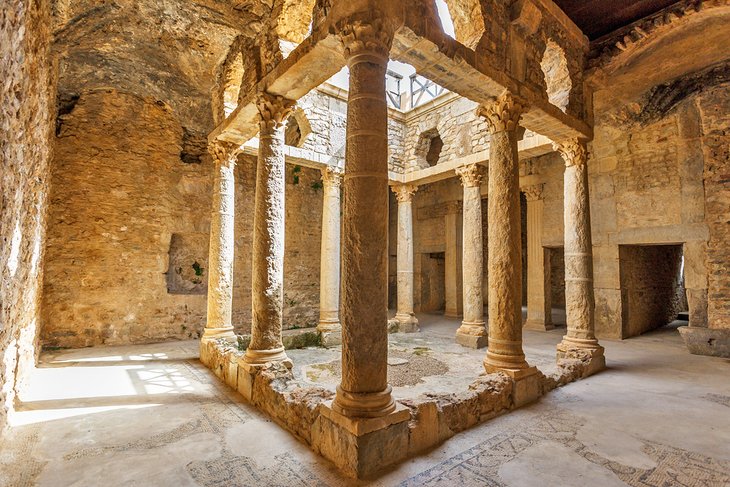
Tunisia has no shortage of Roman ruins, but Bulla Regia near Tabarka is the country's most interesting and intriguing site.
Here, the Roman inhabitants coped with the harsh summer climate by ingeniously building their villas underground, which has left the city houses incredibly well-preserved today.
For history lovers, this is a unique opportunity to walk through actual Roman houses, with their walls still intact, and with some of the expansive floor mosaics still in-situ. It's a glimpse of the residential life of the ancient world that you often don't see.
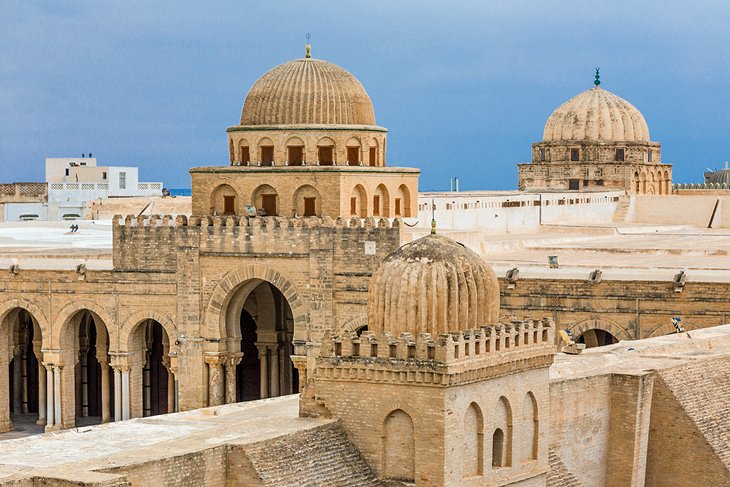
With mosques, madrassas, and tombs aplenty, Kairouan has more than its fair share of monuments as the fourth most important city for those of the Muslim faith.
The Arabic architecture here is truly inspiring, and the skyline is full of skinny minarets and bulky domes. But it's probably the back alleys of the city's medina that steal the show.
With narrow, maze-like lanes lined with crumbling colorful houses, Kairouan's old town has an enchanting, lost-in-time atmosphere that is a true highlight of a visit here.
The town is well known for its traditional carpet-making, and if Kairouan is part of your planned itinerary you will want to wait until you've seen the range on offer here before making a purchase.
Wily visitors elect to spend a night or two in Kairouan rather than day-trip here from Sousse or Monastir, so they can spend their time exploring. Kairouan is also a good base from which to launch out on day tours to points further west, such as the ruins of Kasserine.
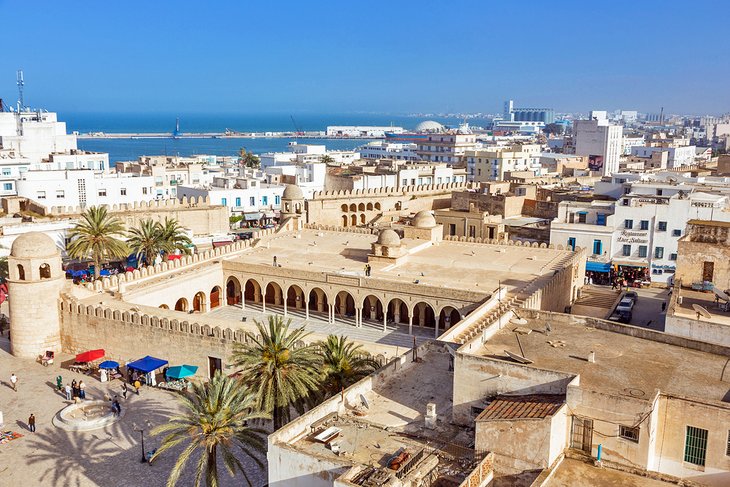
Overlooked by the mighty fortifications of the ribat and kasbah, the medina in Sousse just begs to be explored.
This lovely old town district is a warren of looping lanes, rimmed by whitewashed houses, and a shopping paradise with a tempting selection of ceramics, leatherwork, and metalwork on display.
Away from the stalls along the bustling souk streets, the quiet and rambling back alleys, dusted in white and blue, are a charming place to dive in and sample local life.
Sousse is one of Tunisia's top vacation destinations and is a very easygoing introduction to the country's charms, for first-time visitors. Likewise, the medina itself is small and easily navigable.
Some excellent restaurants serve up local Tunisian cuisine within the medina so, even if your accommodation is out on the beach, it is well worth your time coming into the medina for lunch or dinner. Make sure to sample the couscous at Café Seles, near the ramparts, and chill out with mint tea at Café Kasba.
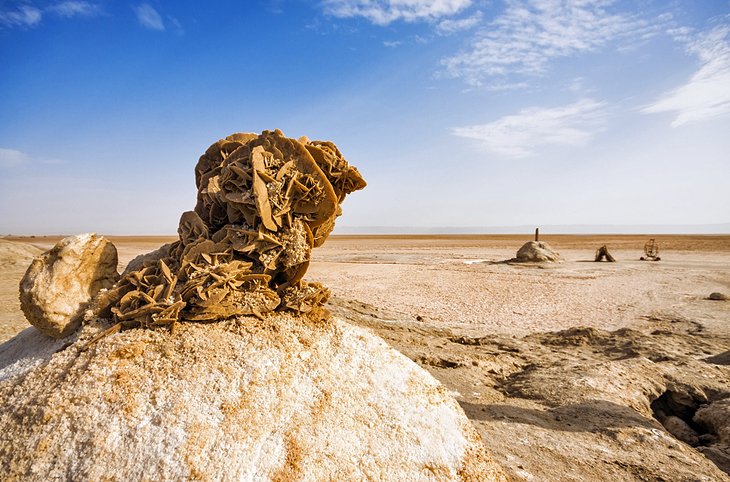
This sprawling salt pan (most easily reached on a day trip from the desert town of Tozeur ) is a desolate and otherworldly scene that wows all who visit with its stark and brutal beauty.
The scenery here depends on the season you visit.
In summer, the moonscape surroundings of the Chott el Djerid are a storybook panorama brought to life, filled with shimmering mirages on the horizon and jigsaw puzzle pieces of blindingly white, cracked land under foot.
During winter, though, the basin partially fills with water, creating a bizarre lake amid the desolate surrounding desert plains.
A sightseeing trip here proves that nature produces much weirder landscapes than you could ever imagine.
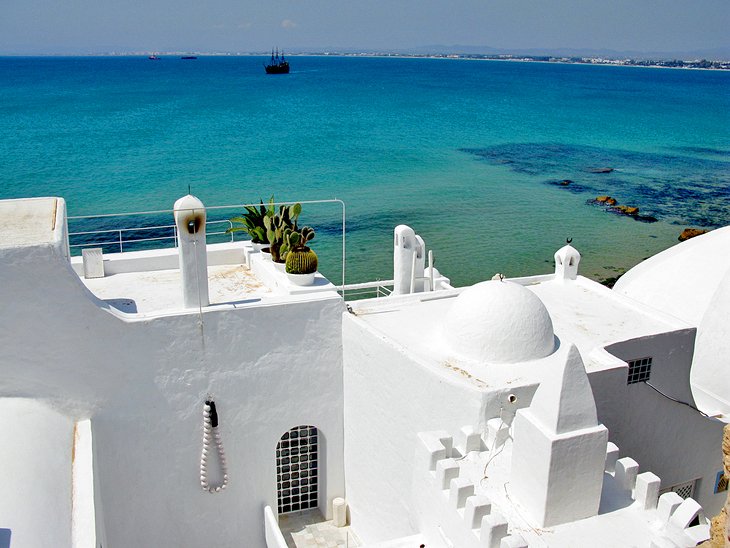
Hammamet is all about the beach. This laid-back town on the Cap Bon Peninsula is Tunisia's top sun-and-sea resort, dedicated to easygoing beach vacations.
The town itself, with its pretty white buildings set beside a bright blue sea, has bundles of Mediterranean charm, which woos all who come to sunbathe on the soft, white sand.
For many who come here, off-the-beach pursuits total up to nothing more strenuous than gentle strolls in the medina (old town) and a spot of shopping in the restored old town souks.
It's a no stress kind of place that sums up the pleasures of Tunisia in one pretty package.
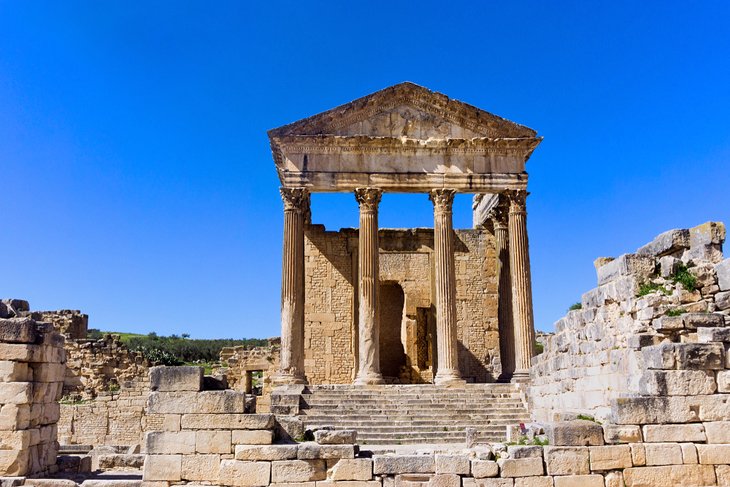
Easily reached on a day trip from both the Tunisian capital of Tunis and the northern beach town of Tabarka, Dougga is one of the most important Roman sites in North Africa.
The site is feted by travelers both for the well-preserved state of its main monuments and its tranquil rural setting amid rolling countryside.
It may seem far off the main routes today, but this expansive, hilltop site was once a thriving town, first settled in the 6th century BCE and today containing remnants leftover from all its major historical eras, from Berber and Punic to Roman and Byzantine.
The Roman-era ruins here are the grandest of Dougga's monuments.
Come here to admire the Roman Theater, Forum, and numerous temples with their pillars still raised in place, but don't forget to also explore the numerous bath complexes and remains of villas.
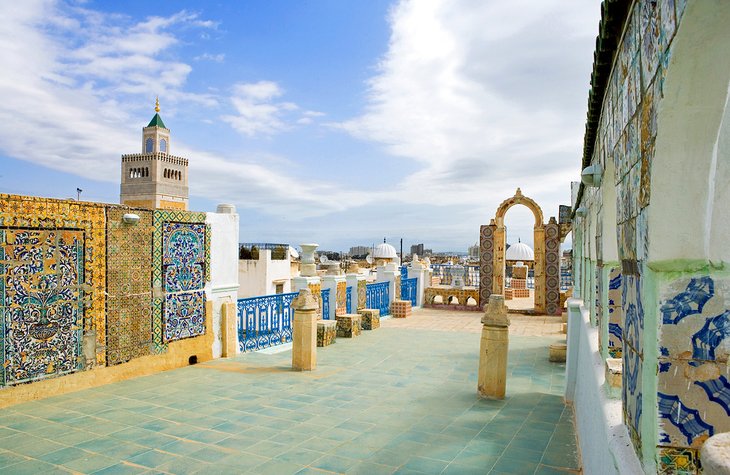
Although Tunisia's capital is mostly visited to view the two major tourist attractions of Carthage and the Bardo Museum, the medina district of central Tunis is well worth spending an extra night in the city for.
The winding alleys of this old town neighborhood, with their souks (shopping streets), mosques, and monuments, are fun to explore.
Don't miss visiting the rooftop of the Umayyad-era Olive Tree Mosque, the medina's most famous landmark, while wandering the medina, and make sure to seek out the clutch of small museums and restored dars (medina mansions) hidden within the narrow lanes. If you're short on time, Dar Hussein Palace is the top pick.
This is a great district to get stuck into Tunisian cuisine and some of the dars, and other historic buildings, within the medina have become atmospheric restaurants serving up traditional dishes.
Dine on signature couscous dishes amid the courtyard of an old caravanserai at Fondouk El Attarine. Or sample spicy, classic flavors with creative modern twists, in the salons inside Dar Slah .
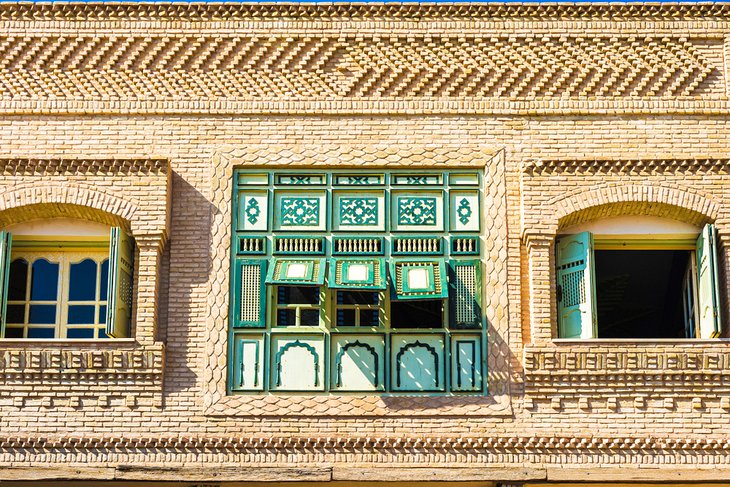
Tozeur is a desert oasis town, sitting in the country's southeast.
For many visitors, it's a practical base for the tourist attractions of the Sahara with the chott el djerid salt pans, sand dune vistas, and the oases of Tamerza and Chebika all within day-tripping distance from town.
Tozeur town is an attraction within itself, though, rimmed by vast date palm gardens and home to an interesting medina district brimming with examples of the town's traditional decorative brick architecture.
Although it's a long journey across a stark desert plateau to get here (Tozeur is 211 kilometers west of the coastal city of Gabes), it's well worth it for the laid-back desert outpost atmosphere and the swag of Sahara attractions to explore on its doorstep.
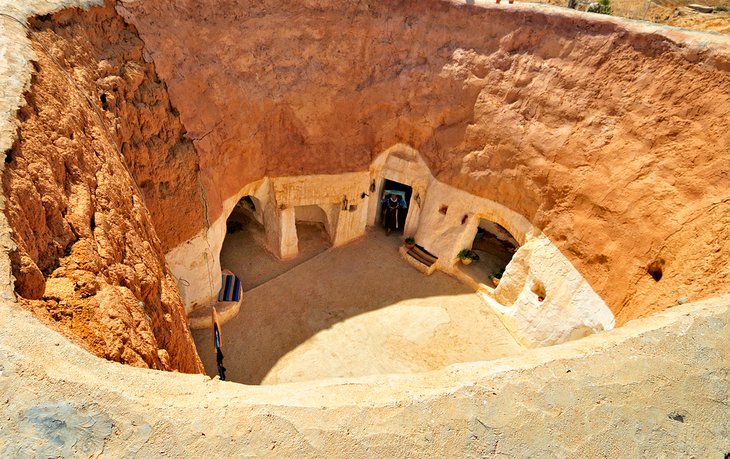
This Berber village, with its troglodyte housing, was made famous when one of the dwellings (the Hotel Sidi Driss) was used as a location during the filming of the original Star Wars movie.
Matmata's traditional troglodyte-style housing is its main attraction. To escape the extreme heat of the area's arid plateau, locals dug deep into the ground, excavating a large circular pit below the surface, which would act as a courtyard, and then burrowed into the pit walls to hollow out cave rooms for their living spaces.
Today, some of the houses are open for visits and/or provide accommodation for travelers who want to experience a night of cave living.
Matmata is in south central Tunisia, 43 kilometers southeast of Gabes and 108 kilometers northwest of Medinine.
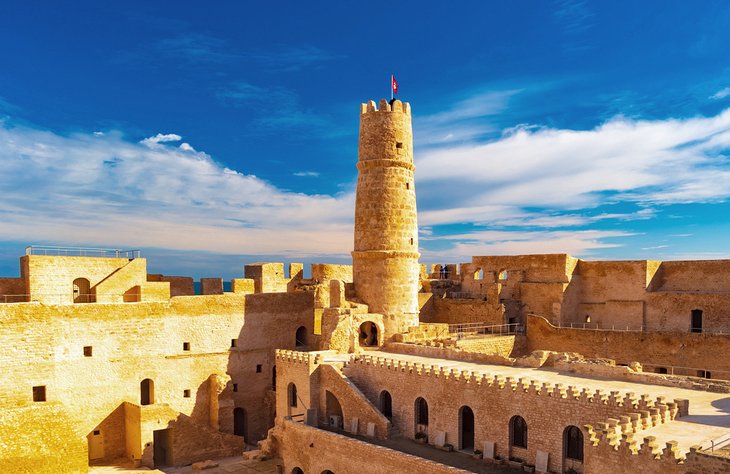
One of Tunisia's most recognizable monuments, the Ribat of Monastir was the earliest fortress built in Tunisia during the 8th-century Abbasid conquest, and one of the earliest in the entirety of North Africa.
This sea-fronting fortress is an exceptional example of medieval defensive architecture, with its main features of high crenelated walls, watchtowers, and internal courtyards.
For many visitors, the ribat is most famous today because of its use as a film location during the mid-20th century, including its starring role in Monty Python's cult classic Life of Brian .
As Monastir is only 23 kilometers southwest of Sousse, the ribat is easily visited on a day trip from the city.
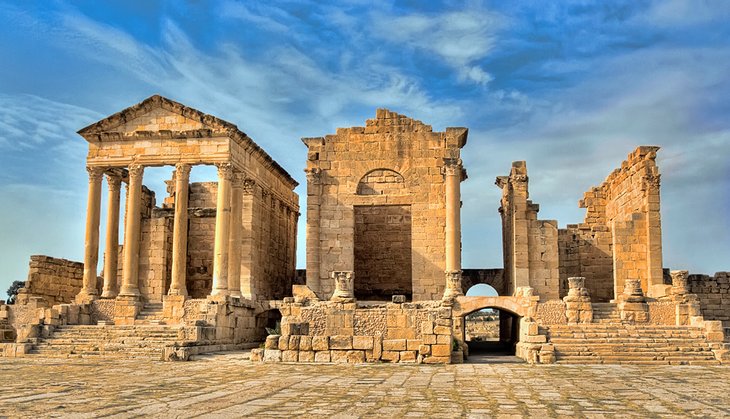
The Roman ruins of Sufetula in the small town of Sbeitla are too out of the way to attract the tourist crowds, but it's well worth making the journey.
Known for its exceptionally well-preserved Roman Forum building, as well as numerous preserved Roman-era public buildings, including a triumphal arch, public bath, and temples, Sufetula is one of the best places to visit in Tunisia to imagine the Roman world.
Founded by the Roman Emperor Vespasian, Sufetula prospered due to its cultivation of olives for the empire. Later, during the Byzantine era, it also enjoyed further importance, becoming a bishopric.
Today the archaeological site sits right on the northern edge of modern Sbeitla town in central Tunisia. There are only a handful of accommodation choices in town, but it's possible to day trip to Sbeitla from Kairouan, 107 kilometers to the northwest.

More on Tunisia
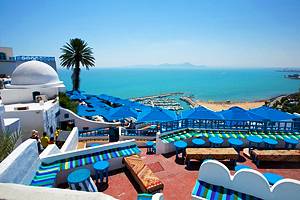
- 3 Other destinations
- 4.1 History
- 4.2 Climate
- 4.3 Terrain
- 4.4 Public holidays
- 4.5 Tourist information
- 5.1.1 Visa application requirements
- 5.2 By plane
- 5.3 By boat
- 5.4 By train
- 6.1 By plane
- 6.3 By taxi
- 6.4 By train
- 6.5 By louage
- 8.1 History and archaeology
- 8.2 North of the desert
- 8.3 The desert
- 9.1 Beaches
- 9.2 The desert
- 15.1 Violence
- 15.2 Female travelers
- 15.3 Money and scams
- 15.4 Tunisian dual nationals
- 16.1 Health care
- 16.3 Vaccinations
- 17.1 Ramadan
- 18.1 Telephone
- 18.2 Internet

The Republic of Tunisia ( Arabic : تونس Tūnis ), is a country in North Africa bordering the Mediterranean Sea. Tourist infrastructure is well developed, and there are several ways to enjoy the loveliness of Tunisia, including spending time on the gorgeous Mediterranean beaches, viewing its ancient ruins, living its thriving desert culture, or sampling its delicious cuisine.
Regions [ edit ]
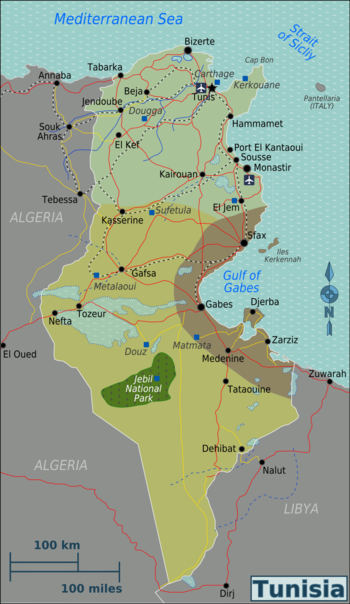
Cities [ edit ]
- 36.800833 10.18 1 Tunis — the laid-back capital of Tunisia with easy access to Carthage and a very authentic souk
- 33.881389 10.098333 2 Gabes — large town on the east coast, mostly a rail and bus transit point
- 35.683333 10.1 3 Kairouan — a major site for Islamic pilgrimage
- 36.166667 8.7 4 El Kef — Byzantine and Ottoman architecture in this small town in the northwest
- 35.504722 11.062222 5 Mahdia — former captal
- 35.77799 10.82617 6 Monastir — ancient city with a history back to Phoenician times; these days it is home of the main charter flight airport in the country
- 34.74 10.76 7 Sfax — historic town with a great old kasbah; also access to the Kerkennah Islands
- 33.457222 9.025833 9 Douz — the "Gate of the Desert", a Saharan city known for its date tree plantation and Saharan tourism
- 33.919722 8.133611 10 Tozeur — gateway to several mountain oasis villages
Other destinations [ edit ]
- 36.852558 10.323461 1 Carthage — Phoenician colony, biggest trade metropolis of the antique world; famously razed by the Romans; remnants now encased in a museum; site easily reached by train from Tunis
- 33.7837 10.8833 2 Djerba — a Mediterranean island in the south which is popular with sun-seekers, and home to a historic synagogue that is one of the last remaining active ones in the Arab world
- 36.423333 9.220278 3 Dougga — impressive ruins of a remote Roman city
- 35.3 10.716667 4 El Jem — one of the best preserved Roman amphitheaters in the world
- 33.01696 9.09946 5 Jebil National Park — a large Saharan National Park with impressive dunes and rock formations
- 36.946389 11.099167 6 Kerkouane — remnants of the sole untouched Punic settlement which is a UNESCO World Heritage site
- 33.008603 9.616217 7 Ksar Ghilane — on the edge of the sand desert, the saharan oasis known for its hot spring and old roman fort
- 33.542639 9.966806 8 Matmata — berber village of cave abodes, where Star Wars ' Tatooine was set
- 34.319444 8.401389 9 Metlaoui — get aboard the restored Red Lizard vintage train snaking through scenic gorges and hills
- 35.229722 9.129444 10 Sufetula ( Sbeitla ) — a fairly well preserved Roman settlement in the mid-west area of Tunisia
- 32.933333 10.45 11 Tataouine — surrounded by various historic forts ( ksar ) and another filming location of Star Wars
Understand [ edit ]
History [ edit ].
Tunisia has a rich cultural history, ever since antiquity. The Carthaginian Empire, Rome's archenemy, was centred in Tunisia. Its capital, Carthage, is now a suburb of Tunis. Founded by Phoenician settlers from Tyre and Sidon (modern day Lebanon), Carthage was an ancient Mediterranean powerhouse. Three wars between Rome and Carthage (known as the Punic wars) were waged in the first few centuries before the birth of Christ. These culminated with the decimation of Carthage in 146 BCE by the Roman general Scipio, who is said to have wept at its destruction.
Between the destruction of ancient Carthage and the Arabic conquests of the 7th century, many cultures have made Tunisia their home. Carthage enjoyed a new period of prosperity under the Roman Empire until its collapse in the 5th century. Roman rule was replaced briefly by the Vandals, who made Carthage the capital of their kingdom. Carthage was then absorbed temporarily by the Byzantine Empire, until the rise of Islam in the 7th century.
After the dissipation of the Arabic Caliphates, the Ottoman Empire's Turkish Pashas ruled Tunisia. With the fall of the Ottoman Empire, Tunisia eventually fell under the sway of European Imperialism, as a French Protectorate, along with neighbouring Algeria.
Following independence from France 20 March 1956, President Habib Bourguiba established a strict one-party state. He dominated the country for 31 years, repressing Islamic fundamentalism and establishing rights for women unmatched by any other Arab nation. Bourghiba was quietly replaced in 1987 by Zine El Abidine Ben Ali. His forced resignation was carried out under the pretext that he was unfit to carry out his duties as president, due to his ailing mental and physical state as a result of extreme old age. Nonetheless, Bourghiba is still credited with the birth of the modern state of Tunisia, for which he fought his entire life. Ben Ali took a moderate, non-aligned stance in its foreign relations. Domestically, it sought to defuse rising pressure for a more open political society.
However, this changed in late 2010. Mohamed Bouazizi, a street vendor set himself on fire in protest of the confiscation of his wares and police harassment. This became the catalyst for the Tunisian Revolution, as well as the Arab Spring . After massive street protests, Ben Ali was forced out of power in January 2011. Since then, Tunisia has taken the path towards democratization of political and civil life.
Malta and Tunisia are discussing the commercial exploitation of the continental shelf between their countries, particularly for oil exploration.
Climate [ edit ]
Temperate in north with mild, rainy winters and hot, dry summers; desert in south.
Terrain [ edit ]
Mountains in north; hot, dry central plain; semiarid south merges into the Sahara desert.
Public holidays [ edit ]
- Independence Day , 20th March - a time when hotel rooms are completely booked. Plan accordingly.
Tourist information [ edit ]
- Discover Tunisia website
Get in [ edit ]
Tunisia depends a lot on tourism; therefore, many people can visit the country without a visa.
Visa [ edit ]
Citizens of Algeria , Antigua and Barbuda , Argentina , Australia , Austria , Bahrain , Barbados , Belgium , Belize , Bermuda , Bosnia and Herzegovina , Brazil , British Virgin Islands , Brunei Darussalam , Bulgaria , Chile , China , Côte d'Ivoire , Croatia , Denmark , Dominica , Falkland Islands , Fiji , Finland , France , Gambia , Germany , Gibraltar , Greece , Guinea , Honduras , Hong Kong , Hungary , Iceland , Ireland , Italy , Japan , Kiribati , South Korea , Kuwait , Libya , Liechtenstein , Luxembourg , Macau , Malaysia , Mali , Malta , Mauritania , Mauritius , Mexico , Monaco , Montenegro , Montserrat , Morocco , Netherlands , New Zealand , Niger , North Macedonia , Norway , Oman , Poland , Portugal , Qatar , Romania , Russia , Saint Helena, Ascension and Tristan da Cunha , St. Kitts and Nevis , St. Lucia , St. Vincent and Grenadines , San Marino , Saudi Arabia , Senegal , Serbia , Seychelles , Singapore , Slovenia , Solomon Islands , Spain , Sweden , Switzerland , Turkey , United Arab Emirates , United Kingdom , United States and Vatican City do not require a visa to enter and stay for up to 3 months.
Citizens of Canada do not require a visa to enter and stay for up to 4 months.
If you're not a citizen of any of the countries listed above, you must apply for a visa in advance at a Tunisian embassy.
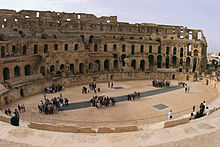
Visa application requirements [ edit ]
Visa requirements vary from country to country; however, you're normally required to submit the following to apply for a Tunisian visa:
- A copy of your passport (must have a validity of more than six months)
- Proof of your legal status in the country you're living in
- A letter of invitation from your host in Tunisia (a hotel reservation will suffice)
- The first page of your passport
The Tunisian embassy in the United States states that the Tunisian Ministry of the Interior vets all tourist visa applications and may take up to 21 days to process any visa.
By plane [ edit ]
Tunisair is the national airline of Tunisia.
- From the airport, you can catch a taxi to the centre of Tunis (beware, meters may be rigged). They are best hailed from the 2nd floor departure hall to avoid getting swindled and should cost no more than 7 DT to downtown Tunis (Avenue Habib Bourguiba area) during the daytime, and no more than 10 DT, 21:00-05:00 (during which meter rates are 150% of daytime rates).
- Alternatively, take bus #635 or #35 to Ave Habib Bourguiba for 0.47 DT. The bus comes roughly every half-hour and stops in front of the terminal.
- The official airport Wi-Fi requires payment, but connection to the public "Lindo Cafe" network from a restaurant of the same name is free.
- For cheap snacks and coffee/tea in place of overpriced airport fare, walk 3 minutes straight out of the airport's bottom floor (arrivals), past the fountain, through the parking lot, and you'll find a small convenience store and cafe selling items at local prices (espresso for 0.7 DT). It is next to a utilitarian car wash.
Other airports countrywide serve national and international flights including:
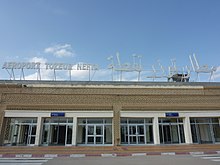
Charter flight companies can arrange flight and hotel, many that waiver a visa to enter. There are also some agencies that have ongoing tours for groups and private travellers.
By boat [ edit ]
Ferry services link Tunis to Malta , Trapani and Palermo ( Sicily , Italy ), Naples ( Italy ), Genoa ( Italy ) and Marseille ( France ). Travelling boats generally leave from La Goulette port (near Tunis). Other commercial ports are also available (Rades, Gabes, Sousse, Sfax, Zarzis)
By train [ edit ]
In 2018 a direct train should have operated three times per week between Tunis and the Algerian city of Annaba . However as of 2022 it isn't.
Get around [ edit ]
Tunisair express is the domestic airline branched off of TunisAir. You can fly between Tunis and Tozeur, Djerba and Gabes, as well as flights to Malta and Napoli. French-only website, booking is available online or through agencies Tunisair Express .
By car [ edit ]
Tunisian highways resemble US Interstate or the highways of Europe with a dual carriageway: A-1 runs from Tunis south heading to Sfax, A-4 runs from Tunis north heading to Bizerte, and A-3 runs from Tunis West heading to Oued Zarga. Tunisian highways speed limit is 110 km/h. It is possible to maintain that speed on that road very easily. The routes shown on some maps have a planned extension to Gabes then Ras Jedir (Libya Frontiers) in the South as of 2011-2014 and to Ghardimaou (Algerian Frontiers) in the West, but several years later. The remaining highways have single carriageways, with traffic round-abouts at major intersections, which follow the European model (those in the roundabout have the right of way). Consequently, on roads other than the A-1,4,3 it can be difficult to maintain an average speed of more than 75 km/h most of the time as the speed limit is 90 km/h. Almost all road signs are in Arabic and French.
Like most developing countries, road accidents are the leading cause of death and injury in Tunisia. Tunisians are aggressive, poorly skilled and discourteous drivers. They are unpredictable in their driving habits, jumping traffic lights, seldom signaling when changing lanes, often ignoring traffic lights and stop signs, driving at very high rates of speed regardless of the quality of the roads or condition of their vehicles, and stopping at almost any location even though it may block other cars or potentially cause an accident. Because of the lack of sidewalks, pedestrians walk on the roads often without regard for cars or their own safety. Sadly, Tunisians seldom secure their children in appropriate car seats and these tiny passengers often bear the brunt of most accidents.
Although police are visible at many major intersections, they seldom enforce traffic rules or stop bad drivers unless it is to solicit bribes.
People unfamiliar with driving in developing countries are best to use public transportation or hire a driver.
Driving in Tunis is further compounded by narrow streets and limited parking spots. To see the Medina of Tunis, it would be best to park some distance from the Medina, and take the light rail (called TGM) in from Marsa/Carthage, the green tramway (called Metro) downtown, or perhaps a taxi in from the nearer outskirts.
Rental cars are fairly easy to find, but somewhat expensive, at DT100 or so a day, for a medium-sized car such as a four-door Renault Clio.
By taxi [ edit ]
Private taxis are reasonably priced even for long-distance travel, just be sure to agree on the fare before you set off. Sample fares for a four-seater are €40 for Tunis-Hammamet or €50 for Monastir-Hammamet. When taking the taxi within bigger towns such as Tunis, there are meters installed. Make sure it is started when you leave and in the corresponding mode (night, day, etc). A green light indicates that the taxi is already taken, a red that it is free.
- Forus Taxi (smartphone app)
The national train company SNCFT runs modern and comfortable trains from Tunis south to Sousse , Sfax and Monastir . There are three classes of service, namely Grand confort (deluxe 1st), 1st and 2nd, and all are quite adequate. Example fares from Tunis to Sousse are DT12/10/6 (€6/5/3) in Grand/1st/2nd class. Although tickets are issued with wagon/seat numbers marked on it, that is largely ignored by locals. So if you are travelling with more people, try to get onboard quickly to find adjacent seats.
A good thing to do is to buy a carte bleue (blue card). It costs around DT20 for a week and you can travel all around the country using the banlieue (short distance train) and grande ligne (long distance). For the long distance you will have to make a reservation and pay a small fee (DT1,50 or so). These passes can also be bought to cover 10 or 14 days. There are rarely queues at the booking office and a little bit of French goes a long way. Trains go also to Tozeur and Gabes in the south where it is easy to access the Sahara and Ksour regions respectively. In some stations where the frequency of trains is small (e.g. Tozeur), the ticket booth will remain closed for most of the day and reopen around the time of the departure of the next train.
A light railway (called TGM) also connects Tunis northward to Carthage and La Marsa . Take this light railway system to Sidi Bou Said as well. One-way light railway tickets will cost approximately DT0.675.
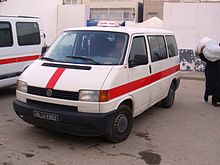
By louage [ edit ]
Locals use louage or long-haul shared taxis where there is no train or bus. There are no timetables, but they wait in the louage station (which is generally near a train station if your destination is accessible by train) until 8 people turn up. The wait is never too long in major cities, most of the time less than half an hour. They are nearly as cheap as the walk up train fares and operate with fixed prices so you won't get scalped. e.g. Douz to Gabes (120 km) for 7 dinars. While louages are very cheap, they can also be stifling hot during the summer months (although the windows are left open during the ride and that helps!) and tourists may be hassled, if only rarely - most locals will keep to themselves. Furthermore, louages have the reputation to drive at a fast pace, and to be less safe than other transportation, so be aware of that.
Louage departures are very frequent; a louage departs as soon as the seats are filled. It is acceptable to pay for an empty seat to leave earlier.
All louage cars are white, with a side stripe showing the coverage area. Louages between major cities are recognizable by their red stripe, louages within region are recognizable by their blue stripe and louages serving rural areas are recognizable by their yellow strips (the Rural Louage can be yellow with blue stripes, or a van fully painted in brown color).
By bus [ edit ]
Long distance bus (called car ) [dead link] is also a safe and economic way to travel between major cities such as Tunis, Nabeul, Hammamet, etc. You will generally find a station in each major city offering many departures per day (every 30 minutes between Tunis and Hammamet). Some of the bus locally called "car comfort" offer higher standards (TV, air conditioner) at cheap prices. Hours can be found online.
Talk [ edit ]
Arabic is the official language of Tunisia.
Tunisian Arabic (also known as Tounsi ), the local vernacular, is spoken natively by almost everyone. It is most closely related to Maltese and has loanwords from French, Turkish, Italian, and so on. Tunisian Arabic is used primarily in informal and spoken communication and is not typically used for formal or written communication. If you don't know the local dialect, do not despair; all Tunisians learn Modern Standard Arabic at school, so you should have no problems communicating in major cities.
As is the case in Morocco and Algeria , French is widely spoken and is a second language for a lot of Tunisians. The language is held in high regard; French is used in many avenues such as business, government, and commerce. French is often used to transliterate Arabic words. For example, the name "Yusuf" is transliterated as "Youssef".
English is seldom spoken and is mainly spoken in tourist areas. Code-switching is a common practice in Tunisia.
See [ edit ]

History and archaeology [ edit ]
Although Tunisia is best known today for its beach resort holidays, the country has an amazing heritage with some exceptional archaeological remains to be explored.
Little remains of Carthage , but what does is relatively well presented compared to the rest of the ruins in Tunisia. This great city of the Phoenician and Punic periods dates from the 6 th century BC and was the base of a hugely powerful empire spanning the entire south Mediterranean. Its most famous general was Hannibal who crossed the Alps to battle the Romans . Hannibal suffered his first significant defeat at the Battle of Zama in 202 BC, and after over 50 years of being watched closely by Rome, Carthage was attacked in the 3 rd Punic War and completely destroyed. The city was redeveloped by the Romans a century later, and Carthage became the capital of the Roman province of Africa. What we see today are the remains of that era.
North of the desert [ edit ]
In the northwest, Jugurtha's Table is a large mesa with a moon-like surface and deep crevasses and is normally accessed fom the town of El Kef .
The desert [ edit ]
Tunisia has some of the most accessible, beautiful Saharan desert scenery. George Lucas fans will recognise the village of Matmata . The troglodyte dwellings here were used as the set for the young Luke Skywalker's home of Tatooine. The central western desert towns of Tozeur (with the film set of Mos Eisley ) and Douz are surrounded by beautiful Saharan dune scenery. Since 2009 the oasis Ksar Ghilane is accessible by tarmac road.

Do [ edit ]
Beaches [ edit ].
Beach resort holidays in Tunisia are extremely popular, especially with Europeans. The main resorts are on the east coast from La Goulette (close to Tunis ) south to Monastir . The southern island of Djerba is an alternative. Many water sport activities are widely available or you can just relax, taking advantage of the almost relentless sunny climate.
All of Tunisia can be proud of its beaches, you just have to know where to find the "undiscovered" ones. There is a beach not far from Sousse called Chott Meriam. The beach is clean with white sand and beautiful clean sea. The best beaches of Tunisia can be found in Kelilbia, Djerba, Ghar El-Melh, Rafrafbeach, Sidi El Mekki, Sounine, Sousse and Zarzis.
A few tour organizations organize day trips from Tunis to beaches in Bizerte and around the area for a price of about DT25 per person, with a meal included. These events can be found mainly on Facebook.
Treks into the desert are an increasingly popular part of a visit to Tunisia, and the towns of Douz and Tozeur are good starting points. Close to Tozeur is the small town of Metlaoui , and this is the starting point of a great train journey. The beautifully-restored wagons date from 1904, and the luxurious train takes you into a truly stunning desert mountain landscape. Agencies organizing such treks include Libre Espace Voyage and Au Coeur du Desert.
Buy [ edit ]
Money [ edit ].

The national currency is the Tunisian dinar , denoted by the symbol " دينار " or " DT " (ISO code: TND ). Typical banknotes circulate in denominations of 5 (green), 10 (blue or brown), 20 (violet-red), 30 (orange) and 50 DT (green and purple).
Note : you are not allowed to take Tunisian dinars out of Tunisia. The Tunisian dinar is a non-convertible currency, i.e, you cannot buy it abroad.
The dinar is divided into 1000 millimes , with typical coins being 5 DT (Silver with copper insert), 2 DT, one dinar (large and silver in colour), 500 millimes (smaller, silver colour), 200, 100 and 50 millimes, (large brass), 20 and 10 millimes (smaller brass) and 5 millimes (small aluminium). It is prohibited to bring dinars in and out of Tunisia, so you have to change your money locally.
Prices are typically marked in dinars and milliemes, with a decimal point like: 5.600 or 24.000 or 0.360 sometimes with DT. Markets typically sell items by the kilogram. So tomatoes may have a sign "480" on them which means 480 millimes per kilo. Good cheese will be marked something like 12.400 DT or about US$7 a kilo. Most self-serve supermarkets expect you to put your purchases in the flimsy plastic bags they provide and then bring them to the nearby scales where a worker will weigh them and apply a price sticker.
You can withdraw local cash with a Mastercard or Visa card at many ATMs all over Tunisia.
Eat [ edit ]
Tunisian cuisine has similarities with Middle Eastern cuisine , and mainly builds on the Northern African Maghreb tradition, with couscous and marqa stews (similar to the Moroccan tajine ) forming the backbone of most meals. Distinguishing characteristics are the fiery harissa chili sauce, the heavy use of tiny olives which are abundant in the country, and the Tunisian tajine which, unlike the Moroccan dish of the same name, refers to a type of omelette-like pie prepared with a ragout of meat and/or vegetables mixed with herbs, legumes and even offal, enriched with eggs and cheese and baked in a deep pie dish until the eggs are just set, somewhat like an Italian frittata . Lamb forms the basis of most meat dishes and local seafood is plentiful. Pork and pork products are not widely available but can be found in some supermarkets and in some hotels in tourist areas.

- Harissa : very hot spicy chili paste (sometimes made more mild with carrots or yogurt), served with bread and olive oil as a starter at almost any meal.
- Shorba Frik : lamb soup
- Coucha : shoulder of lamb cooked with turmeric and cayenne pepper
- Khobz Tabouna (pronounce Khobz Taboona ): traditional oven baked bread
- Brik (pronounce Breek ): very crispy thin pastry with a whole egg ( Brik à l'œuf ), parsley and onions and sometimes meat like minced lamb or tuna ( Brik au thon ). Very tasty as an inexpensive starter. Eat it very carefully with your fingers.
- Berber Lamb : Lamb cooked with potatoes, carrots in a clay pot.
- Merguez : small spicy sausages.
- Salade tunisienne : lettuce, green pepper, tomato, onions, olives, radishes mixed with tuna.
- Salade méchouia : puréed grilled vegetable salad seasoned (often with harissa ) and served with olive oil and sometimes tuna.
- Fricassé : small fried sandwich with tuna, harissa, olives and olive oil.
- Tunisian cakes : sweets related to Baklava.
- Bambaloni : fried sweet donut-like cake served with sugar.
- Tunisian "fast food": sandwiches, makloubs (folded pizzas), "libanais"...
Regrettably, Tunisia has a very underdeveloped restaurant culture, and most food prepared in restaurants, outside of Tunisian homes or souks is disappointingly bland and carelessly presented. These characteristics tend to apply across the price scale, though one can occasionally eat tasty couscous or "coucha" stew in some low-priced restaurants. One's best hope for good eating in Tunisia is to be invited as a guest in someone's home or eat at a food stall in a souk.
Drink [ edit ]
Being a progressive Muslim-majority country, alcohol availability is restricted (but not greatly) to certain licensed (and invariably more expensive) restaurants, resort areas and Magasin Général shops. Large department stores (Carrefour at Marsa/Carthage and Hammamet) and some supermarkets (e.g. Monoprix) sell beer and wine, and some local and imported hard liquors, except during Muslim holidays. Female travelers should be aware that, outside resort and areas of significant tourist concentration, they may find themselves with a beer in a smoky bar full of men drinking in a rather dedicated fashion. Some bars will refuse to admit women, others may ask for a passport to check nationality. Look around a bar before you decide to imbibe!
- Beer : Celtia is the popular local brand, but some places also carry imported pilsner beers. Locally brewed Löwenbräu is decent, and Heineken has entered in the Tunisian market in 2007. Celtia "En Pression" (On Tap) is good. Celestia is a non-alcoholic beer which is also popular.
- Wine : Most places that serve alcohol will have Tunisian wine, which is quite good. Tunisian wine always was produced by French oenologists. Most of it was exported to France till the 1970s. Wine cooperatives were left and produce 80% of the wine which is served mostly to tourists. Since the privatisation of some parts of these cooperatives the international taste of wine entered the market in Tunisia. The small companies like Domaine Atlas, St. Augustin, Ceptunes etc. have successfully established the new generation of Tunisian wine. Importation of wine is extremely difficult because of very high taxes. Some high-end hotel restaurants can make French or Italian wines miraculously appear at a price.
- Boukha : is a Tunisian spirit made from the distillation of figs.
- Coffee : served strong in small cups. Tunisian cappuccino is also served strong in small cups. "Café crème" is available in many tourist areas and may even appear in an "American Cup". Local favorites include the capucin (espresso macchiato) and the direct (latte).
- Tea : is generally taken after meals. Sometimes served with pine nuts floating in the tea.
- Mint Tea : very sweet peppermint tea that is taken at any time of the day.
Sleep [ edit ]
There are lots of fine hotels in Tunisia. Many smaller hotels can be found in major cities, tucked into most roads. Hotel star ratings are not at par with European and US standards - a 4-star Tunisian hotel is the equivalent of a 3-star hotel elsewhere.
You can also rent a furnished apartment. Some private people offer their own apartments for rent especially in summer.
It is advisable to organise your accommodations online or by phone prior to your arrival. Other than pricier hotels, most accommodations don't seem to have a website. French would be handy when booking accommodations.
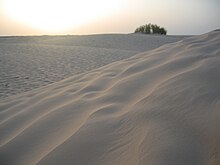
Work [ edit ]
Finding work in Tunisia is difficult , even for Tunisian nationals. Tunisia has a high unemployment rate − 16.1% as of May 2023 − which, as obvious as it sounds, is as good as saying that there's not enough work for anyone. Most of Tunisia's unemployed are university graduates, and many Tunisians move abroad in search of better opportunities.
Unemployment has long been a problem successive Tunisian governments have dealt with, and it was one of the factors that ignited the Tunisian Revolution. Since the end of the revolution in 2011, the government has largely failed to create enough employment opportunities for Tunisia's university graduates. A major terrorist attack in 2015, as well as the COVID-19 pandemic, dealt a big blow to the country's tourism industry.
One seldom manages life in the country effectively without knowing either Arabic, French, or both, so try to acquire the necessary language skills. Doing so will open many doors for you.
While pick-up restaurant and handyman jobs are common in other countries, these positions are much less likely to present themselves in Tunisia because of local competition. It's better to arrange for a job before coming to Tunisia.
Average wages in Tunisia are low compared to Western nations.
Stay safe [ edit ]
Violence [ edit ].
Tunisia has undergone a revolution and is in a contentious transitional period. While large-scale violence is not occurring, demonstrations do still happen from time to time, and are sometimes violent or broken up brutally. So consult your foreign office to check on current conditions before traveling to Tunisia, and do your best to steer clear of any large demonstrations that may occur while you are there.
In 2015, Islamist terrorists targeted tourists in Tunisia. In March 24 people were killed at the Bardo Museum in Tunis and in June a terrorist shot dead 39 tourists at a beach and a hotel in Sousse . For a time after the incident the UK government had recommended that its citizens leave Tunisia and not visit for anything other than essential travel. That advice has now been downgraded and the normal tourist coastal areas are considered safe. However, the border areas with Libya and in parts Algeria are still not safe areas.
Female travelers [ edit ]
It is apparently not considered rude for a man to stare at a woman's body which should indicate that modesty will attract less attention. Women can expect to be the target of frequent catcalls ("Gazelle" seems to be especially popular). If you travel as part of a couple, stay together as much as possible as the female traveller should not wander around on her own if she doesn't want to be pestered. The pestering usually amounts to nothing more than bizarre words and the occasional touch but it can be extremely persistent and annoying.
Tunisian women often wear outfits that would normally be seen on the streets of any major world city (tight jeans, slinky top), but they do so while showing traditional modesty by exposing virtually no skin. Arms are covered down to the wrists, collars go to the neck (cleavage is non-existent) and a head scarf may be worn. Western women visiting can minimize attention by selecting clothing that minimizes skin shown. V-necks are fine if another layer with a higher collar is worn underneath.
Note that in most towns, there are outdoor cafes around squares and on the streets, but they are only for men; even when accompanied by men, women are not welcome. Prices are much cheaper in these cafes than mixed gender cafes and tearooms found in Tunis.
Money and scams [ edit ]
Travellers report problems being pestered either to buy something or for other purposes. Persistence is a major complaint. Some say that a refusal often results in a bad reaction, "being hissed at" is one example, but those who have been advised to refuse politely with a smile rarely complain. "Non, Merci" is a very good response, with a smile. This seems to be borne out by the reports of sole female travellers who you would expect to receive the most attention, but who often report the least problems (from an admittedly small sample), perhaps because they are more cautious than accompanied females. It certainly seems to be the case that sole female sea bathers attract a good deal of unwelcome attention (even molestation) until a male friend arrives.
Theft of belongings, even from hotel rooms and room safes, is widely reported and the usual caveats apply - keep valuables in a secure place (e.g. supervised hotel safe deposit), do not flash too much cash, and keep wallets, purses and other desirable items where pick pockets cannot reach them. A good recommendation is only to carry enough cash for your immediate requirements and only one credit or bank card, provided you can be assured of the security of your reserves. Besides, most of the Automatic Bank-notes distributors are available and foreign credit cards are accepted. You can take cash (in equivalent Tunisian dinars) directly from your bank account with a small extra fee (bank transaction from €1 to €2).
Theft is also reported at airports. Keep your belongings under your direct supervision all the time.
When it's time to settle the bill in a Tunisian cafe or restaurant, it's advisable to ensure that you are presented with an actual paper, itemised copy of a bill before handing over any money. Frequently, your waiter will claim to have calculated your total amount due in their heads and this will always be more than you actually owe. Also, check prices on menus before ordering. Some establishments will claim to have no menus, they usually have wall mounted menus. Tunisian workers are extremely low paid (£300 per month approx) and will frequently try and take advantage of tourists without their wits around them.
Be aware that the export of Tunisian currency is forbidden and searches of wallets and purses can, and do, occur at Tunis airport. You are not permitted to take Tunisian currency out of the country, but the money exchanges at the airport will generally refuse to change your Tunisian currency to foreign currency. If you proceed through immigration and are found with more than DT20 - 30, you will be invited to return landside to change them. The problem is that this "invitation" will come after you have already been through passport control and handed in your exit card; therefore it is not practical. You will then be invited to hand some or all of your Tunisian money (which in any case cannot be spent in the duty free shops) to the uniformed official. Arguing will get you nowhere and a request for a receipt will be met with an outright refusal. Judging from the way the money is swiftly palmed, you will have almost certainly just paid a bribe.
Customs agents may approach you as soon as you have checked in, to ask how much foreign currency you have with you. You may then be escorted a private office where two or more agents count the money, note the amount, and then return it to you. Be sure to check that they have returned the correct amount as there are reports of substantial discrepancy between the amount you gave and the amount that was returned.
Tunisian dual nationals [ edit ]
Tunisia has recognised multiple citizenship since 1975.
If you are a Tunisian citizen – being a dual citizen of Tunisia, having a Tunisian parent, or being a naturalised citizen – possessing another passport will not grant you consular access and protection in the event you get detained or arrested.
Stay healthy [ edit ]

Health care [ edit ]
Tunisia, especially in tourist destinations and major cities, has hospitals of international standard. The quality of medical care is generally better and more accessible in the capital Tunis and other major cities. Public health services in the larger cities are reasonably functional, but often suffer from a lack of resources.
There are several private clinics of international standard in the Tunisian capital and tourist centres. Private clinics operate in a hospital-like manner and perform a wide range of procedures. The availability of specialised health care services can be limited. International clinics are staffed by English-speaking doctors, but other staff, especially on the public side, often speak only Arabic or French. Ambulance services are limited outside urban areas.
A few clinics in the capital Tunis include Clinique Internationale Hannibal, Les Cliniques El Manar, Clinique Saint Augustin and Polyclinique Les Berges du Lac.
Dental care in Tunis is provided by DENTYSS (Montplaisir).
In Soussé, some hotels have their own doctors who will make medical visits if necessary. Other clinics in the town include Clinique Essalem and Clinique Les Oliviers.There is also a private clinic in Hammamet, Polyclinique Hammamet.
For more information on public health care prices, visit the Tunisian Ministry of Health website in French. Prices should be verified separately on the spot.
It is highly recommended that you have comprehensive travel insurance when travelling to Tunisia. Without insurance, medical fees can often be quite high. Health care providers often require a cash advance. Most places do not accept payment commitments from certain insurance companies, and only some accept credit cards.
Pharmacies in Tunisia are easy to find and are usually open late. The contact details of the pharmacy on duty can often be found on the doors or windows of pharmacies.
Tips [ edit ]
- Sunburn - Please remember that the sun is frequently your biggest enemy and frequently apply a high (factor 30 or better) sun screen. It is usually cheaper in your local super market than at the holiday destination.
- Be careful what and where you eat and drink (remember the ice cubes too); diarrhea is a common complaint from incautious travellers. The tap water in the high-end Tunis-Carthage-Marsa area seems to be safe (2006).
Vaccinations [ edit ]
Always check with your doctor 4-8 weeks before traveling (the 4-8 weeks is important, as some vaccinations take weeks to become effective, and with polio you can be contagious for a while too):
- Yellow fever is required for all travelers arriving from a yellow-fever-infected area in Africa or the Americas.
- Hepatitis A is usually recommended Two Havrix injections, given 6 months apart, provide 10 years of Hep A protection
- Hepatitis B - Highly recommended if likely to have intimate contact with locals or if visiting for more than 6 months.
Respect [ edit ]
Tunisia is a Muslim-majority country, and one should be mindful of the dress code depending on the region. Whilst a lot of skin (even topless) is tolerated on beaches and within hotel complexes, a modest amount of exposed skin may be frowned upon outside these areas. That said, the country is also home to long-established Christian and Jewish minorities who are free to practice their religions, but may not proselytize to Muslims.
Be aware that the further south one travels, the more conservative Tunisia becomes. While most women wear western-style clothing in the Capital (which is a mix of Mediterranean, European and Middle Eastern cultures), Southern Tunisia is more conservative and far more traditional.
Ramadan [ edit ]
At least one Tunisian tourist website says that after the revolution the 2011 Ramadan was more strictly observed, and the same for the following years. For three days at the end of July 2012, the vast majority of shops were closed during the day, although the Tunis medina was mostly open. Virtually all of the restaurants were closed. Beyond a few tourists drinking coke, not a single person was eating or drinking during the day, even at the touristy cafes at Sidi Bou Said.
In Tunis, on the Ave Habib Bourgiba, all of the cafes had their tables put away until after iftar (the breaking of the fast) at sunset, around 19:30. After that many people were out, and you could order food at some cafes, and coffee and desserts at others. Just before the iftar, Ave Habib Bourgiba is completely devoid of life and other-wordly. At smaller cafes, like 3 Etoiles on Rue Mustapha M'Barek, you can see families and men sitting around tables full of food, waiting for sunset.
At night, though, the medina comes alive - huge crowds are out and throng the street, which is definitely something to experience! Shops and supermarkets are often open till midnight.
Be prepared for a somewhat unique experience if you choose to visit Tunisia during Ramadan. During the daylight hours, eat and drink (even water), very discretely. Buy bread and focaccia from the street vendors in the evening for lunch the next day, or find one of the local shops that is still open to buy something to tide you over. Virtually no one drinks alcohol, and your best bet (at least in Tunis) might be the Hotel Africa.
Connect [ edit ]
Telephone [ edit ].
Public telephones are available in all towns and cities and in most villages under either the name of Publitel or Taxiphone - in cities simply look around - there is at least one on every street. International calls tend to be quite expensive (DT 1,000/minute to call anywhere in the EU). There are three mobile GSM operators, private Ooredoo , private Orange , Tunisia state-owned Tunisie Telecom all offering wide mobile coverage (including some oasis in the Sahara). Rates tend to be quite low for domestic calls, but very high for international calls (around DT 1,500/minute). Ask for a carte prépayée for a prepaid SIM card. Orange in July 2016 was offering 2 for 1 packs (30 mins + 500mb for a month for DT2.5) and free SIM cards for tourists entering in Tunis airport.
Emergency Call
- 197 Police emergency number - general emergency
- 198 Health emergency number - Ambulance SAMU
- 1200 Telephone information
Internet [ edit ]
Public internet access is available in many cities and towns, usually using the Publinet logo. Look for a large purple sign with the Publinet logo. Access is usually 0.8DT/hour, and speeds tend to be quite low (1024 kbit/s is the norm in Sousse and 4096 in Tunis ). Home internet (ADSL) is not as expensive as it used to be, you can have 1 year ADSL of 4096 kbps speed, for just DT400 per year. You can also have 3G internet access through any cell phone carriers (Tunisie Telecom, Orange Tunisia or Tunisiana),FTP and peer-to-peer access is available anywhere in Tunisia, there is no access restriction by the government anymore. USB keys for internet are rather popular and can be found for varying periods, even for short stays.
Post [ edit ]
La Poste Tunisienne is quite efficient and fast. Post restante is offered in certain (bigger) offices. A stamp for international letters costs DT 0,600.
Rapide Post is the Poste's service for sending mail and packages quickly. Once a Rapide Post package enters the US it is handled by FedEx. It is the best and most secure way to send things in Tunisia.
- Has custom banner
- Has mapframe
- Maps with non-default alignment
- Maps with non-default size
- Has map markers
- Articles with dead external links
- Has caution box
- Has caution box with out of date warning
- Outline countries
- Outline articles
- Country articles
- North Africa
- All destination articles
- Has Geo parameter
- Pages with maps
Navigation menu
Tunisia Travel Guide: Essential Facts and Information
:max_bytes(150000):strip_icc():format(webp)/DSC00412-5b73daf7c9e77c0057ca2198.jpg)
Max Shen/ Getty Images
One of the most popular tourist destinations in North Africa , Tunisia offers an incredibly diverse range of experiences. Along the Mediterranean coast, resort towns like Hammamet provide an abundance of sun and sea; while the southern Sahara is populated by dramatic desert landscapes, fascinating Berber villages and abandoned Star Wars sets . Tunisia's status during Roman times is evident in the well-preserved ruins at El Jem and Carthage, while Tunis offers all the cultural and culinary opportunities you'd expect from a major capital.
Note: check the latest travel warnings before booking your trip to Tunisia.
Tunisia is located in North Africa on the Mediterranean coast. It is bordered by Algeria to the west and Libya to the southeast.
With a total land mass of 59,984 square miles/155,360 square kilometers, Tunisia is slightly larger than the state of Georgia. It is mountainous in the north and extends into the Sahara Desert in the south.
Capital City
The capital of Tunisia is Tunis, located in the far north of the country.
According to a CIA World Factbook estimate, Tunisia's population stood at just over 11.4 million people in July 2017.
The official language of Tunisia is Arabic. French acts as a language of commerce and is spoken by around two thirds of the population, while Berber is the principal language of the south.
Tunisia's official religion is Islam and approximately 99% of the population identify as Sunni Muslims. The remaining 1% is made up by Christians, Jews and Shia Muslims.
Tunisia's currency is the Tunisian dinar; for accurate exchange rates, use this online converter .
Northern Tunisia has a Mediterranean climate with hot, dry summers and mild, rainy winters. The further south you go, the climate gets more arid; and in the southern desert, it is hot, dry and sunny all year round. Rainfall is almost non-existent, though winter nights in the desert can get chilly.
Tunisia is a year-round destination, but if you're heading to the north, the best weather occurs between May and October. In the Sahara, summers are typically scorching and those with a low tolerance for extreme heat may prefer to travel during the winter (November to February).
Key Attractions
With its safe, laid-back vibe and incredible heritage, Tunis is a great place to start your Tunisian adventure. Spend the day exploring the winding streets and souks of the medina, or admiring Roman ruins at nearby Carthage. The French Ville Nouvelle quarter has many excellent restaurants while the Bardo Museum houses some of the country's most famous ancient mosaics.
Sidi Bou Said
With its white domed houses and blue-painted doors, the clifftop town of Sidi Bou Said is Grecian in its beauty. Visitors come to admire panoramic Mediterranean views and to explore a plethora of art galleries, boutiques and open-air cafés. To discover the history behind Sidi Bou Said's unique architecture, visit the Neo-Moorish home of Baron Rodolphe d'Erlanger.
Grand Erg Oriental
Comprising 40,000 square kilometers of pristine desert, Tunisia's section of the Grand Erg Oriental is a wonderland of sweeping dunes and hidden oases. You can choose to explore by 4x4 or as people have done since Biblical times: on the back of a camel. Keep an eye out for rare desert wildlife and revel in the splendor of wilderness sunrises and sunsets.
A 2.5-hour drive south of Tunis takes you to El Jem, a Punic city that became an important center of commerce during Roman times. Today it is home to some of the best-preserved Roman ruins in the world, of which the most famous is the UNESCO-recognized Amphitheatre of El Jem. Built in the 3rd century, this magnificent monument once hosted 35,000 spectators.
Getting There
The main port of entry for most overseas visitors is the Tunis-Carthage International Airport (TUN), located in the capital. It is served by many different airlines including Tunisair, Air France, Lufthansa, EgyptAir and Royal Air Maroc. At this time, there are no direct flights to Tunis from the United States. Visitors from many countries including the United States, Canada, the United Kingdom, Australia and New Zealand can enter without a visa for a stay of up to 90 days.
Medical Requirements
In addition to ensuring that your routine vaccines are up to date, the CDC recommends that travelers to Tunisia be vaccinated for hepatitis A and typhoid. Depending on your planned activities, some travelers may want to consider rabies and hepatitis B injections as well. There is no risk of malaria in Tunisia.
10 of the Top Things to Do in Tunisia, North Africa
Medina of Tunis
Tunisia Travel: Visas, Health, Transport, & More
Everything You Need to Know About Train Travel in Tunisia
Your Trip to Morocco: The Complete Guide
Mediterranean Cruise Maps
Sidi Bou Said, Tunisia: The Complete Guide
The Top 15 Things to See and Do in Morocco
10 of the Best Places to Visit in Morocco
DRC Travel Guide: Essential Facts and Information
2020 Travel Warnings for Countries in Africa
Senegal Travel Guide: Essential Facts and Information
Top 10 Destinations in North Africa
The 18 Top Things to Do in Meknes, Morocco
Kenya Travel Guide: Essential Facts and Information
Ksar Ghilane, Tunisia: The Complete Guide
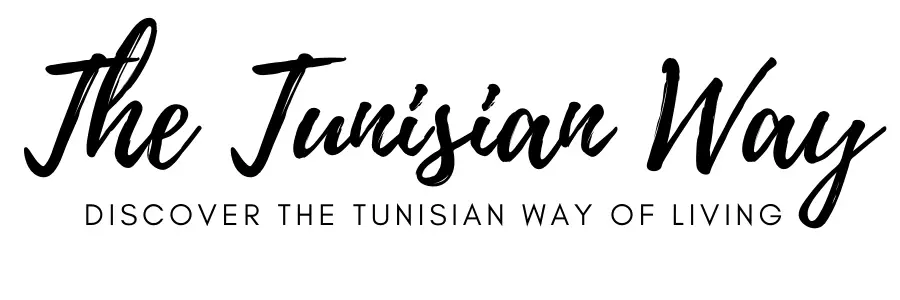
The Tunisian Way
Learn about Tunisian life
Tunisia bucket list – 40 things to do and see in Tunisia
Are you looking for the ultimate Tunisia bucket list? Keep reading for 40 suggestions. I have spent months in Tunisia. But still, I haven’t seen all this country has to offer! I have seen and experienced a lot in Tunisia, and that’s why I wanted to share these things with you too. I have put together this Tunisia bucket list – 40 things to do and see in Tunisia. So, now you don’t need to spend ages researching things to do. From the charming Sidi Bou Said to camping in the Sahara Desert, this list includes all the must-do activities in Tunisia. I hope you find this Tunisia bucket list handy on your trip.
Tunisia bucket list - 40 things to do and see in Tunisia
1. wander around la medina, tunis.
La medina literally means city or town, which are known for narrow and maze-like streets. From La medina, you will find hundreds of little boutiques (=souks) that sell products from handcrafted jewelry to colorful carpets and vases. It’s easy to spend hours or even days wandering around La Medina. Visiting charming boutiques, stop at one of the many restaurants and cafes, admire brightly painted doorways, hammams, mosques, and madrassas. Visiting La medina is a mandatory place to visit. That’s why it is on this Tunisia bucket list – 40 things to do and see in Tunisia.
2. Tunisia bucket list: Have a day trip to Sidi Bou Said
Your trip to Tunisia won’t be complete without seeing Sidi Bou Said. It is one of the most famous and beautiful places in Tunisia. It’s known for blue and white houses and cobblestoned streets. This charming seaside town is located about 20km north of Tunis. This popular tourist attraction is definitely worth visiting. Stroll through the old town and explore art galleries, cafes, restaurants, and small boutiques. And do not forget to eat a well-known Bambalouni, a delicious Tunisian doughnut. At the end of the day have dinner in the restaurant La Villa Bleue : stunning view, beautiful milieu, and delightful food.
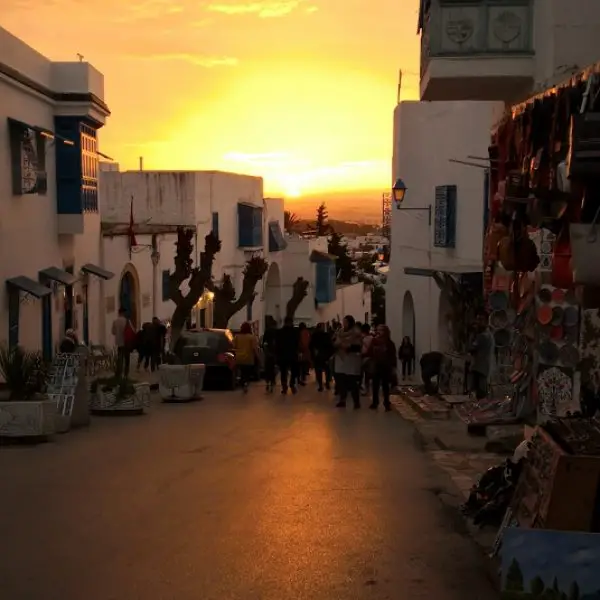
3. Tunisia bucket list: Visit Ez-Zitouna Mosque
I didn’t know much about Tunisia when I had my first trip there. But I had one thing in my mind: To visit the famous Zitouna mosque. This absolutely gorgeous mosque is located in the heart of Tunis Medina. If you are a non-Muslim then you have a right to visit just the courtyard, but it is definitely worth visiting. This place has an amazingly peaceful atmosphere, which makes it a great escape from the hectic Medina. Remember to dress correctly for the Mosque visit. Tip: women need to cover their hair. At the entrance, there are boutiques where you can borrow a scarf if you don’t have one with you.
4. Discover the Bardo National Museum
If you love culture and you are interested in the history of Tunisia, you should visit the Bardo National Museum . It happens to be one of the most important museums on the African continent. Additionally, they have a stunning collection of mosaics and sculptures. You can easily spend one day there and a lot of people say that it is a must thing to do in Tunisia.
5.Tunisia bucket list: Drink Tunisian coffee in one of the thousands of cafes
Tunisia has a really strong café culture. The atmosphere is really unique, which I have never experienced in any other country. It is a perfect opportunity to experience how Tunisian people live their everyday life. The cafes are the meeting points for Tunisian people and it’s really common to visit your local café many times per day. You will see cafes full of all kinds of people: a young, old, group of friends, foreigners, females, and males. On your visit try Tunisian espresso, capucin, direct, and qahwa Arbi (Arabic coffee). Here you find more information about Tunisian drinks.
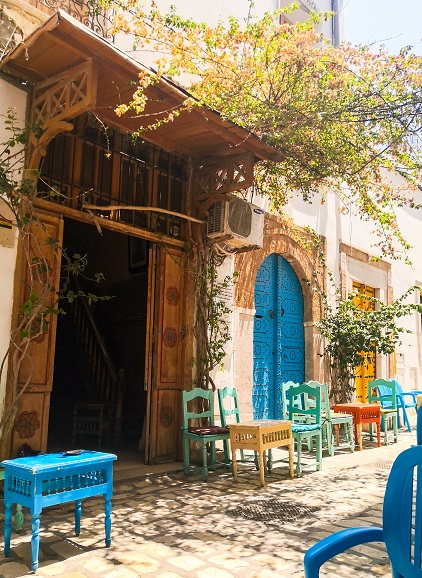
6. Eat Bambalouni in Sidi Bou Said or La Goulette
Bambalouni is one of the traditional Tunisian sweets that you have try to on your trip. Famous Tunisian doughnut Bambalouni is usually served with sugar or chocolate sauce. You can buy this mouthwatering pastry from street vendors in Sidi Bou Said or La Goulette. If you have a big sweet tooth here you find a list of Tunisian sweets you should try on your trip .
7. Swim in the Mediterranean Sea
When I asked my husband what are the must things to do in Tunisia. The first thing he said is to swim. Tunisia has a long coastline with some of the Mediterranean’s most beautiful beaches. That is why Tunisia is a perfect destination for beach-lovers! Some of the best beaches are located in Hammamet, Monastir, Djerba, El Haouaria, Cap Angela and Sfax.
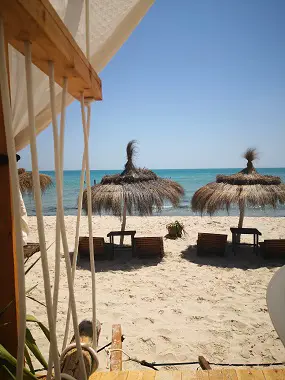
8. Go to see Flamingo Island (Ras R’mal)
Djerba is an island that is also a very popular tourist destination. It’s known for stunning beaches and picturesque villages with whitewashed houses. There is also a very magical place that you should visit without question. The exotic Flamingo Island is a mandatory place to visit when on Djerba. If you are willing to see thousands of beautiful flamingos then go to this island in the winter months October-February. During the summer the flamingos are not there. But with flamingos or not, this beautiful island is still worth visiting and a boat ride to this island is also a great experience.
9. Tunisia bucket list: Pay a visit to the Sahara Desert
If you are looking for an adventure and once-in-a-lifetime experience, visiting the Sahara Desert is one of the best things to do in Tunisia. I would say that to have a full experience you should stay overnight in Sahara. There is nothing more magical than eating dinner around a campfire, under the sky full of stars. If you are planning to have a day trip you can discover the dunes and oasis with camel ride, quad bikes, or 4W ride.
There are many great clubs, bars, and lounges to party in Tunisia. I am sure that you will find one that fits your wishes and expectations. If you are looking for a place to have fun, there is a great app called Ija, that you should download on your phone. You will see a list of clubs, bars, restaurants…Then you pick the place that suits you and you can do a reservation and hopefully, you got it accepted. Then when you enter the place, you simply show the accepted reservation.
One of the greatest things about traveling is to discover new food cultures. I love Tunisian food and I don’t mind that eating out is very affordable also. Tunisian cuisine is full of magical dishes, so you can easily try a new delicious meal every day. Here I have written guides for Tunisian dishes , sweets , and drinks . Those will help you at the beginning if you don’t know where to start. Tunisia is a perfect destination for foodies and people who love to eat.
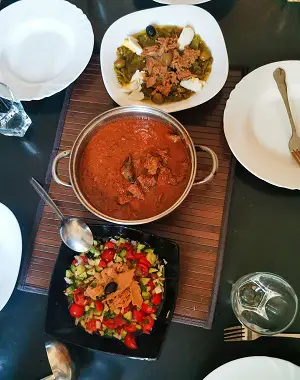
12. 40 things to do and see in Tunisia: Go to Hammam
Hammam known also as the Turkish bath is a communal bathhouse. Hammams are an important part of Tunisian culture. I really recommend visiting a local Hammam during your trip as it is an experience that you don’t want to miss. So how does it work? Shortly answered, first you will sit in a steam room that will soften your skin. After that, the professional washers will give your full body scrub and wash your body. You will be shocked how much dead skin will get off. Men wear boxers or towels around their hips and women wear panties but you can also put a towel around your chest if you don’t feel comfortable. After the Hammam drink something refreshing like lemonade or Fanta.
13. Ride the camel
In Tunisia, you will see camels a little bit everywhere: at the beach, the Sahara Desert, or even in front of the café. There are many tour operators offering camel rides in the Sahara Desert, which will be a great experience for sure. Often, you will see people selling camel rides at the beach, which is a more affordable option than heading to the Sahara. If riding a camel is not a thing for you at least you can take a picture of this majestic animal.
14. Enjoy the live music
Now is your perfect opportunity to discover traditional and newer Tunisian music. Music is very important for Tunisian people, and it plays a big role in their lives. The Tunisian weddings and other celebrations are filled with traditional Tunisian music. So, if you have an opportunity to go to a live music concert, you really should go! In the concerts, the atmosphere is always very good and listening to traditional music is a great way to understand Tunisian culture. In addition, Tunisian people love to dance and have fun.
15. Tunisia bucket list: Go to the Arabic disco
If you are fed up with westerns style nightclubs, I recommend going to the Arabic disco. I remember my first time in the Arabic disco, and it makes me laugh. In the Arabic disco, they play traditional Arabic music, and Tunisian people have their own kind of way to dance these songs. The evening was also filled with oriental dancers and fire performances. So, it’s totally a new experience if you are not familiar with Arabic culture beforehand.
16. Buy a handcrafted Tunisian product
On your stay in Tunisia, you will explore unique markets and souks in medinas with a wide variety of beautiful products. Tunisia has a long history with handcrafts, and there are numerous amounts of local specialties. Leave some space in your suitcase as you are surely heading home with a suitcase full of beautiful Tunisian souvenirs. In this article , I have listed 13 things to buy from Tunisia.
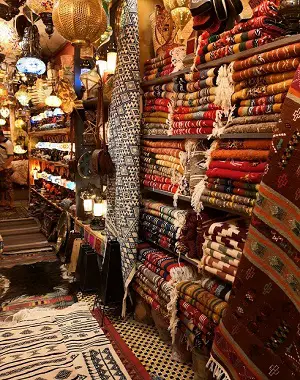
17. Visit Tunisian bakery, and buy a box full of goodies
Tunisia has a strong love for sweets. Tunisia offers a great range of handmade sweets, crunchy cookies, and delightful pastries. Visit one of the many Tunisian bakeries, and start testing all the delicious Tunisian sweets. Try at least: Samsa, Zouza, Baklava and Makroudh. I wrote a blog post about 10 popular Tunisian sweets you need to try . If you are looking for high-quality and Instagram-worthy sweets then go to Patisserie Masmoudi .
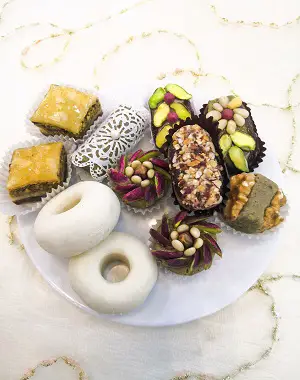
18. Drink refreshing Tunisian lemonade
During hot summer days, there is nothing more refreshing than a glass of cold citronnade/lemonade served with an almond biscuit. The Tunisian lemonade is made of fresh lemons, water, white sugar, and vanilla sugar, this creates juice that is super sweet, fruity, cloudy, and less bitter if compared to the American lemonade. It can be seasoned with mint. It is super delicious, and kids will love it also. This thing is really at the top of my Tunisian bucket list! This drink is so yummy!
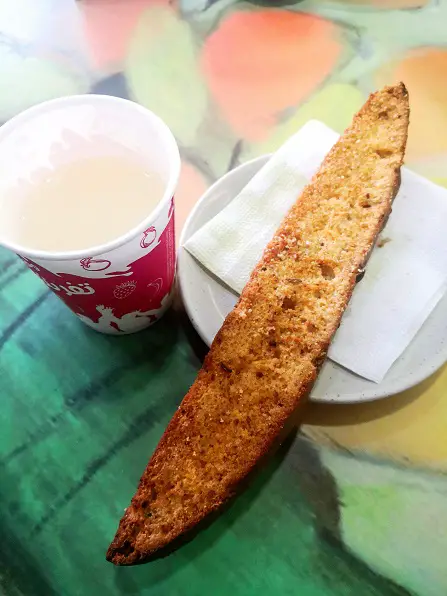
19. Go to see amphitheater El Djem
El Djem is a must-place to see in Tunisia. Especially, for a history lover. Every year thousands of tourists visit the biggest historical tourist attraction in Tunisia. A very well-preserved Roman amphitheater is one of the biggest in the world. It’s located in a small village called El Djem. If you are in Tunisia mainly to enjoy swimming and sunbathing, this majestic UNESCO World Heritage Site is something that you should not miss.
20. Take pictures of the colorful doors of La Medina, Tunis
If you are looking for free things to do in Tunisia, this is a great tip for you! Might be that you have seen pictures of beautiful colored wooden doors in Instagram or Pinterest feeds. One of the greatest spots to see these beautiful wooden doors is in La Medina, Tunis. Now, fill up your social media feed with stunning pictures also.
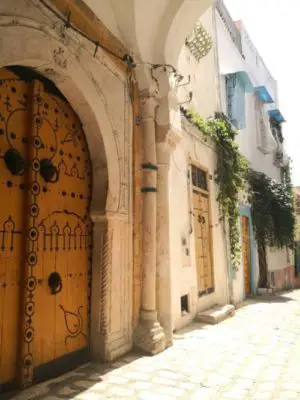
21. Go to the market square and buy plenty of fresh fruits and vegetables
I am not sure if it’s only me but I truly enjoy visiting the market squares. I love the fresh and organic products, talking with the sellers, and the atmosphere in general. I understand that you don’t necessarily want to fill your hotel room with tomatoes and cucumbers. But you should go and buy fresh dates instead.
22. Visit Tunisian spice store. Tunisia is a great place to buy spices
Here, I wrote a guide about the most traditional and popular Tunisian spices . So, check it out! It will help you to decide what spice you should buy. The spice stores filled with piles of colorful spices are very beautiful, so you can also spend a day simply window shopping without buying anything.
23. Try harissa, Tunisian hot chili pepper paste (must thing on your Tunisia bucket list)
This Tunisian bucket list- things to do and see in Tunisia wouldn’t be complete without harissa. On your stay in Tunisia, very fast you get to know this hot chili paste as it’s served everywhere and all the time. It’s an important ingredient in many Tunisian traditional dishes. If you a fan of spicy food, buy a couple of cans of this hot goodness. Harissa is a very useful product in your pantry as there are multiple ways to use it. How could I write the Tunisia bucket list without including harissa?
24. Tunisia bucket list - 40 things to do and see in Tunisia: Eat Tunisian dates
Tunisia is one of the world’s biggest producers and exporters of dates. There are hundreds of date types that are divided into groups: soft, semi-dry, and dry depending on how moist is the date. The most produced date in Tunisia is Deglet Nour “finger of light” other typical dates are Allig, Khouat Allig, and Kenta. Buy a packet of dates as a souvenir or maybe one of the many date products like honey, vinegar, oil, or powder. Fascinating fact: maybe you have heard about a belief among Muslims, that dates should be eaten in odd numbers to gain the maximum amount of health benefits.
25. Go for a long beach walk
Having long beach walks is one of my favorite things to do in Tunisia. It’s an amazing way to start a morning, and it’s so relaxing. If you are a sporty person, the long coastline is a perfect place for running. During the summer it’s better to go for a run, in the early morning or late evening when the weather isn’t too hot yet. This thing is a great addition to your Tunisia Bucket list.
26. Have a coffee at Panorama Medina Café, Tunis
Next on this Tunisian bucket list- 40 things to do and see in Tunisia..Panorama Medina cafe! If you are looking for a café with a stunning view visit the Panorama Medina Café. The rooftop café itself is also amazingly beautiful with all the mosaic details. The place might be a little bit tricky to find, so my advice is to take a screenshot of the place and show it to the people and they will kindly show you the way.
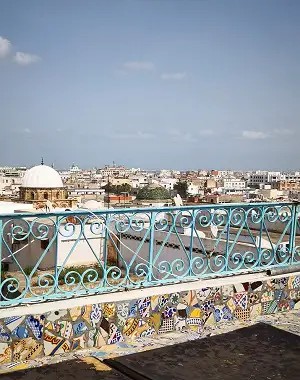
27. Tunisia bucket list wouldn't be complete without this: Get to know Tunisian people
One of the most beautiful things in Tunisia is the Tunisian people and their hospitality. There are so many amazing people who are incredibly generous and warm-hearted. So, my advice is to get to know Tunisian people. There might be a little language barrier with some of the people but it does not matter. With Tunisians, you will learn about the Tunisian culture and lifestyle. This is the best way to discover the real Tunisia.
28. Eat Mezza and plenty of seafood
Is there anything better than fresh seafood with a very affordable price? In Tunisia, you will have a great opportunity to eat seafood that has been caught in the morning. So delicious! Other, great tip is to eat Mezza: a selection of grilled meats and seafood. If you are in Tunis, go to the restaurant Omek Sanafa and eat mouthwatering Mezza at a good price. They also offer a good selection of traditional Tunisian meals if the Mezza isn’t for you.
29. Places to see in Tunisia: Visit Star Wars filming spot
You need to head towards southern Tunisia to see the original sets where the famous Star Wars were filmed. Some of the filming spots are destroyed by time but there are still many places worth visiting. Some of the well-preserved places are located in Matmata, Tozeur, Tataouine, and Djerba Island. Most of the filming spots are located in the desert and might be hard to find. So, contact one of the many tour operators and make the most out of this experience. It is a must place to visit, and a very popular attraction among tourists, especially if you are into Star Wars. So of course this place found its’ place on my Tunisia bucket list.
Tunisia’s beautiful and long coastline has many wonderful diving spots. People say that going under the sea is one of the best things to do in Tunisia. Clearwater, colorful coral reefs, shipwrecks, and lively sea life make Tunisia a perfect destination for a diving holiday. There are many great places to start discovering life under the sea in Tunisia. So, here is just a couple of options to get you started: Tabarka, Hammamet, Bizerte, Port El Kantaoui, Mahdia and Djerba.
31. Discover Matmata caves
Matmata is a small town located in southern Tunisia. It’s famous for being one of the few Berber villages and their special way of housing. Its unique architecture makes it a popular destination among tourists. Matmata was one of the locations where the legendary Star Wars movies were filmed. You need to have Matmata caves on your Tunisian bucket list.
32. Go for a road trip
One of the greatest ways to explore a new country is to rent a car and go for a road trip. Tunisia is a really versatile destination: mountains, the Sahara Desert, long coastline, small villages, and big cities. It’s also an amazing way to find hidden beaches and try the area’s food specialties! If you are planning to have a road trip during the summer, I highly recommend renting a car with an AC. Tunisian traffic is also a bit chaotic, so pay attention when driving.
33. Tunisia bucket list: Experience Ramadan
If your visit to Tunisia takes a place during the holy month of Ramadan, you should make the most out of the experience. During the daytime, the country is really calm and very lively during the night. Cafes, patisseries, and restaurants are open during the night and all kinds of music are played on the streets. To get the real experience, I advise you to visit a Tunisian home: cook many beautiful meals with them and when the time comes to break the fasting with the meals you cooked before.
34. Places to see in Tunisia: Visit the pottery capital Nabeul
Nabeul is a town located 65 km from Tunis. It’s famous for pottery and handcrafted ceramics. You can find all kinds of ceramic items: glazed, unglazed, colored, neutral. Walk around the streets and you won’t find only pottery boutiques but also other handcrafts: stone, gold, silver, fabric, perfumes. It’s a great place to fill up your luggage with Tunisian products.
35. Visit Tunisian family place
The best way to get a full Tunisia experience is to visit a Tunisian home. It’s a great way to see their everyday life. Especially old Tunisian homes are very stunning: high room heights, vivid tilework, and colorful window frames. And get ready for Tunisian hospitality. You will eat and drink a lot!
36. Barbeque
In Tunisia, you will find special barbeque restaurants. In the restaurant, they have a selection of fresh meat and you will choose the pieces you want. They will barbeque those for you in a charcoal grill. Fresh meat combined with smokey flavor is so delicious! At Tunisian homes or boutiques, you might see small clay pots filled with charcoal. A metal rack is placed over the pot and then we grill! You will wave a hand fan and keep fire in charcoals. This way of grilling is very popular on Eid-al-Adha when sheep and goats are slaughtered as a sacrificial gift.
37. Try Henna
Henna has a big role in Tunisian culture. It’s said that it brings good fortune to a bride. Henna party is one of the most important days for Tunisian women. Henna is a natural dye that is used to decorate hands and feet with beautiful patterns. On the steers, you will see women painting beautiful patterns for their customers. Often, they use Harkous instead of Henna. The easiest way to tell the difference between Henna and Harkous: Harkous smells good and it’s much thicker compared to Henna.
38. If you get the chance visit the Tunisian wedding
If you ever get invited to a Tunisian wedding, you should definitely go. It’s an amazing combination of culture, hundreds of people, beautiful outfits, traditional music and a lot of food. Before the wedding was week-long celebrations, so you can imagine that Tunisian people take wedding very seriously.
39. Things to do in Tunisia: Hiking
Might be that the first thing that comes to your mind about Tunisia is not hiking. But actually, Tunisia has many breathtakingly stunning hiking spots to offer. You can also rent a bike or go for a horse ride. A couple of beautiful spots to mention: Lake Ichkeul, El-Haouaria, Zaghouan and Kairouan.
40. Have a beauty treatment
On Monday manicure, Tuesday pedicure, Wednesday facial, Thursday hairdresser, Friday massage… During your holiday you have a great opportunity to have many beauty treatments at very affordable prices. Maybe Tunisia will be your next destination for a girls’ trip.
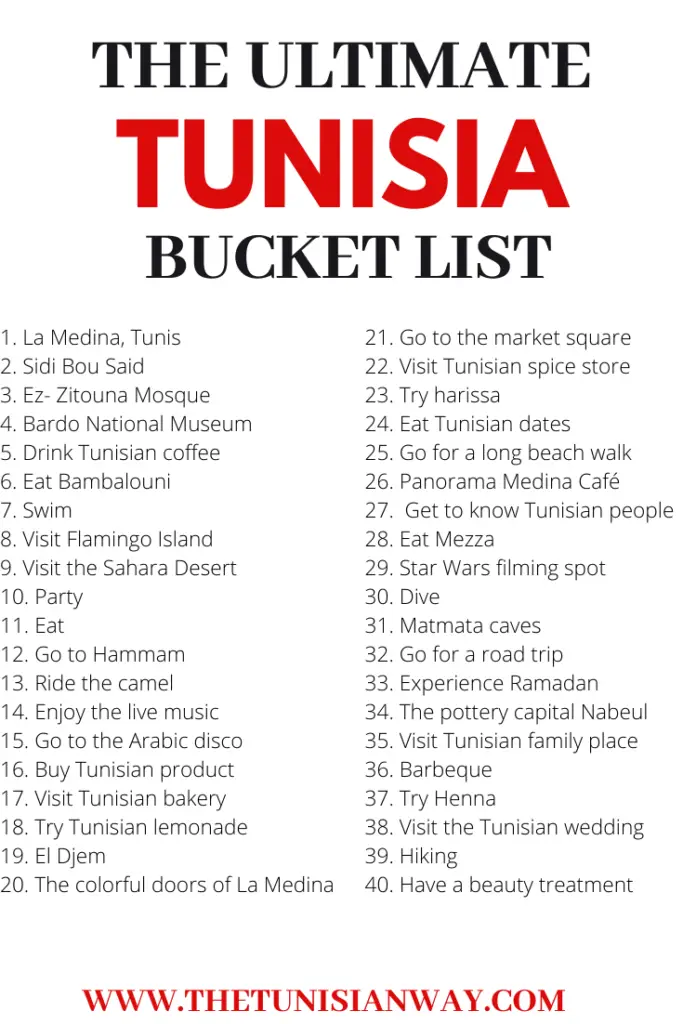
I hope you enjoyed this Tunisian bucket list – things to do and see in Tunisia. I am sure that from these 40 things you will find something new for yourself! There are so many great things do and places to see in Tunisia. Is there something else that you would add to your Tunisian bucket list?
Leave a Reply Cancel reply
Your email address will not be published. Required fields are marked *
Save my name, email, and website in this browser for the next time I comment.
Stay up to date with notifications from The Independent
Notifications can be managed in browser preferences.
UK Edition Change
- UK Politics
- News Videos
- Paris 2024 Olympics
- Rugby Union
- Sport Videos
- John Rentoul
- Mary Dejevsky
- Andrew Grice
- Sean O’Grady
- Photography
- Theatre & Dance
- Culture Videos
- Food & Drink
- Health & Families
- Royal Family
- Electric Vehicles
- Car Insurance deals
- Lifestyle Videos
- UK Hotel Reviews
- News & Advice
- Simon Calder
- Australia & New Zealand
- South America
- C. America & Caribbean
- Middle East
- Politics Explained
- News Analysis
- Today’s Edition
- Home & Garden
- Broadband deals
- Fashion & Beauty
- Travel & Outdoors
- Sports & Fitness
- Sustainable Living
- Climate Videos
- Solar Panels
- Behind The Headlines
- On The Ground
- Decomplicated
- You Ask The Questions
- Binge Watch
- Travel Smart
- Watch on your TV
- Crosswords & Puzzles
- Most Commented
- Newsletters
- Ask Me Anything
- Virtual Events
- Betting Sites
- Online Casinos
- Wine Offers
Thank you for registering
Please refresh the page or navigate to another page on the site to be automatically logged in Please refresh your browser to be logged in
9 of the best things to do in Tunisia
How to best explore this impressive part of nothern africa, whether you want to visit ancient roman ruins, explore stretches of the sahara or simply relax on the beach, article bookmarked.
Find your bookmarks in your Independent Premium section, under my profile

Sign up to Simon Calder’s free travel email for expert advice and money-saving discounts
Get simon calder’s travel email, thanks for signing up to the simon calder’s travel email.
It’s easy to see why Tunisia is a popular holiday destination. It offers brilliant value for money, is rich in history and culture, and is a short flight from Europe. Lapped by the Mediterranean Sea, it’s a great option for those in search of sun and sand, just as tempting as some better known spots in Spain, Italy and Greece.
Sparkling waters meet the towering Atlas Mountains and the vast plains of the Sahara, a taste of Tunisia’s many remarkable landscapes. Historic sites and settlements range from attractive coastal towns to ancient cities, together telling a story spanning thousands of years.
Many of the country’s best things to see lie away from the traditional tourist destinations. Our guide will take you across salt lakes, oases and through cities, touching on some famous film locations, too. Here are the best things to do on a holiday in Tunisia.
Visit the capital
The main attraction in Tunis is its enchanting medina district, where remnants of the city’s 12th-century past are visible while walking the narrow ancient streets, lined with souks and dotted with the tall minarets of various mosques. There are over a dozen notable souks in the city, and some of the best branch off from the famed Al-Zaytouna mosque, such as El Attarine, El Berka and Ech-Chaouachine. Some date back to the 13th century, and you’ll find a range of goods, from perfume and cosmetics to clothing, textiles and jewellery.
Outside the medina, newer city streets hide their own array of monuments and attractions, such as the Royal Mausoleum of Tourbet el Bey and the Bab El Bhar, the gate separating the medina and the new city. The Bardo Museum is the most impressive in the country, and visitors will find collections dating back 40,000 years that highlight Roman, Greek and Arabian artefacts. Elsewhere, the National Military Museum traces back hundreds of years of Tunisian history through the lens of various wars and battles.
Read more on North Africa and Middle East travel :
- Best holiday destinations in Oman
- The best all-inclusive Morocco holidays
- Best things to do in Abu Dhabi
Admire the beauty of Sidi Bou Said
Just 20 minutes away from the capital, Sidi Bou Said is a pretty town on the coast. A mix of Ottoman and Andalusian architecture creates a sea of white-washed buildings decorated with blue domes, akin to those found on Greek islands and every bit as striking. This small town has a harbour and beach area, and on the hilltops there are regular glimpses of the Gulf of Tunis as you wonder the cobbled streets – this is a great place to visit for a relaxing day trip.
Within its winding streets visitors will find a series of art galleries focused on local work (the Galeri A Gorgi and the Selma Feriani gallery are the most celebrated) and historic residences turned into museums, such as the Dar El Annab and Ennejma Ezzahra, the latter featuring a renowned collection of musical instruments.
Head for the coast
Hammamet is Tunisia’s original beach resort, just an hour south of Tunis. Ideal for a relaxing holiday, it is a town surrounded by 13th-century walls and filled with low-lying white buildings. The narrow alleys of the medina find their way to the shore, where they’ll find the miles of fine white sands and turquoise waters that have made the town so famous. Plenty of water sports are on offer, but much of the popularity is due to the calm and shallow waters, great for swimming and snorkelling.
Just over an hour south from Hammamet lies Sousse, a resort that is especially popular with Europeans, offering an attractive waterfront and a dose of lively nightlife alongside a Unesco-listed medina, an 8th-century coastal fort (called a ribat ) and the shopping areas of Souq Er Ribba and El Kayed. Monastir sits another 30 minutes away, and though its golden sands and crystalline waters are a good option for a day at the beach, this quieter town is equally known for its historic sites, including the imposing, fortress-like Great Mosque, its own ribat and the vast Mausoleum of Habib Bourguiba, where the first president of independent Tunisia is buried.
See the Sahara
Though the country is well-known as a coastal winter sun destination, the southern portion is home to a section of the Sahara desert, an equally as striking yet far less explored natural frontier. The Tunisian section is dominated by the Grand Erg Oriental, a large expanse of dunes that stretches around 370 miles into Algeria and reaches almost 300 metres high in some areas.
The town of Douz is the gateway to the Sahara, where many knowledgeable, professional tour guides offer trips on dune buggies, 4X4s and camels, ranging from short tours to overnight stays that take you far into the dunes. Some will take you into the Jebil National Park (designated to protect the Dorcas gazelle and addax) and the Ksar Ghilane oasis, and many offer the chance to camp overnight in traditional Berber tents.
Discover Roman remains
Tunisia was once an important part of the Phoenician and Roman civilisations, and several sites in the country attest to its ancient importance. The most prominent is Carthage, once a grand rival to Rome but was eventually conquered and levelled by the Romans.
Today, few remnants of Punic Carthage remain, though visitors can see the tombs at the Sanctuary of Tophet, the Punic Ports and some Carthaginian houses. There are more extensive ruins of Roman constructions, including villas, public toilets and the Antonine Baths, at the time the largest baths outside of Rome. At the top of Byrsa Hill sits the Carthage Museum, housing a collection of items that have been found during excavations and date back to the 4th century BC.
A couple of hours south of Carthage lies El Jem, another important Roman settlement that is now a town of just 21,000 inhabitants. Though only one ruin remains, it’s an important one: the El Jem amphitheatre, a 3rd-century construction that could hold 35,000 people in its heyday. Described by Unesco as an example of Roman architecture “almost equal to that of the Coliseum of Rome”, it has been remarkably well-preserved, with much of the original facade, seating and arched corridors still visible.

Visit an oasis
Whether it is the rising palm trees and pools of calm waters or the backdrop of arid mountains and desert, oases are among some of the most beautiful scenery in desert countries, and Tunisia is no different.
Many of the most picturesque are found in the west of the Tunisian Sahara, dotted among the mountains to the north of the city of Tozeur. Though this small city has its own verdant palmeraie area, it is best used as a base for exploring the oases of the region, like Chebika, Tamerza and Mides. Chebika is the most well-known, with dozens of palm trees punctuating the sandstone cliffs and a series of waterfalls. Tamerza is home to towering mountains and another waterfall, while Mides is known for the narrow canyons and the views of the surrounding landscape (both also have abandoned towns that you can explore). Close to Tozeur, the Corbeille oasis – in Nefta – houses a series of jagged rocks and hidden pools and lies just north of the town’s charming medina.
Explore an eclectic mix of Berber traditions and sci-fi
Anyone who’s a fan of Star Wars will quickly recognise the towns of Matmata and Tataouine, as well as the rugged landscapes surrounding them, as locations used in several films in the franchise. These regions are suitably otherworldly, with large desert plains interrupted only by golden rock formations and large canyons.
The towns have maintained Berber tradition and culture, from the languages used to the methods and materials used to build dwellings, and much of this is on show for visitors to see. Matmata is known for its traditional homes, dug into the rock in large pits – necessary to avoid the scorching summer sun – and interconnected with hidden tunnels. The Hotel Sidi Driss is the main attraction here, famous as the home of the Luke Skywalker.
Some of the architecture in the Tataouine region went in a decidedly different direction – this area is known for the large khours that rise up to four storeys above ground. These prominent structures, which are fortified buildings used for grain storage, are built around large courtyards and have a truly unique appearance, with those at Oued Soltane and Haddada both used as filming locations. For any movie buffs making a true Star Wars pilgrimage, the entire set that George Lucas had built for the fictional town of Mos Espa still stands near Tozeur.
See the salt lake of Chott el Djerid
This extraterrestrial-looking salt lake was also used for a brief Star Wars scene. Measuring 160 miles across, it is often marked by many shallow lake beds that sparkle in the myriad colours of the salt deposits, though there is always some water present, varying in colour from light green to orange and a sanguine shade of red. Often traversed if travelling between the Star Wars locations and the oases near Tozeur, it can be a great addition to southern Sahara tour.
Find ancient history in Kairouan
Kairouan dates back to the 7th century, and nowadays showcases Tunisia’s history and architectural heritage. The entire city is a Unesco site, and one of the main features is its medina, lined with residential streets – many containing arched walkways and blue windows or shutters – and surrounded by walls and gates dating back to the 8th century.
Long a cradle of Arab-Muslim civilisation, according to Unesco the site is so revered site in Islam that it was once said that “seven pilgrimages to Kairouan could take the place of the one pilgrimage to Mecca prescribed for all Muslims”. The main attraction is the Great Mosque, the first built in the Maghreb region across north Africa, which is referred to as “a universal architectural masterpiece” due to its impressive marble columns, porticoes and three-storey minarets. The Mosque of the Three Doors is also famous, noted for being one of the first to feature an intricately sculpted facade. Non-Muslim visitors can admire the exteriors of these buildings, but are not allowed inside.
Read our reviews of the best winter sun hotels
Join our commenting forum
Join thought-provoking conversations, follow other Independent readers and see their replies
Subscribe to Independent Premium to bookmark this article
Want to bookmark your favourite articles and stories to read or reference later? Start your Independent Premium subscription today.
New to The Independent?
Or if you would prefer:
Want an ad-free experience?
Hi {{indy.fullName}}
- My Independent Premium
- Account details
- Help centre
Travel, Tourism & Hospitality
Tourism in Tunisia - statistics & facts
National security and coronavirus-affected inbound tourism, main travel destinations and attractions, recovering economic contribution, key insights.
Detailed statistics
Absolute economic contribution of tourism in Tunisia 2014-2029
Monthly tourists arrivals in Tunisia 2019-2022
Change in tourism receipts in Tunisia 2019-2020
Editor’s Picks Current statistics on this topic
Current statistics on this topic.
Number of international tourist departures in Tunisia 2014-2029
Expenditure on international tourism in Tunisia 2014-2029
Related topics
Recommended.
- Key economic indicators of Tunisia
- Demographics of Tunisia
- Tourism industry in Egypt
- Tourism in Algeria
- Tourism in Morocco
Recommended statistics
- Premium Statistic Tourism sector GDP share in MENA 2020, by country
- Premium Statistic International tourism receipts in MENA 2020, by country
- Premium Statistic International tourist arrivals in MENA 2020, by country
- Premium Statistic International tourist departures in MENA 2020, by country
Tourism sector GDP share in MENA 2020, by country
Ranking of the tourism sector GDP share in MENA by country 2020
International tourism receipts in MENA 2020, by country
Ranking of the international tourism receipts in MENA by country 2020 (in million U.S. dollars)
International tourist arrivals in MENA 2020, by country
Ranking of the international tourist arrivals in MENA by country 2020 (in millions)
International tourist departures in MENA 2020, by country
Ranking of the international tourist departures in MENA by country 2020 (in millions)
Economic contribution
- Premium Statistic Share of the GDP of the tourism sector in Tunisia 2013-2028
- Premium Statistic Tourism capital investment in Tunisia 2015-2020
- Premium Statistic Tourism foreign exchange earnings in Tunisia 2015-2020
- Basic Statistic Employment in the travel and tourism industry in Tunisia 2019-2020
- Premium Statistic Direct employment in the tourism industry in Tunisia 2018-2021
- Basic Statistic Share of tourism employment in Tunisia 2019-2021
Share of the GDP of the tourism sector in Tunisia 2013-2028
Share of the GDP of the tourism sector in Tunisia from 2013 to 2028
Tourism capital investment in Tunisia 2015-2020
Tourism capital investment in Tunisia from 2015 to 2020 (in million Tunisian dinars)
Tourism foreign exchange earnings in Tunisia 2015-2020
Foreign exchange earnings from tourism in Tunisia from 2015 to 2020 (in million Tunisian dinars)
Employment in the travel and tourism industry in Tunisia 2019-2020
Contribution of the travel and tourism industry to employment in Tunisia from 2019 to 2020 (in 1,000 jobs)
Direct employment in the tourism industry in Tunisia 2018-2021
Direct contribution of the tourism industry to employment in Tunisia from 2018 to 2021 (in 1,000 jobs)
Share of tourism employment in Tunisia 2019-2021
Employment in the tourism industry as a percentage of the total employment in Tunisia from 2019 to 2021
Number of tourists
- Premium Statistic Number of international tourist arrivals in Tunisia 2014-2029
- Basic Statistic Monthly tourists arrivals in Tunisia 2019-2022
- Premium Statistic International tourists arrivals in Tunisia 2016-2021, by mode of transport
- Basic Statistic Distribution of inbound tourist arrivals in Tunisia 2021, by country
- Premium Statistic Number of international tourist departures in Tunisia 2014-2029
- Premium Statistic Monthly tourist departures from Tunisia 2019-2022
- Basic Statistic Main countries of destination of Tunisian tourists 2020
Number of international tourist arrivals in Tunisia 2014-2029
Number of international tourist arrivals in Tunisia from 2014 to 2029 (in millions)
Number of tourists arriving in Tunisia from January 2019 to September 2022 (in 1,000s)
International tourists arrivals in Tunisia 2016-2021, by mode of transport
Number of international tourists arriving in Tunisia from 2016 to 2021, by mode of transport (in 1,000s)
Distribution of inbound tourist arrivals in Tunisia 2021, by country
Distribution of inbound tourist arrivals in Tunisia in 2021, by country of origin
Number of international tourist departures in Tunisia from 2014 to 2029 (in millions)
Monthly tourist departures from Tunisia 2019-2022
Number of tourists traveling out of Tunisia from January 2019 to February 2022 (in 1,000s)
Main countries of destination of Tunisian tourists 2020
Distribution of outbound tourist departures from Tunisia in 2020, by country of destination
Tourism expenditure
- Premium Statistic Inbound tourism expenditure in Tunisia 2015-2021
- Premium Statistic Inbound tourism expenditure in Tunisia 2015-2021, by type
- Premium Statistic Inbound tourism expenditure in Tunisia 2015-2021, by trip purpose
- Basic Statistic Value of domestic and international tourist spending in Tunisia 2019-2020
- Premium Statistic Outbound tourism expenditure in Tunisia 2015-2021
- Premium Statistic Outbound tourism expenditure in Tunisia 2015-2021, by type
Inbound tourism expenditure in Tunisia 2015-2021
Annual expenditure of inbound tourists in Tunisia from 2015 to 2021 (in million U.S. dollars)
Inbound tourism expenditure in Tunisia 2015-2021, by type
Annual expenditure of international tourists in Tunisia from 2015 to 2021, by type (in million U.S. dollars)
Inbound tourism expenditure in Tunisia 2015-2021, by trip purpose
Annual expenditure of inbound tourists in Tunisia from 2015 to 2021, by main purpose of the trip (in million U.S. dollars)
Value of domestic and international tourist spending in Tunisia 2019-2020
Value of domestic and international tourist spending in Tunisia from 2019 to 2020 (in million U.S. dollars)
Outbound tourism expenditure in Tunisia 2015-2021
Annual expenditure of outbound tourists from Tunisia from 2015 to 2021 (in million U.S. dollars)
Outbound tourism expenditure in Tunisia 2015-2021, by type
Annual expenditure of outbound tourists from Tunisia from 2015 to 2021, by type (in million U.S. dollars)
Hotels and accommodation
- Premium Statistic Number of hotels and tourist establishments in Tunisia 2015-2020
- Premium Statistic Number of hotels and tourist establishments in Tunisia 2020, by area
- Premium Statistic Tourist accommodation capacity in Tunisia 2015-2020
- Premium Statistic Hotel occupancy rate in Tunisia 2015-2020
- Premium Statistic Number of international hotel guests in Tunisia 2015-2021
- Premium Statistic Overnight stays of international tourists in Tunisia 2015-2020
- Premium Statistic Hotel revenue per overnight stay in Tunisia 2015-2019
Number of hotels and tourist establishments in Tunisia 2015-2020
Number of hotels and similar tourist establishments in Tunisia from 2015 to 2020
Number of hotels and tourist establishments in Tunisia 2020, by area
Number of hotels and similar tourist establishments in Tunisia in 2020, by area
Tourist accommodation capacity in Tunisia 2015-2020
Tourist accommodation capacity in Tunisia from 2015 to 2020 (in 1,000 beds)
Hotel occupancy rate in Tunisia 2015-2020
Hotel occupancy rate in Tunisia from 2015 to 2020
Number of international hotel guests in Tunisia 2015-2021
Number of international tourists staying in hotels in Tunisia from 2015 to 2021 (in 1,000s)
Overnight stays of international tourists in Tunisia 2015-2020
Number of nights spent by inbound international tourists in hotels in Tunisia from 2015 to 2020 (in 1,000s)
Hotel revenue per overnight stay in Tunisia 2015-2019
Average hotel revenue per overnight stay in Tunisia from 2015 to 2019 (in Tunisian dinars)
Impact of COVID-19
- Premium Statistic Year-to-date change in tourist arrivals in Africa amid COVID-19 2022, by sub-region
- Premium Statistic Monthly international tourist arrivals in Africa amidst COVID-19 pandemic 2019-2022
- Premium Statistic Change in international tourist arrivals due to COVID-19 in Tunisia 2020-2022
- Premium Statistic Hotel occupancy rate in North Africa 2020-2023
- Premium Statistic Change in tourism receipts in Tunisia 2019-2020
Year-to-date change in tourist arrivals in Africa amid COVID-19 2022, by sub-region
Year-to-date change in tourist arrivals in Africa during the coronavirus (COVID-19) pandemic between January and July 2022, by sub-region (compared to January-July 2019)
Monthly international tourist arrivals in Africa amidst COVID-19 pandemic 2019-2022
International tourist arrivals in Africa from January 2019 to July 2022 (in 1,000s)
Change in international tourist arrivals due to COVID-19 in Tunisia 2020-2022
Monthly change in international tourist arrivals during the coronavirus (COVID-19) pandemic in Tunisia from February 2020 to July 2022 (compared to 2019)
Hotel occupancy rate in North Africa 2020-2023
Average hotel occupancy rate in North Africa from January 2020 to October 2023
Annual percentage change in tourism receipts in foreign currency in Tunisia from 2019 to 2020
Further reports Get the best reports to understand your industry
Get the best reports to understand your industry.
Mon - Fri, 9am - 6pm (EST)
Mon - Fri, 9am - 5pm (SGT)
Mon - Fri, 10:00am - 6:00pm (JST)
Mon - Fri, 9:30am - 5pm (GMT)
Travel to Tunisia in 2024: Tips + Itinerary
By Joan Torres 20 Comments Last updated on April 12, 2024

From the most epic Roman ruins in Africa to crystal Mediterranean beaches, the Sahara and a great Berber culture, Tunisia is a small piece of land with a lot to offer and is a great alternative to Morocco as, basically, you get a similar Maghrebi culture with the difference that many parts of Tunisia remain unvisited and the country is mostly free of the classic scams.
The golden era in which Tunisia used to be a prime tourist destination came to an end with the 2015 terrorist attacks – unfortunately – but, even during those times, the vast majority of visitors were resort-like tourists, the most adventurous ones visiting the most typical tourist attractions on an organized tour.
Even my parents visited Tunisia for a few days many years ago, but went there with everything organized.
This means that Tunisia hasn’t really witnessed the arrival of independent travelers and I believe this is one of the things that make any trip to Tunisia a great travel experience, as you will be continuously meeting curious, kind-hearted locals everywhere you go.
No more than a few hours from any European city by air, this is perhaps, the closest and easiest exotic, offbeat destination to visit during your 1 or 2-week holiday.
This guide contains everything you need to know to travel to Tunisia , including travel tips and a compelling 2-week itinerary.
I also recommend you read: How to visit Tunis in 3 days
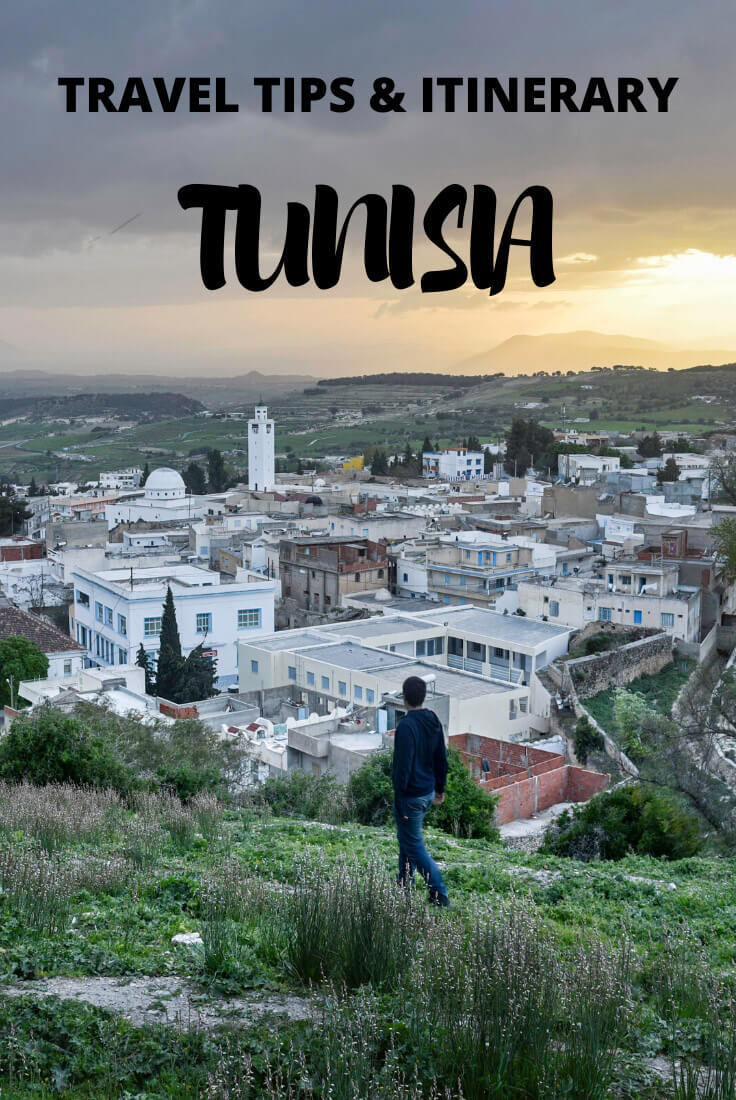
In this Tunisia travel guide you will find:
Table of Contents
- Getting there
- Travel insurance
- Best time to visit
- Tour or not?
- The people, the country
- Moving around
- Is it safe?
- Day 1, 2 – Tunis
- Day 3 – Sousse
- Day 4 – Monastir
- Day 5 – Kairouan
- Day 6 – El Jem
- Day 7 – Sfax
- Day 8, 9 – Tataouine & around
- Day 10, 11 – Tozeur & around
- Day 12 – El Kef
- Day 13 – Jugurtha Tableland
- Day 14 – Dougga
- More information
eSIM for browsing, calling and planning your itinerary in Tunisia
With Holafly , you can now get an electronic SIM card for Tunisia from home with just 2 clicks.
5% discount with the following code:
AGAINSTTHECOMPASS
🪪 How to get a tourist visa for Tunisia
Pretty much any nationality can get a 3-month visa-free on arrival.
🛫 How to get to Tunisia
How to travel to tunisia by air.
Tunis International Airport has connections with several European cities and other major cities in Africa. I recommend you check on Tunisair and Skyscanner. I personally flew from Barcelona with Tunisair.
How to travel to Tunisia by land
Tunisia has a border with Algeria and Libya .
- Algeria – You can travel to Tunisia from Algeria and use the entry point near Tabarka – not sure if foreigners can use the other borders.
- Libya – You can’t really cross from Libya, not because the border is closed but because, currently, Libya is not issuing tourist visas and the only way to get in is via an agency who will fake a business visa for you, and they don’t recommend you enter or exit via Tunisia, as it would not be credible that you came to Libya for business purposes.
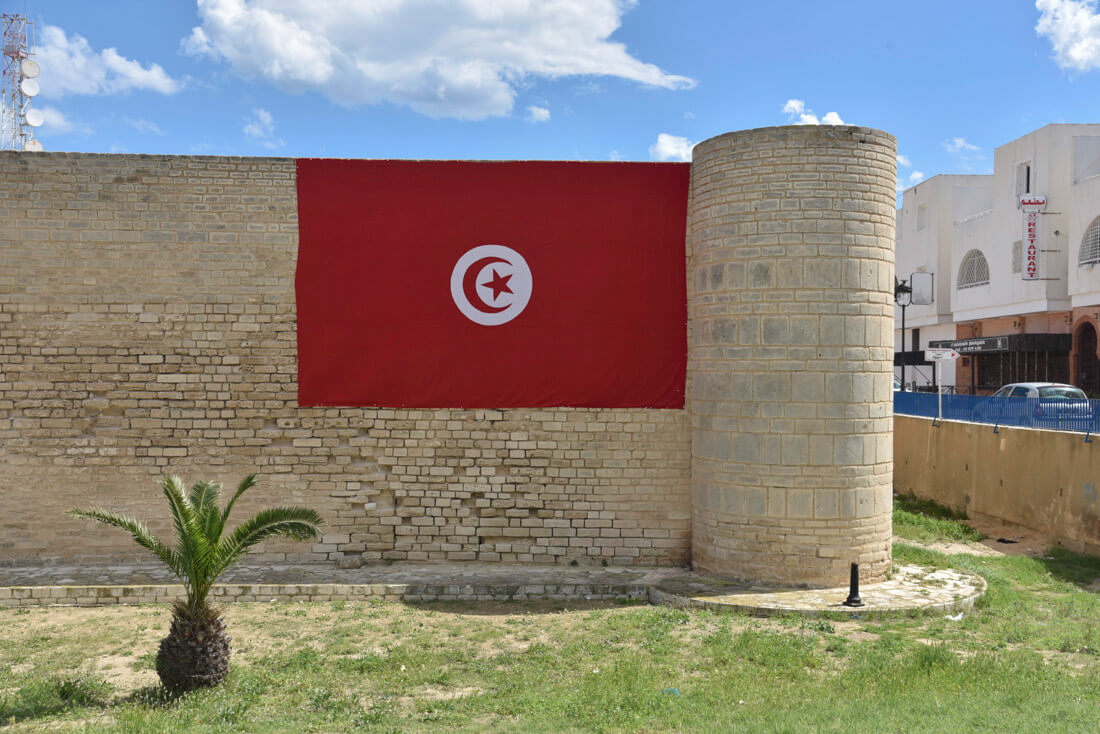
🚑 Travel Insurance for Tunisia
For Tunisia, get IATI Insurance :
- All types of plans: from families to budget backpackers
- Covers both short-term trips and up to 1-year long trips.
- Covers senior citizens too
- Readers of this blog can get a 5% exclusive discount
⛅ Best time to visit Tunisia
The best thing about Tunisia is that this is really a year-round destination.
The northern part of the country is purely Mediterranean, with mild winters and hot summers so, if you fancy the beach, July and August should prove best, and towns and cities are great to visit any time of the year. The arid south, however, is best visited in winter, otherwise, the heat might not let you enjoy it that much.
I visited Tunisia for 3 weeks from mid-April to the beginning of May and it was the perfect time. The weather in the northern part was absolutely pleasant, with a little rain sometimes, and the heat in the southern part was still quite bearable.
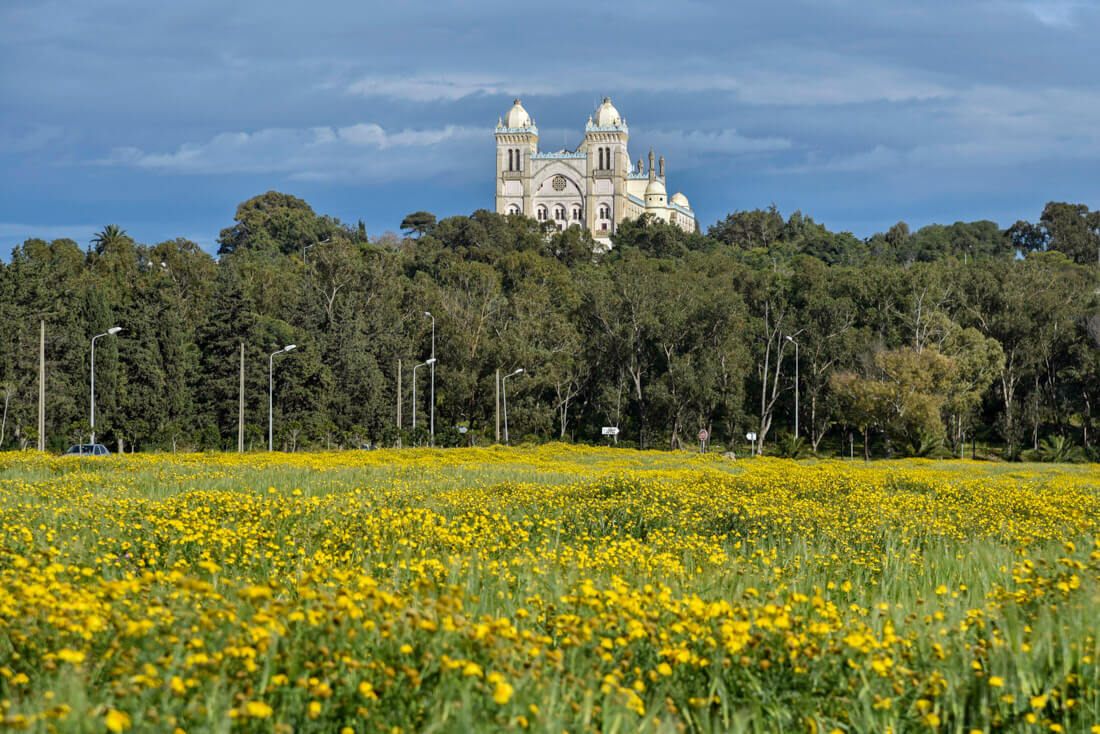
Should you travel in Tunisia independently or on an organized tour?
I visited Tunisia 100% independently, and I recommend you do the same.
However, if you are short of time and want to visit specific places on organized tours, I recommend you use GetYourGuide , a website where you can book any type of tour, from half-day trips to several-day tours with just one click.
🕌 The people and the culture
They are too African to be considered European, but they are too European to be considered African.
These are the words from an expat American woman living in the city of Tunis who I had the chance to meet during my trip to Tunisia.
Along with Beirut , Tunis might be the most secular and open-minded Arab city and you just need to go to the city center and see how people dress.
You find traditional, religious people too, of course, but the beauty of Tunis, and Tunisia in general, is that everybody is free to practice Islam the way they please and, on most occasions, you won’t be judged.

This is why in Tunis you are likely to see a young girl with a short skirt walking in a local market among other women wearing the full hijab, a mix you will rarely see in other Arab countries.
Sousse, Monastir and Sfax are other modern cities with a significant number of liberal people, especially among the young generation.
However, religion still plays an important role in Tunisia’s society. Even Tunis has its traditional districts and the rural areas are very conservative.
But what is true is that in Tunisia there isn’t much fundamentalism compared to other Arab nations and countries in the Middle East.
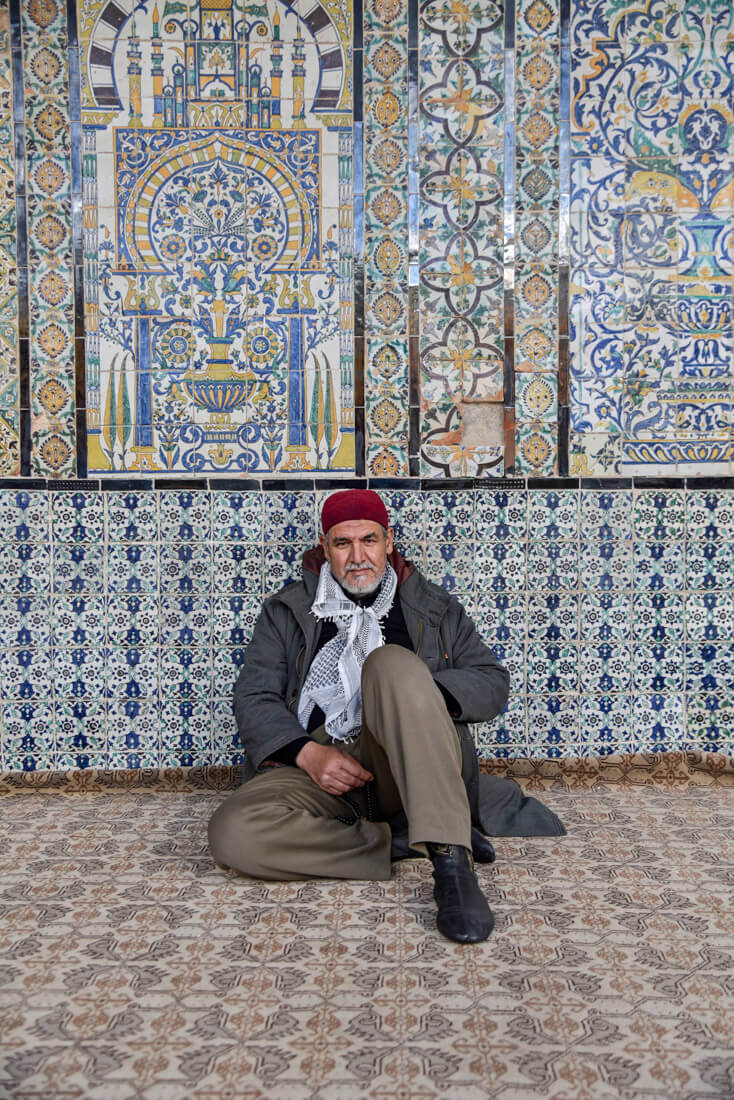
Arabic is the official language in the country, and I believe it is quite similar to the Arabic spoken in Morocco and Algeria.
However, it is very different from other Middle Eastern countries, from Egypt to Oman .
In fact, they don’t even understand each other. When I was living in Dubai, in my office there were Arabs from all the Arab countries and Tunisians would always address Middle Easterners in English.
French & English – Given this used to be a French colony, except for uneducated people from rural areas, pretty much everybody in the country speaks impeccable French, and the best educated Tunisians also have good English, so traveling in Tunisia doesn’t imply any language barrier.

🍲 Food: What can you eat when you visit Tunisia?
Just before my trip to Tunisia, I had spent around 5 weeks in Morocco, so I wasn’t really expecting to taste many different flavors, but I was very wrong.
First of all, Tunisian food is extremely spicy. Like a lot spicy, sometimes Indian-level spicy.
I don’t know why, but Tunisia must be the only Mediterranean country that uses chilis in their cuisine. They love it and also a chilli sauce named harissa , which they put everywhere.
One Tunisian lady told me that every time she travels to Europe, even if it is just for a few days, she always brings some harissa .
Moreover, due to its proximity to Italy, Italian food is a thing here, and the truth is that spaghetti with tomato sauce is a staple, something you can order in any local eatery for less than $1 sometimes, but it isn’t very good pasta to be honest.
Overall, Tunisian food is good, however, whereas in the city of Tunis (and Sousse as well) I had quite a few feasts, in the rest of the country most places would only serve very basic stuff, especially in the south, Tozeur and El Kef.

Must-try dishes in during your trip in Tunisia
- Brik – The most popular snack in Tunisia consists of a filled fried pastry, usually with egg or tuna. By the way, Tunisians love tuna.
- Ojja – Sort of a tomato stew that comes in different versions, from local sausage ( mergez ) to seafood. Ojja is available in pretty much any local eatery.
- Cous-cous – Maghrebi star-dish, and the Tunisian version is very spicy.
- Seafood – In the coastal towns of Tunisia you can find some really great seafood, the most remarkable I ate being some stewed octopus in a tomato gravy, absolutely tender and delicious. I ate it in Sousse, in a restaurant called Cafe Bellar.
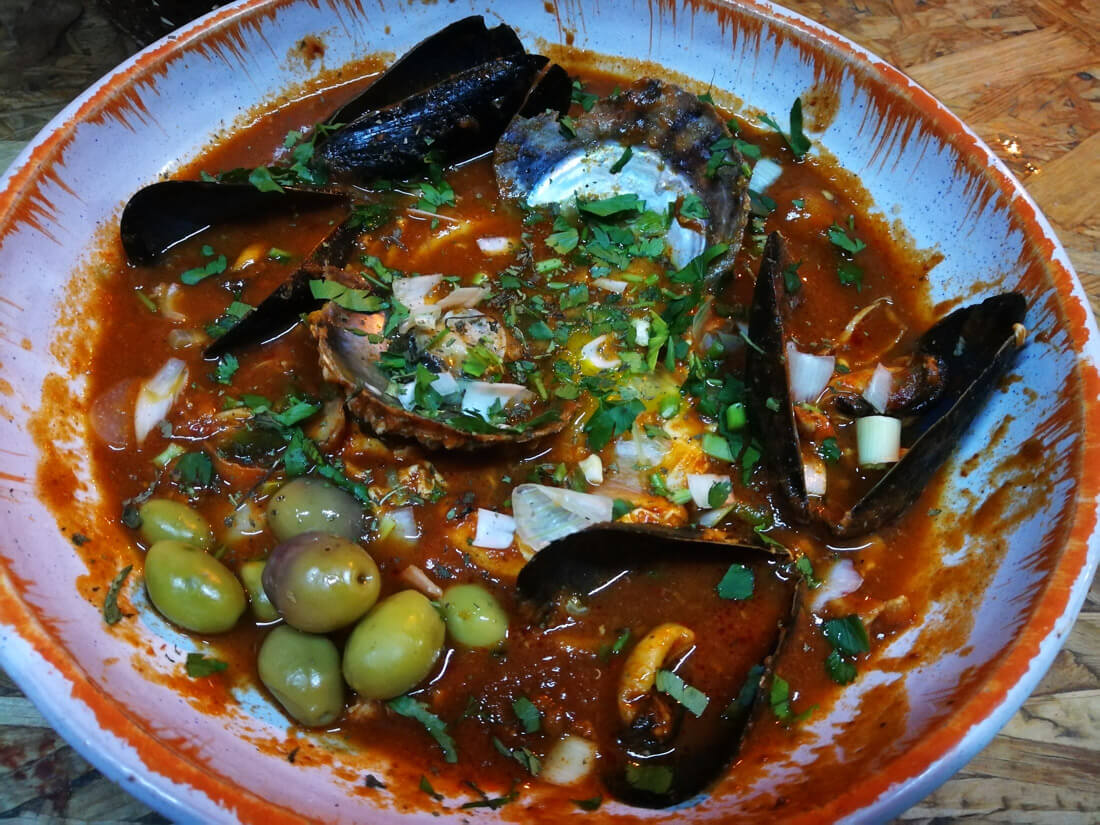
🛺 How to move around: transportation
Remember to get travel insurance for Tunisia I strongly recommend IATI Insurance as it has COVID-19 coverage + 5% discount 5% discount if purchasing via this link
Typically, there are 2 ways to travel around Tunisia:
Traveling around Tunisia by train
The Tunisian train is great. It is reliable, relatively fast and just soooo good. There is a train line that goes along the coast all the way to Gabés and, as far as I am concerned, the whole line is fully operational.
During my visit, however, the line that connects Tunis with Gabés through Tozeur, in the west of the country, had been closed for several years, but it seems they have already resumed all trains. In any case, you can check timings on the official railway website .
Traveling around Tunisia by louage
Louages are the local mini-vans which basically, you will ride for traveling to places you can’t reach by train. I used them to travel to Kairouan, El Kef and Tozeur and some places in the south. They are very cheap.
💰 Money, budget and costs
In Tunisia, they use the Tunisian Dinar (TND) and approximately:
1 USD = 3.15 TND
Most cities will have ATMs and changing either € or USD should be very easy.
How much does it cost to travel to Tunisia?
Tunisia is cheap, much more than Morocco, mainly because of the currency’s devaluation after the massive drop in tourism. Cost of the most typical things:
- Street sandwich (falafel) – 1-2 dinar
- Local meal (1 ojja) – 5 dinars
- Meal in a good restaurant – 20 dinars
- Entrance fees to places like Dougga ruins, ribats, fortresses, museums – 8 to 12 dinars
- Budget hotel – 20-30 dinars
- Mid-range hotel – From 40-50 dinars
- Transportation – I paid around 4-7 dinars for most train journeys, same for louage.
On a tight budget, I seriously think you can go backpacking in Tunisia for $ a day 20.
Please note that the below table is just an approximation.

⚠️ Is it safe to travel to Tunisia?
Tunisia has had some safety concerns in the past, especially throughout 2015, and that was the main reason why tourism dropped dramatically.
However, the situation has improved drastically and for a better understanding, I recommend you read my analysis:
Is Tunisia a safe country to visit?
Tunisia Itinerary – Places to visit in 2 weeks
How long should you go backpacking in Tunisia for?
I personally spent almost 3 weeks, went a bit slower than the suggested itinerary and visited one or two additional places not included here such as Djerba Island.
Tunisia 2-week travel itinerary map
Day 1, 2 – Visit the capital of Tunis
A third Mediterranean, a third European and a third North African, Tunis is a city with many cultural contrasts and most likely, the starting point of your Tunisia travel itinerary.
On the one hand, the old city is composed of an African, Maghrebi medina, not very different from the ones you would find in Morocco, but without the feeling of being in a tourist trap.
And, on the other hand, you also have the European part of town, which is filled with French-style facades, boulangeries and a relatively Westernized atmosphere.
In addition, think about all the nightlife, nice restaurants, the Roman ruins of Carthage and the Mediterranean-like district of Sidi Bou Said, and I seriously believe that traveling to Tunisia just for visiting Tunis is truly worthwhile.
Things to do in Tunis
I spent whole 5 days in Tunis, and managed to squeeze the things I visited in a 3-day travel guide
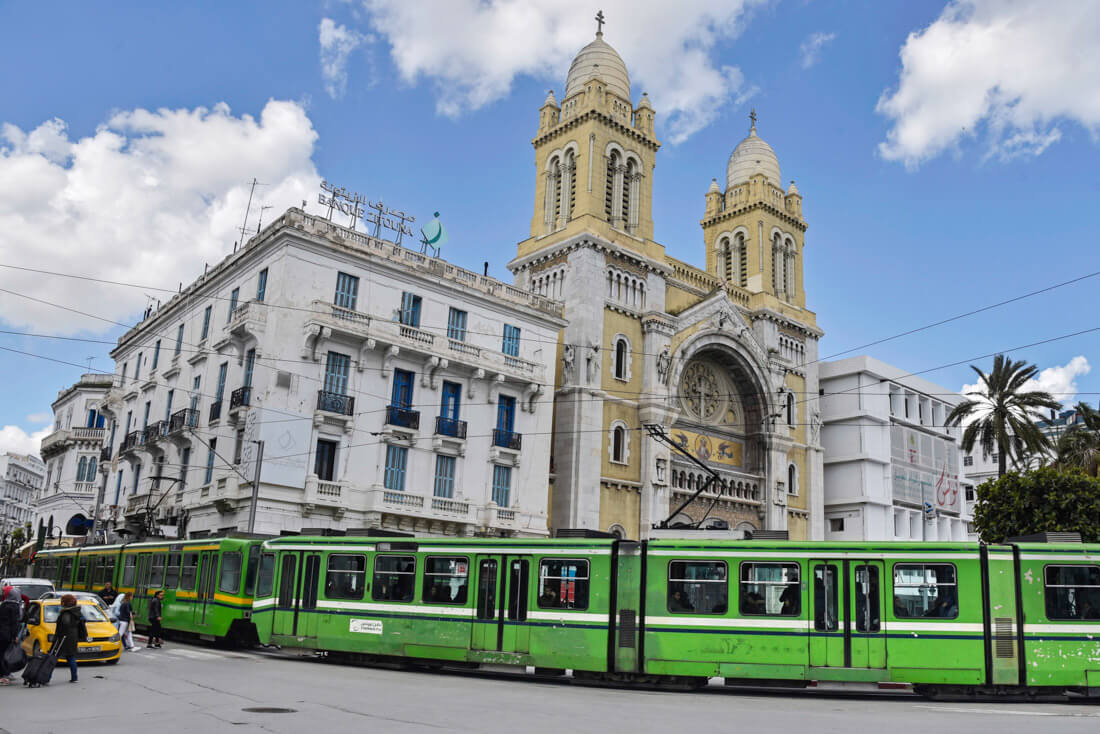
Where to stay in Tunis
Backpacker Hostel – Medina Youth Hostel – Located in the heart of the medina, this is the most backpacking-friendly hostel in Tunis.
Mid-range hotel – Dar La Leila – Super nice, traditionally decorated lovely hotel, the top-rated hotel in Tunis, and super charming staff.
Top-end hotel – Dar El Jeld Hotel and Spa – A 5-star but traditional hotel that offers all the luxuries.
Best tours in Tunis
I recommend you look for tours via GetYourGuide .
Carthage and Sidi Bou Said – Roman ruins of Carthage and the Santorini-like city of Sidi Bou Said.
Bardo Museum & Medina – The classic medina + the museum containing one of the largest collections in the world of Roman mosaics.
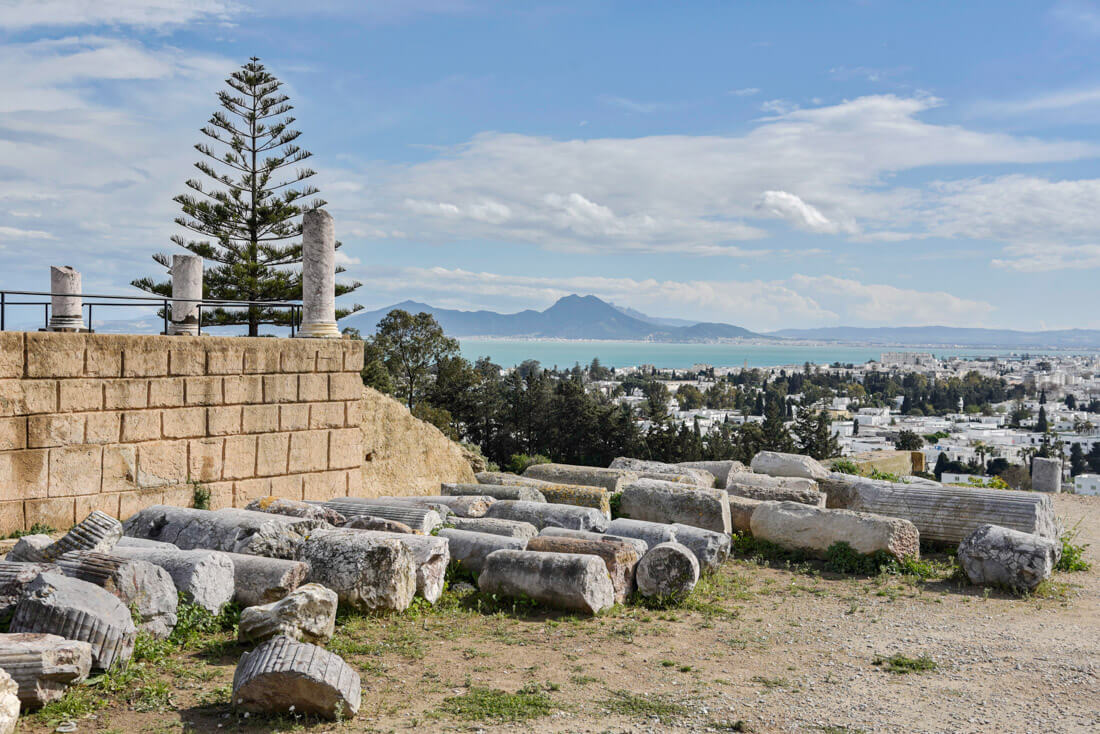
Day 3 – The resort-like town of Sousse
This is the prime tourist destination in the country, for foreigneirs and Tunisians alike, but for independent travelers, it feels a bit odd.
It feels weird because the coastal front line of the new part of town is composed of ugly, mass tourism-like buildings, restaurants with over-priced menus and just the kind of trashy tourism I would try to run away from.
However, Sousse is the city that witnessed all those unfortunate terrorist events from 2015 , so during my visit in the month of May, it felt like a real ghost town and, in any case, the old part of Sousse is a great place to get lost in, among its narrow alleys.
Moreover, Sousse is a good base to explore a few places around such as Kairouan, Monastir or El Jem. I mean, you can find accommodation in those cities but Sousse has the largest offer of hotels, restaurants, and cafés so, for me, it made sense to hang out there for a while.
Looking for visiting Sousse on a tour? CLICK HERE TO CHECK ALL AVAILABLE TOURS IN SOUSSE
Things to do in Sousse
- Medina – Like all medinas in Africa, the medina of Sousse is a maze of streets where the highlight is getting lost and escaping from the main souvenir area.
- Great Mosque – From the 8th century. They make you pay an entrance fee, a bit unusual for being a regular mosque, but Tunisia is mostly like that.
- Ribat – Old Islamic fortress from the 8th century. It contains one of the oldest praying halls in Africa.
- Sousse Archaeological Museum – I am the least museum-friendly person but I loved the museum of Sousse because it contains some of the largest collections of Roman mosaics, including a massive one of Medusa . Check the official website for timings.
Ribat – A ribat is a small Arabic fortress typically found along the northern African coast, and built during the first years of the Muslim conquest. Most coastal towns in Tunisia have their own ribat and they tend to be pretty well-preserved. The word ”ribat” means ”defense of Islam”.

Where to stay in Sousse
Budget/backpacker – Hotel Paris – Basic hotel with relatively good Wi-Fi inside the medina. I stayed here.
Mid-range – Dar Antonia – Traditional, fancy dar in the medina.
How to get to Sousse from Tunis
There are several trains a day running to Sousse from Tunis central station.
A ticket would typically cost 10,000 dinars and it takes a bit more than 2 hours.
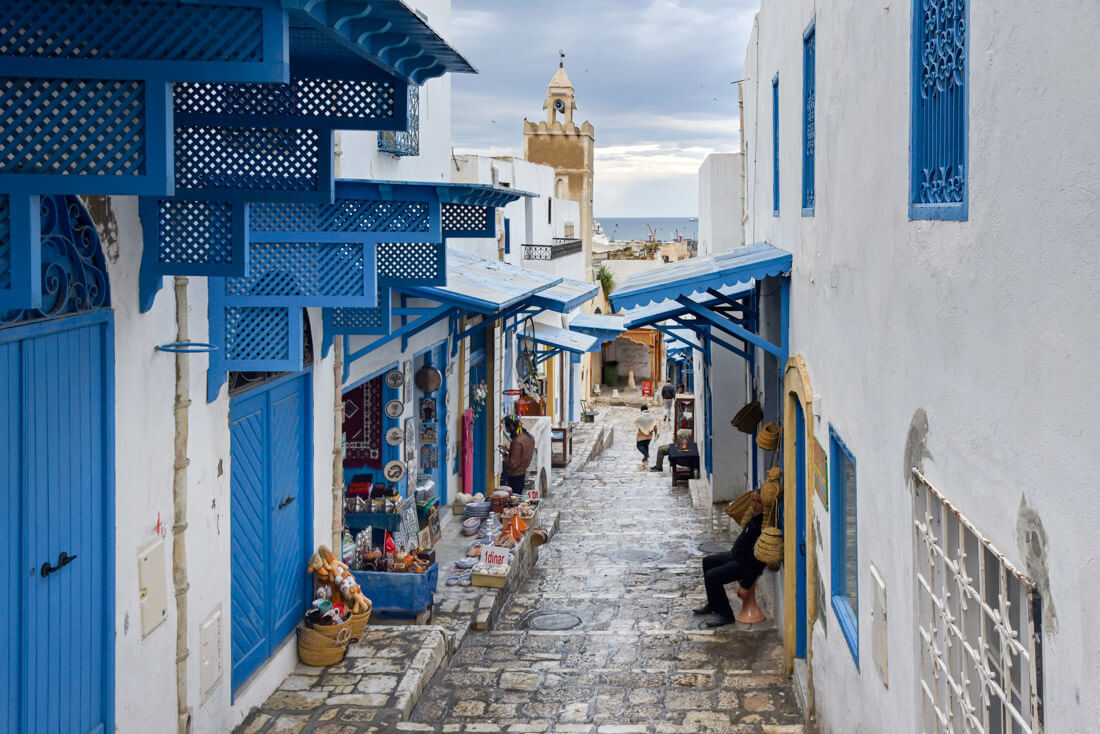
Day 4 – Day trip to Monastir
If you have the time, Monastir is a pleasant town that was founded as a Phoenician trading settlement more than 2,000 years ago.
Monastir is a peaceful, free-of-crowds town, as the touristic area is quite far away from the center, so it has managed to keep a certain charm, plus in my opinion, Monastir has the most well-preserved ribat in the country, a set of labyrinthic passages and stairways that seem taken from a movie.
Moreover, Monastir is the birthplace of Habib Bourguiba , the man who lead the country to independence from France and ruled the country from 1956 to 1987.
Other than that, Monastir is an all-right place to hang around for a while.
My visit here was a peculiar one. After visiting the ribat , I met with one local lady who had contacted me through Instagram and she took me to the local radio station’s offices – she was working there – and I kind of kept staring at what they were doing for a while.
Then, we went to Habib Bourguiba’s mausoleum.
You can also visit Monastir on an organized tour (along with Sousse) from Tunis. CLICK HERE TO LEARN MORE
How to get Monastir from Sousse
Monastir is a 20km train ride from Sousse and trains run continuously throughout the day for $1 or less.
The Great Roman Civil War Do you know about the famous Roman Civil War between Julius Caesar and Pompey ? It was the war that led Rome from a Republic to an Empire, and the last stage that guided Julius Caesar to victory occurred on the battlefield between Sousse and Monastir. The coolest thing about it is that today’s Monastir was Caesar’s base, and Sousse was Pompey’s. They even made a TV series on Netflix.
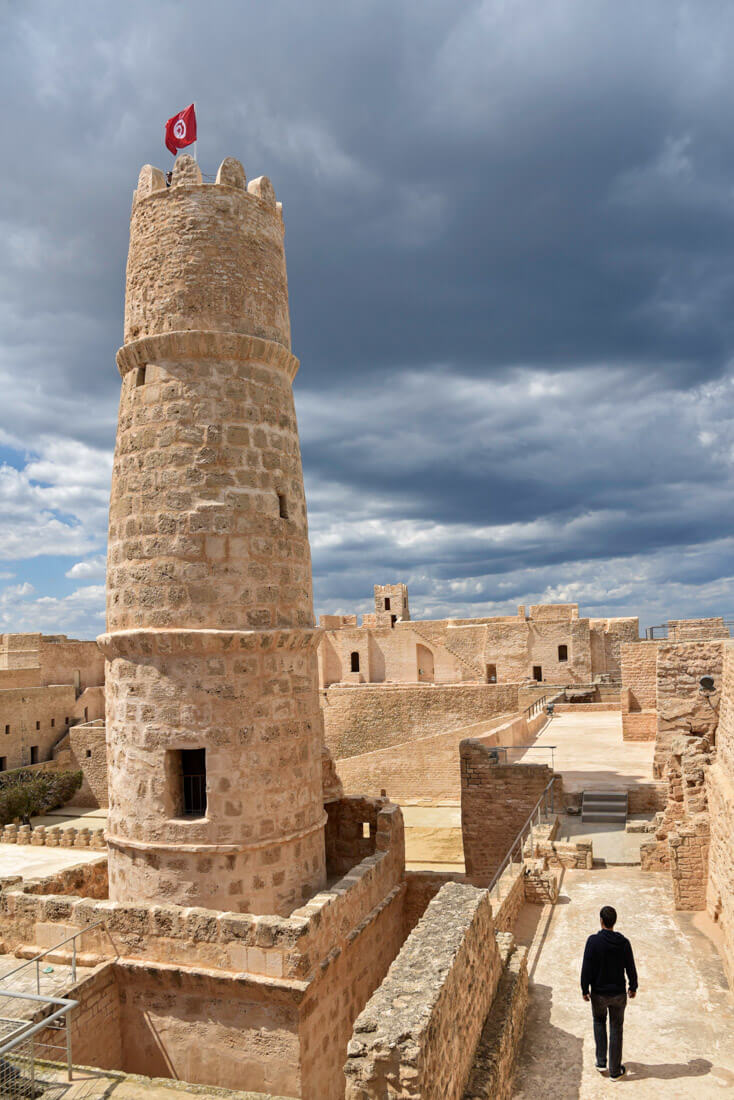
Day 5 – Day trip to Kairouan, the holiest city in Tunisia
Some sources claim Kairouan is the holiest Islamic city in Africa, and the fourth in the world after Mecca, Medina and the Dome of the Rock in Jerusalem.
I am not sure about that, however, because I have been to other places in the Middle East and Africa with the same claim but it is a fact that this is the holiest place to visit in Tunisia and the atmosphere is so different from anywhere along the coast, so low-key, so traditional and overwhelmingly welcoming.
Interested in visiting Kairouan on a guided tour? CLICK HERE TO SEE ALL AVAILABLE TOURS IN KAIROUAN
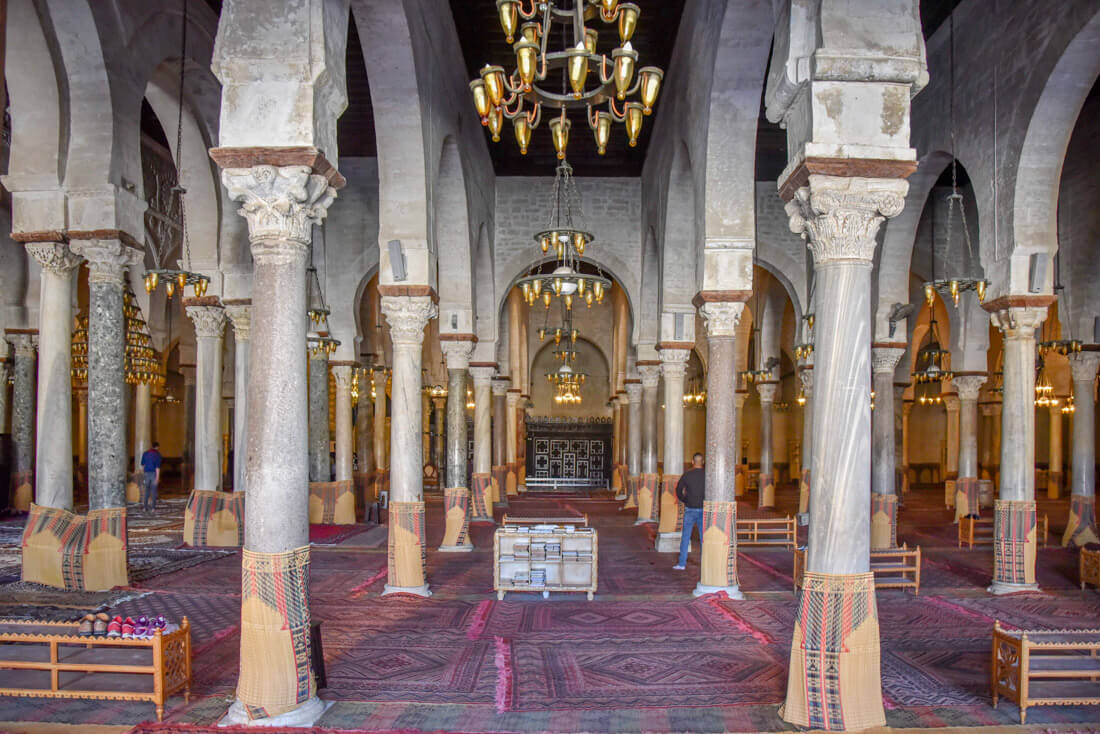
Things to do in Kairouan
At the Great Mosque, you can purchase one ticket that allows you to visit several sites and these are the ones I visited:
- Great Mosque – From the 7th century, one of the holiest Islamic places in Africa.
- Bir Barouta – An Ottoman-era building that was built around a well which apparently, connects to another well in Mecca. Sadly, they enslaved a poor camel that spends his day turning the well’s wheel.
- Zaouia of Sidi Sahab – Very beautiful Muslim complex with Andalusian-style tiles.
How to get to Kairouan from Sousse
There isn’t a train line passing through Kairouan, so you need to take a louage , which takes a bit more than 1 hour.
Sousse bus station is outside of town, here: 35.809717, 10.636374.
Mullah stories In Kairouan (in Zaouia of Sidi Sahab) I was approached by a kind Tunisian who gave me a 30-minute Islamic lesson in an attempt to persuade me to consider converting to Islam, and it was only 30 minutes because very kindly, I told him I had to leave. A very intense man, but I have bumped into many of those in my travels, and they always tell you the story of a British or an American who found God, hence inner-peace and happiness, after listening to his words.

Day 6 – Day trip to El Jem, an impressive Roman amphitheater
El Jem was one of my favorite places in my Tunisia itinerary.
This is home to one of the most epic Roman amphitheaters in the world, in fact, the 3rd largest one, built in the 2nd century, but for obvious reasons, it is much less crowded than the one in Rome.

Around 1km from the amphitheater, there is an archaeological museum also containing plenty of Roman mosaics, many of whom feature the scene when wild animals were released into the arena to eat convicts.
You must get the ticket at the amphitheater’s office, and it also includes the museum entrance.
Since it is on the way to Sfax, I took a train from Sousse early in the morning, visited El Jem for a few hours, and then I could easily get a train to Sfax.
Next to El Jem’s train station, there is a fancy hotel whose staff were kind enough to keep my backpack while I visited the city.
How to get to El Jem from Sousse
It’s a 1-hour train journey from Sousse central train station
Looking for guided visits to El Jem? CLICK HERE TO SEE ALL AVAILABLE TOURS TO EL JEM

Day 7 – Sfax, the coolest medina in Tunisia
Before traveling to Tunisia, I had read in a guidebook that the locals of Sfax were believed to be very thrifty hard-workers.
In my experience, most guidebooks are always filled with unlikely quotes but upon my arrival in Tunis, I spent some time discussing my Tunisian itinerary with a local guy who told me the exact same thing.
And, perhaps, this is the reason why, despite being untouched by tourism, Sfax has some sort of cosmopolitan feel by African standards, and many people there seem to be very open-minded.
Additionally, Sfax is also home to the best medina in the whole Tunisia, very big and authentic which hasn’t been spoiled yet by the arrival of tourists.
Things to do in Sfax
- Getting lost in the medina – As I said, this purely African medina is very traditional and authentic.
- Abandoned Synagogue – Tunisia used to be home to a large Jewish community and, in Sfax, there is an abandoned synagogue.
- Place de la Republique – French-style buildings at the entrance to the medina.
Where to stay in Sfax
There are 2 budget auberges (one next to other) 2km north west outside of the Medina.
For more hotel options in Sfax,
Jews in Tunisia Tunisia today has one of the largest Jewish communities in the Arab world, mainly living in Tunis city and Djerba Island. Of course, most of them migrated to Israel after the Israel-Palestinian war but many of them remain and a few synagogues are still functional, another fact that proves overall the tolerance in Tunisia.
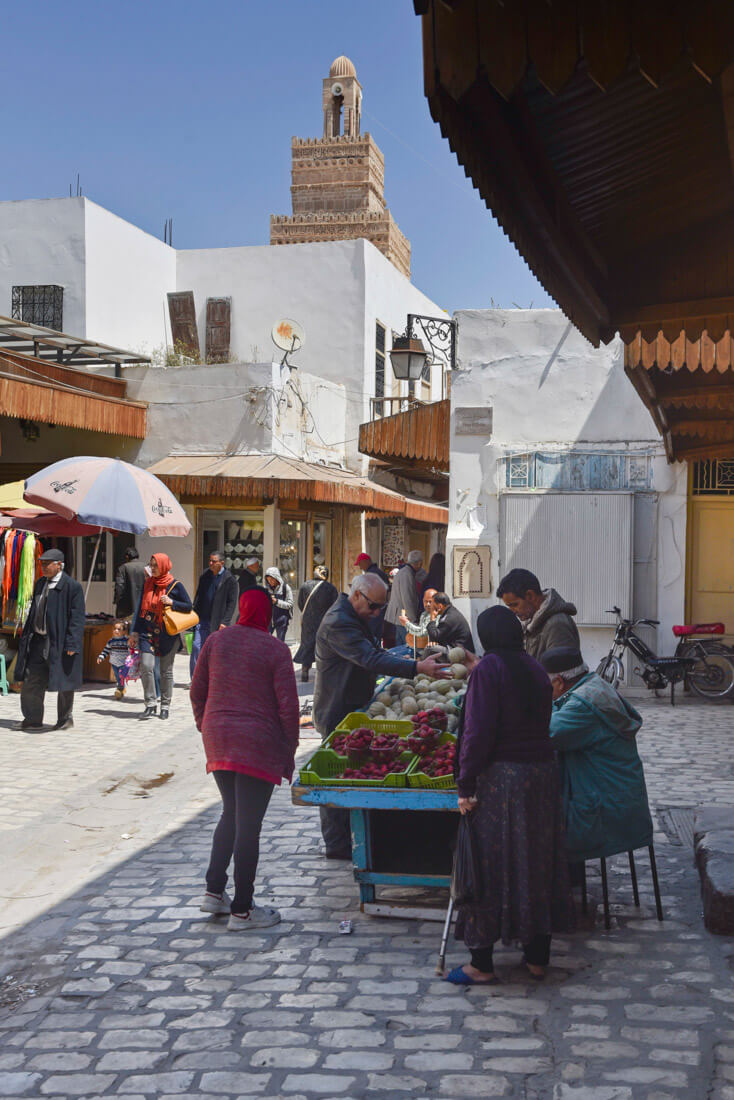
Day 8, 9 – Tataouine & around: southern Berber lands
The lesser-visited southern part of Tunisia is an arid territory that extends all the way to the Libyan border.
Berber villages, camels, ancient ksars (fortified Berber villages), and just remoteness and inhospitality, no wonder why George Lucas decided to shoot Star Wars in these lands.
This is just so different from any place you visited in Tunisia, way more conservative and home to the Berbers, the indigenous people of North Africa before the Arabs came.
How to visit Tataouine The area is vast, touristic sites are scattered, and there is no public transportation. I mean, there are a few buses but it is not a convenient way to move around, not even for backpackers. The best way to explore this area is by either renting a car or going on a tour. I rented a car for a day in a rental car office in Medenine and paid less than $25.
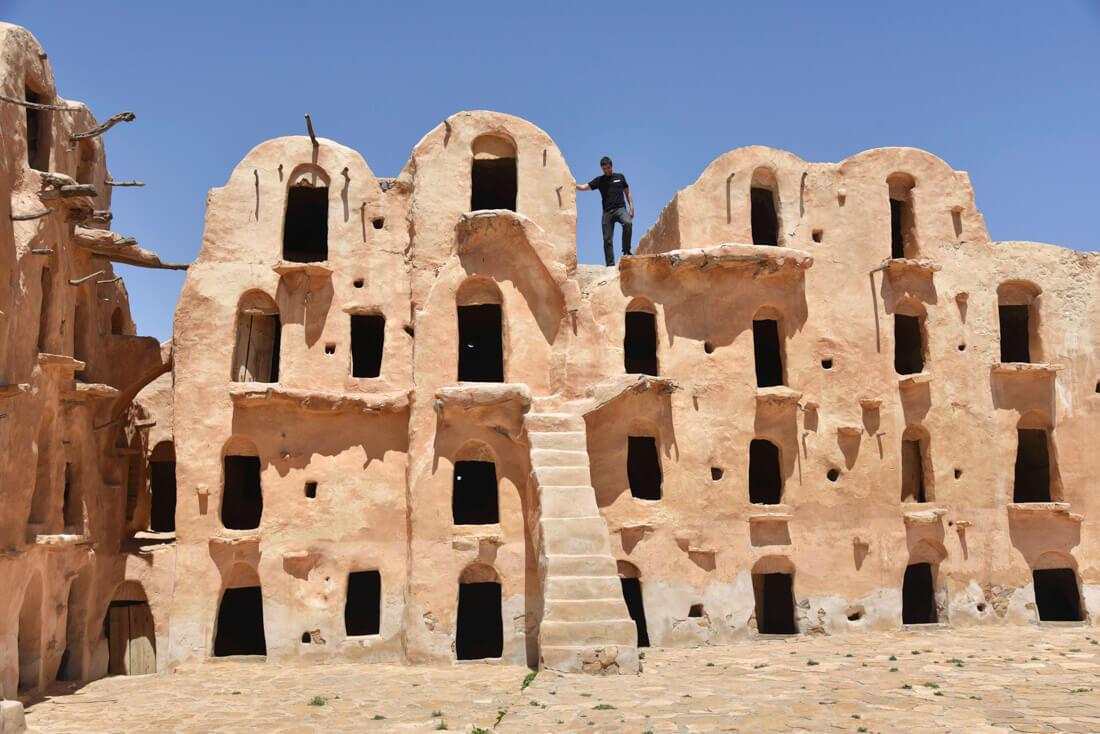
Things to do in Tataouine & around
On a normal path, you will need an entire day to visit these places, and still, you may have to rush a bit. If you want to leave early in the morning, I suggest you rent the car on the day before, as rental car shops didn’t open until 9-10am.
The ”green pins” from the previous interactive map mark the following places:
- Ksar Ouled Soltane – The most well-preserved ghorfas in the area. Ghorfas are ancient 4-story buildings that Berbers used to store the grain.
- Chenini – For me, this was the best place to visit in Tataouine. A massive ancient ksar from the 12th century sitting on a hilltop. Gorgeous.
- Guermassa – Another great ksar, not as epic as Chenini’s but still great. I only saw it from the bottom because it takes almost 1 hour to go up and I didn’t have time. The top, however, can be reached by 4WD.
- Ghomrassen – Off the beaten track modern town with pretty cool local architecture, and the ideal place to stop for lunch.
- Ksar Hadada – This ksar used to be a movie set for Star Wars. I am not a big Star Wars fan, so for me, it was not that interesting, as it was nothing more than some commercial, over-restored ghorfas .
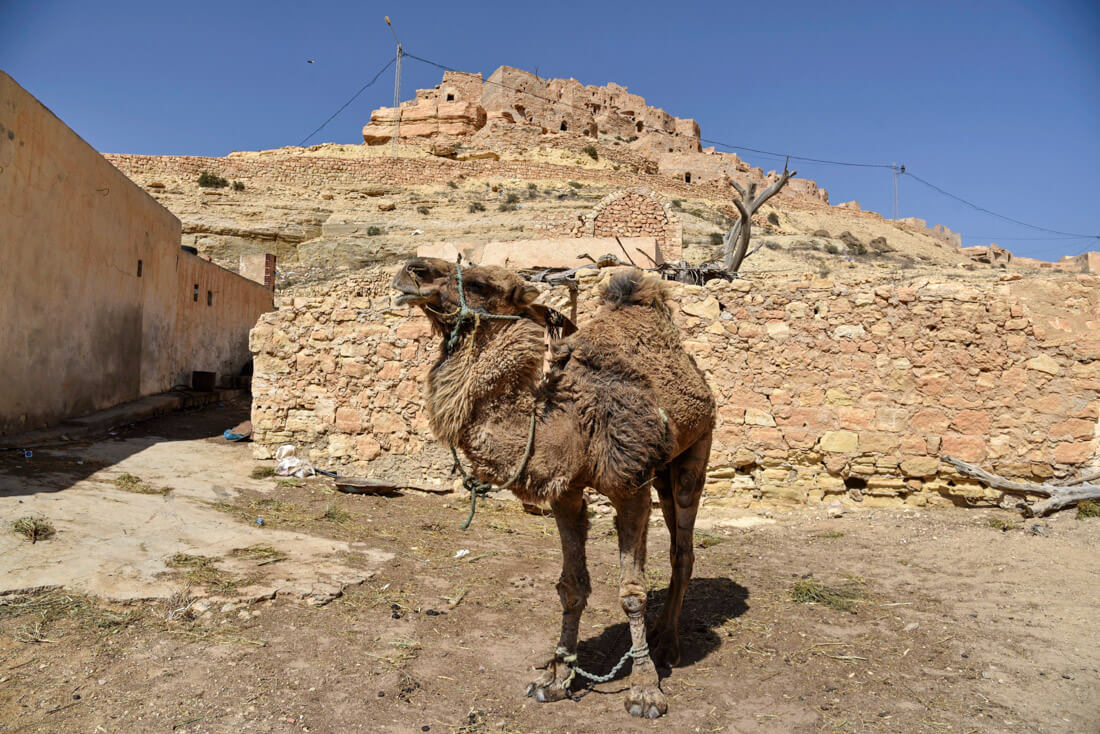
Where to stay in the area
I recommend you stay in Tataouine.
Budget – Auberge Alferdaus – An all right auberge/pension for budget travelers and backpackers.
Apartment – Dar Essadeg – Full traditional apartment.
Mid-range – Sangho Privilege Tataouine – For a comfortable stay, this oasis hotel has great facilities, including a pool, and it is not expensive at all for what you get.
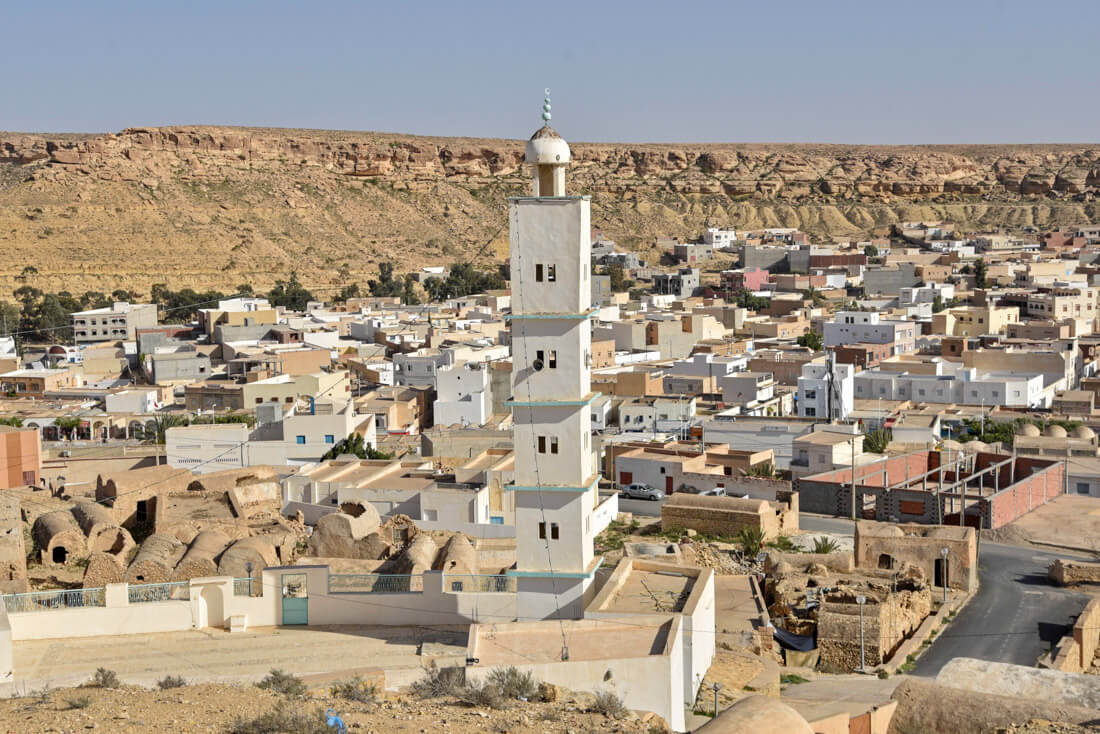
Day 10, 11 – The oasis-town of Tozeur & around
Tozeur is a pleasant oasis town with a very unique old quarter whose buildings are made of bricks (hand-made apparently) and a base from which to explore other mountain oases and check out potential camel caravans.
They claim that those oases have been inhabited for 10,000 years.
If you have been reading my blog for a while, you will know that I like to be honest, and the truth is that this was my least favorite part of my trip to Tunisia.
First of all, because all those landscapes are in my opinion, a small version of the ones you find in north Oman , a country I visited multiple times. And second of all, because this was the only place where the main sites were just packed with tourists, many of them being the irresponsible type. But to be fair, it also didn’t help that the weather was awful (loads of wind and sand).
But anyways, traveling is extremely subjective and you might have a different experience.
Like Tataouine, the area around Tozeur is best explored by car or on an organized excursion. Most hotels can arrange it for you. I personally explored all places with a local friend I had met on Instagram.
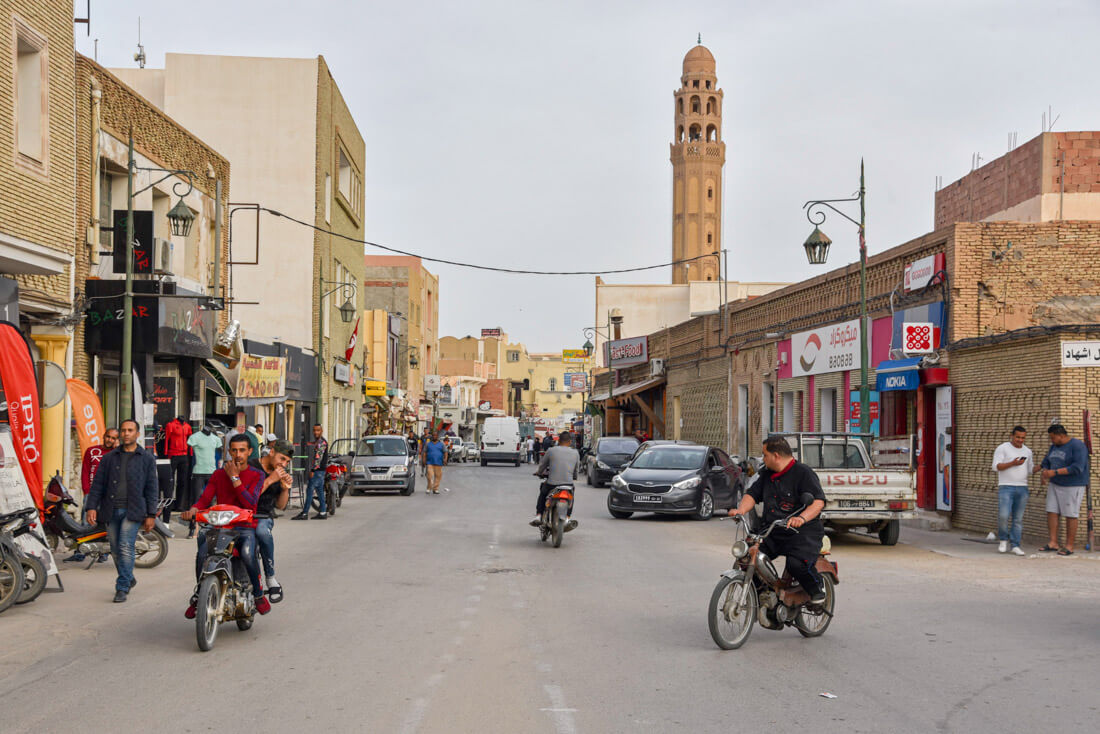
Things to do in Tozeur
Please see the ”orange pins” from the previous interactive map.
- Chebika – A small village home to a massive palmeraie.
- Tamerza – Another small village with a palmeraie, a small canyon, and a waterfall.
- Midès – And another small oasis village but the highlight is the stunning views you get to see from the road that leads to it.
- Ong Jemal – A desert famous for its sunsets and the location of a Star Wars movie set, where the original decoration still remains. Tour agencies will tell you need a 4×4 to reach the place but it is not true.
Where to stay in Tozeur
Budget – Residence Warda – A budget pension good for backpackers.
Mid-range – Residence Loued – A very pleasant traditional hotel at the heart of the Old City.
How to get to Tozeur from Tataouine
The journey is rather more than 300km.
From Tataouine, you need to take a louage to Medenine and from Medenine, another one to Gabés (not sure if you can find a direct one from Tataouine).
If you are lucky and trains are functional, you should be able to take a train from Gabés to Tozeur. Otherwise, take a louage from Gabés to Gafsa and from Gafsa to Tozeur.
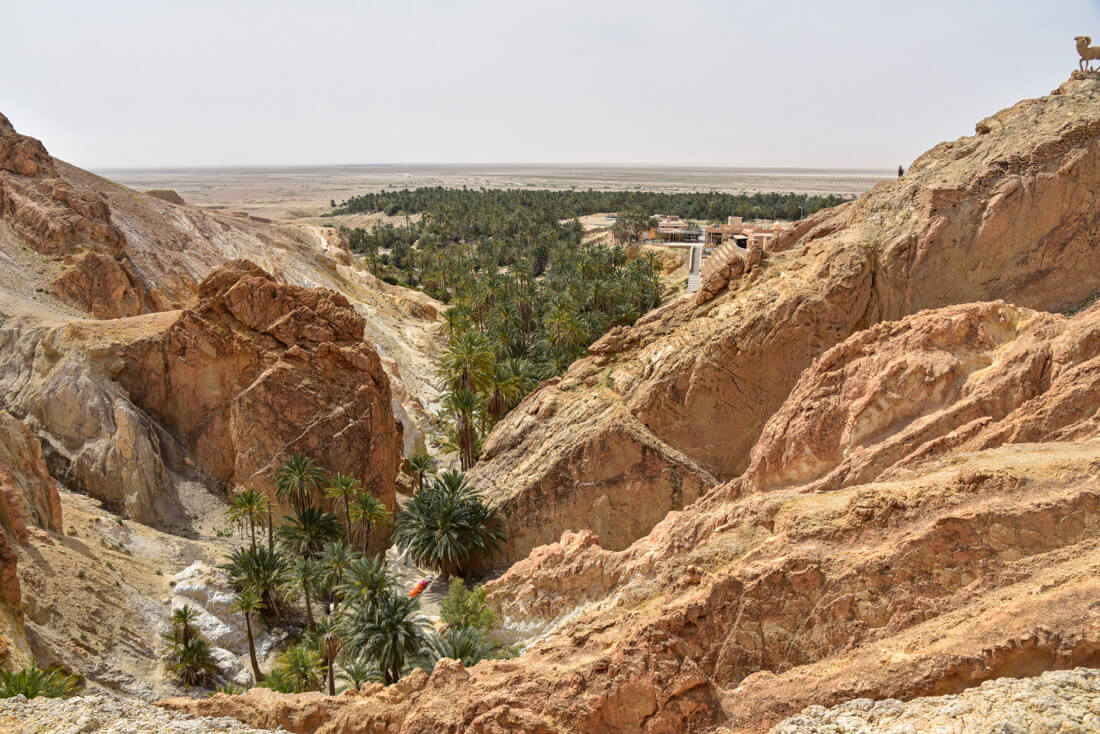
Day 12 – El Kef, traditional off the beaten track town
El Kef and the area around was my favorite part of my Tunisia itinerary.
It is a barely visited town and the top of the medina features a kasbah from where you get stunning views of the city and the green meadows surrounding it.
It has a very authentic, traditional atmosphere as well. I spent 3 nights here – as I used it as a base to explore some places around – and didn’t bump into a single tourist.
Where to stay in Le Kef
There aren’t many options, but I stayed in a hotel close to the Medina named Hotel Sicca Veneria , where I paid $15 a night. It was good!
How to get to Le Kef from Tozeur
It’s a long way, around 330km.
From Tozeur, you need to first get a louage to Gafsa. From Gafsa, a second louage to Kasserine and from Kasserine to Le Kef. It takes the entire day.
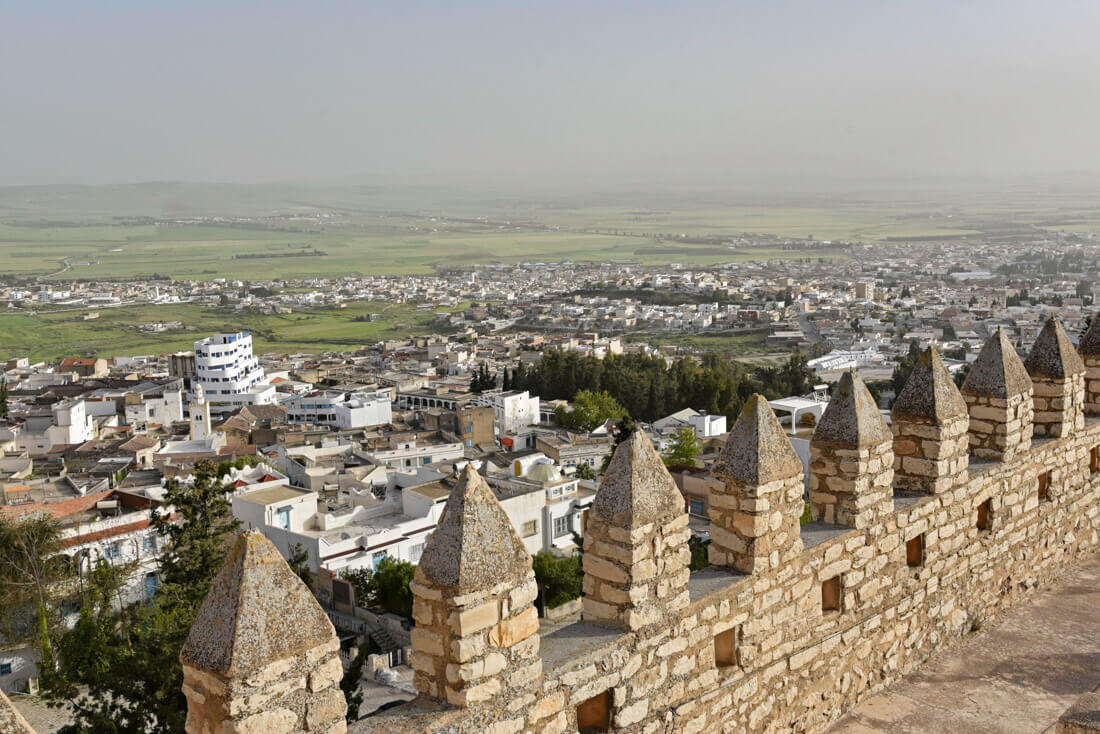
Day 13 – Day trip to Jugurtha Tableland
This off the beaten track gem was the top attraction I visited in Tunisia.
A natural military fortress, Jugurtha Tableland is a massive flat-topped mountain that rises above 1270 meters, and that has been used as a fortress for centuries, from the Romans to today’s Tunisian Army.
That’s why this is kind of a sensitive place, especially because this is a border area from where you see Algeria – stunning views of Algeria, by the way – so having a guard with you all the time is a must (free of charge).
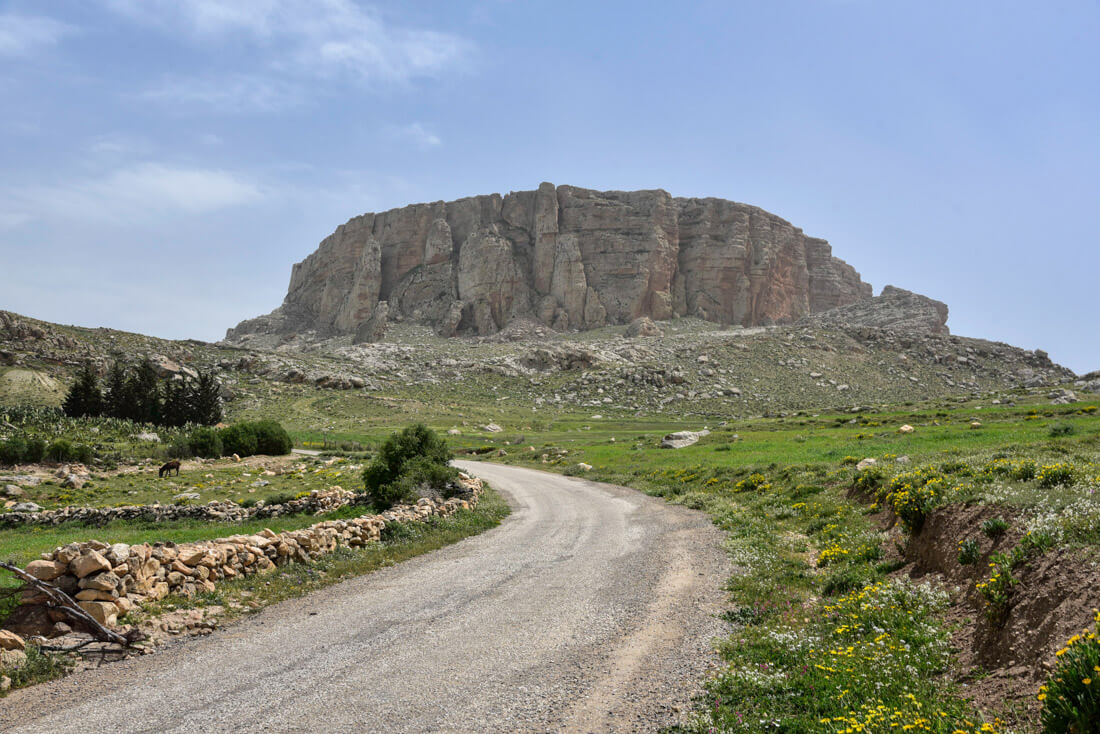
How to get to Jugurtha Tableland from El Kef
From El Kef bus station, you can take a louage to the border town with Algeria named Qalat as Sanan.
Most likely, the driver will already know about your intentions, so he will drop you at the police station, where they will make you answer a few questions and register for visiting Jugurtha.
I was extremely stupid to forget my passport in El Kef but, luckily, my Spanish ID was enough for them.
Then, the police helped me looking for a taxi to take me to the bottom of Jughurta (4km), and I paid the equivalent of around $10.
Once you arrive, an official guide will welcome you and take you to the top.
It also possible to camp at the top, but you will have to get permission at the police office, and a guard will be with you all night – I mean, they have their own huts. However, be aware that it is extremely windy.
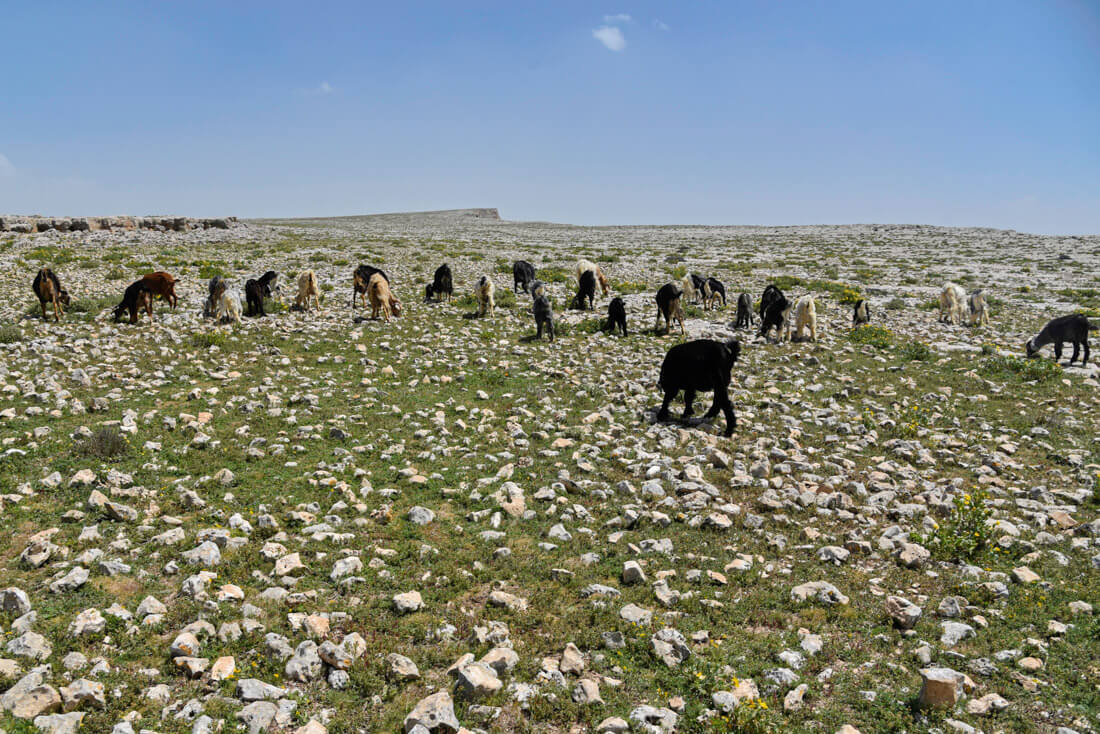
Day 14 – Day trip to Dougga Roman ruins
When I traveled to Tunisia, I also got the chance to check out this amazing place, a UNESCO World Heritage site since 1997 named Dougga,
Dougga has some of the most impressive Roman ruins I have ever seen outside of Rome, probably more stunning than the ruins of Baalbek in Lebanon , or Jerash in Jordan , not only for the ruins themselves, which are in great conditions but also because Dougga was set up in a prime, fertile location, today surrounded by beautiful olive trees and wheat plantations.
Absolutely gorgeous.
Dougga is dominated by the perfectly well-preserved Capitol, dedicated to Jupiter, but you can also find many other temples in good conditions and an amphitheater.
Allow yourself a few hours to visit the area and try to come by the end of the day, when little crowds are gone and, if possible, on a weekday.
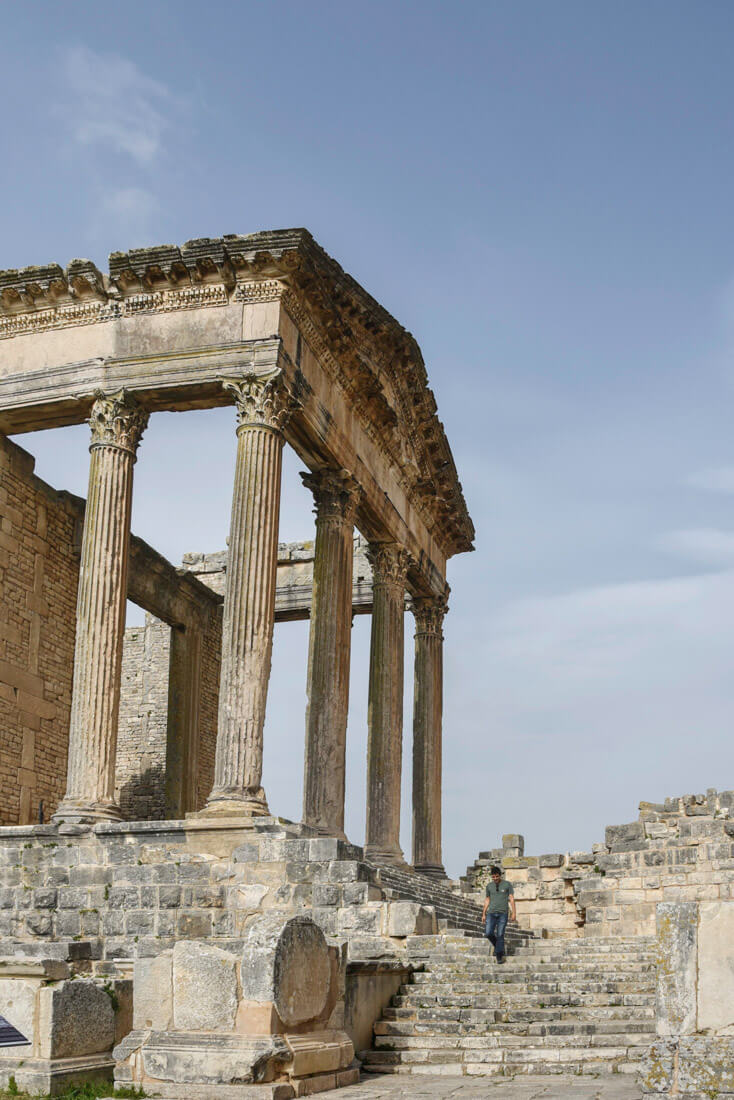
How to get to Dougga from El Keff
It was a bit complicated.
From El Kef, I took a louage to a village named Al Karib. Once in Al Karib, I asked for a louage going to Dougga town, which is 4km from the ruins, but everybody kept me saying there weren’t any, so I decided to hitchhike the remaining 20km, but it was a bit hard, as nobody would stop, don’t know why.
Then, on my way walking from Dougga town to the ruins, a kind man – a worker – picked me up.
Coming back to El Kef was fairly easy, as I just got in the first louage that passed by. By the way, from Dougga, you could easily go back to Tunis.

❗ More information for backpacking in Tunisia
📢 In my Travel Resources Page you can find the list of all the sites and services I use to book hotels, tours, travel insurance and more.
Get the Tunisia Travel Guide by Lonely Planet – A bit outdated but so far, the only one available.

All guides and articles for traveling in Tunisia destination
- Tunis Travel Guide
- Is Tunisia Safe?
Travel guides to other countries in Africa
- Ethiopia Travel Guide
- Eritrea Travel Guide
- Somaliland Travel Guide
- Travel Guide to Sudan
- Travel Guide to Egypt
- Libya Travel Guide
- Mali Travel Guide
- Travel Guide to Mauritania
PIN IT FOR LATER
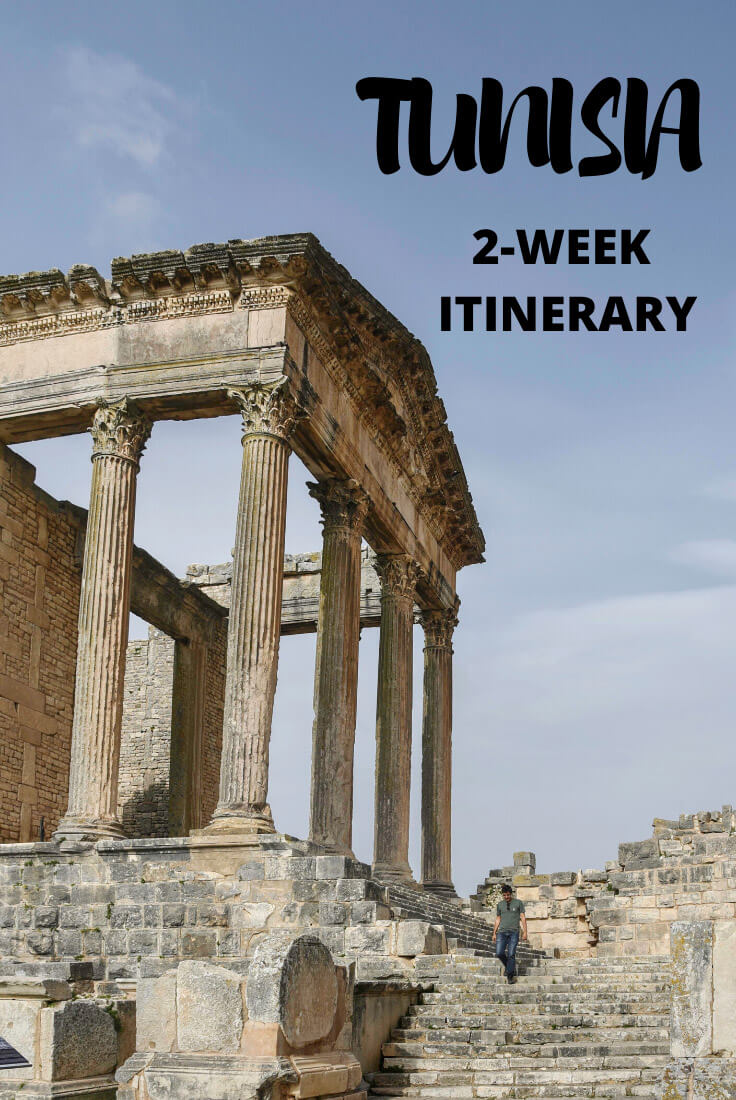
20 comments
Great blog and info as always:)Am supposed to go to Tunisia in october for 2,5 weeks ,still plan on going if……
Love reading your post, as it brings so many great memories. We have done 2 weeks roadtrip around the country too, but left the northern part for next time – I sure hope to be able to return soon and that these crazy times will be just a bad memory. All the best!
Has anyone rented a car and drove around Tunisia independently?
I did, in the south. Very easy
Man, let me tell you something and you can take it as a fact: any Arabic speaker can speak freely with another Arabic speaker from anywhere in the world. Yes, there are diferences and they can tell roughly from where the other dude is. Like I can tell a Texan from an Australian.
Hey Joan: Another great trip report. Currently planning my itinerary for my summer trip to Tunisia. This will largely be a RnR/beach vacay but looking to include some side excursions. Will likely position ourselves in Sousse and wondering if Dougga is doable as a day trip via public transportation? Also how does it compare to the amphitheatre in Busra, Syria?
Just want to make sure, the train to Sousse from Tunis is 10,000 Dinars or more than 3,000 USD for a 2 hour train ride?
Hi Joan, Thank you for a great introduction to Tunesia. Being European I typically spend my vacations at tourist hotspots in Spain, Greece, or Italy. It’s nice – but far from the adventure you’re describing. Need to convince the rest of my family to become a bit more adventourous 🙂
Mega helpful. Thank you.
Is there anyway to get from Sousse to Dougga?
Thank you for the information. Planning on a 2-week trip end of April 2023. Trying to source information about the Northern part especially traveling from/to Tunis – Bizerte – Cap Engela – Tabarka – Tunis
I’d love to visit Dougga. You said it’s possible to get back to Tunis from Dougga, is there a louage going between the two?
Hi Sarah, not from Dougga, since that is an archaeological site, but from nearby villages or towns.
Good evening, Hope everything is fine. I am planning to go to Tunisia and I wonder if there is a way to go from Medénin to Djerba Island by public transportation. If you know if there is a way I would like you to confirm it to me. Thank you in advance
Hey, I don’t remember exactly but I did go there by bus. It should be easy, just go to the bus station and ask for it
hello joan . i am planning to visit tunisia in august and move around with louages. in your article you mentioned that you visited tozeur with a louage. do you remember if it was direct ( tunis – tozeur ) or i have to change a bus in another city ? also , the station in which louage leave ( from tunis ) is called moncef bey , right ? any information will be helpful . thanks in advance and also thank you for sharing all these travel informations for countries that are not so visited . greetings from greece 🙂
Hi Konstantina! I traveled slowly from Tunis to Tozeur, stopping in many places in between, so I can’t really tell!
Hola Joan, qué tal?
A ver si hay suerte y ves el mensaje a tiempo. Estoy en Túnez y en unos tengo pensado visitar la zona alrededor de Medenine/Tataouine y estoy buscando un sitio para alquilar coche un día. Me podrías pasar el nombre, la ubicación o algún contacto aún mejor del sitio dónde alquilaste tú?
Muchas gracias, saludos!
Hola Jack, lamentablemente jamás me apunté la dirección, pero todo lo que hice fue buscar en Google Rent a Car
hello , thank you for writing about Tunisia but I think you should update your prices for the food , those prices must be from 10 years ago !
They are from 2019 but if you have any updated prices, they are most welcome 🙂
Leave a Comment Cancel reply
Your email address will not be published. Required fields are marked *
Notify me when new comments are added.
Join our Expeditions
From Syria to Iraq in Pakistan, Against the Compass is finally running expeditions to the most epic and off-the-beaten-track countries.
We have scheduled expeditions for every month of the year.
Latest posts
- Backpacking Venezuela Travel Guide (2024)
- How to travel to Afghanistan during Taliban rule (2024)
- How to visit Los Llanos in Venezuela
- How to visit Angel Falls and Canaima National Park
- Things to do in Haiti in a 1-week itinerary
Infos Utiles
Media Center
Patrimoine Mondial de l’UNESCO
L’ile de djerba.

Gastronomie, douceurs et pâtisseries
Saveurs de tunisie.

La ville de Kairouan possède
Un fabuleux patrimoine.

Médina, plages, port de pêche… découvrez
Mahdia et sa region.

Réservez sans intermédiaire auprès de nos
Hotels partenaires.

Des instantanés de la Tunisie

Une balade au MUSEE DU BARDO
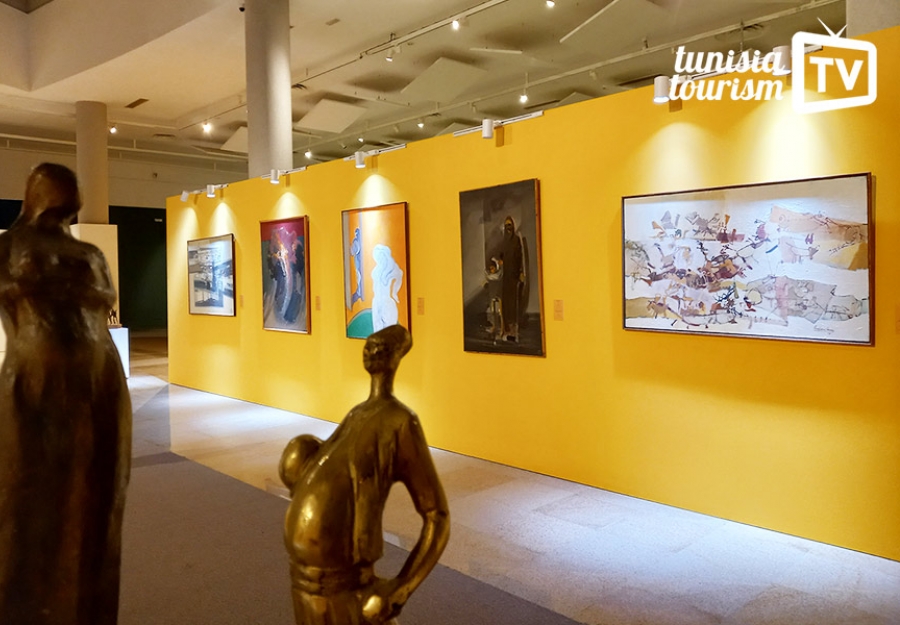
Le MUSEE d’art moderne MACAM Tunis
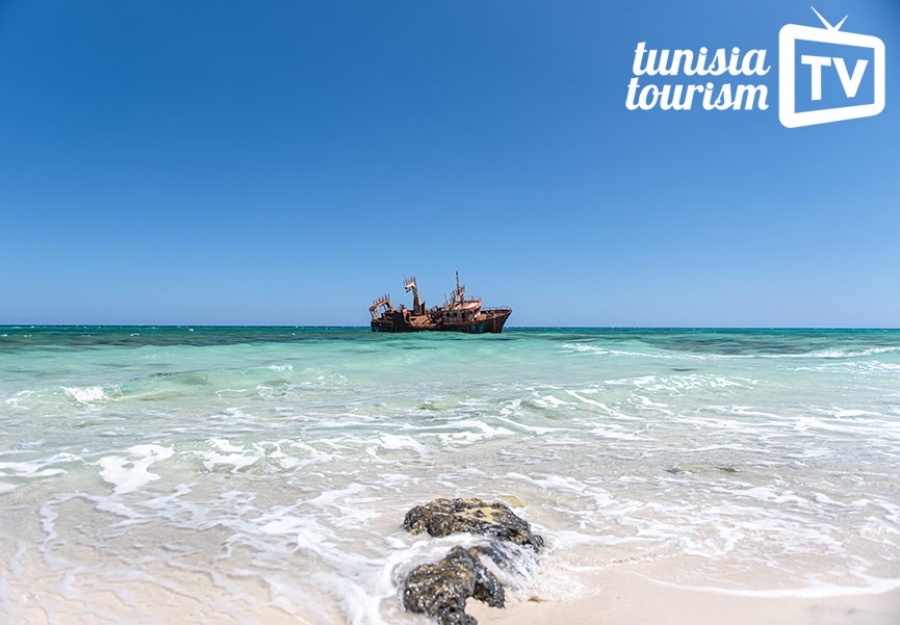
La plage de KELIBIA
Toutes les vidéos
LE PORTAIL DU TOURISME EN TUNISIE
La Tunisie vous réussit ! Choisissez votre destination en Tunisie et réservez votre hôtel en direct. Découvrez une multitude d’ expériences à vivre, un choix de centres de thalasso , des actualités , des vidéos et des émissions sur TunisiaTourismTV . Vous trouverez aussi un répertoire complet des hôtels tunisiens et de nombreuses suggestions pour les événements d’entreprises .
Destinations
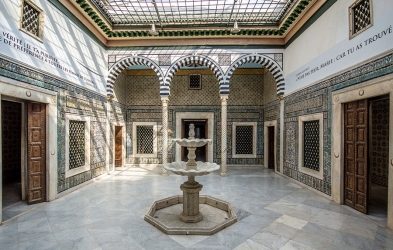
Tunis et les Côtes de Carthage Tunis et sa Médina, Carthage, Sidi Bou Saïd sont des lieux chargés d’histoire mais aussi bouillonnan...
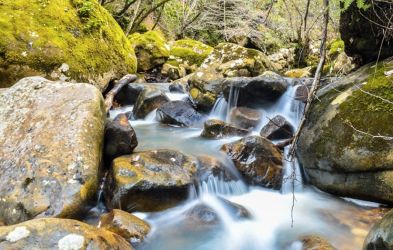
Tabarka et Aïn Draham Tabarka ou Aïn Draham ? Mer ou forêt ? Les deux vous attendent dans le Nord-Ouest tunisien. Un parad...
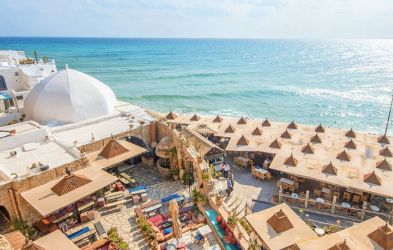
Hammamet et le Cap Bon Des magnifiques plages, de beaux hôtels, des activités sportives et des night-clubs au bord de la me...
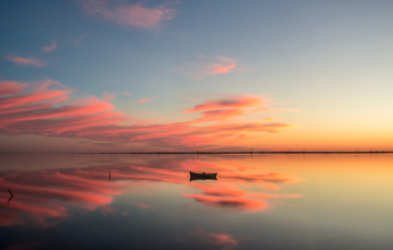
L’île de Djerba La grande île du Sud tunisien et Zarzis, sa voisine sur le continent, sont un des endroits les plus...
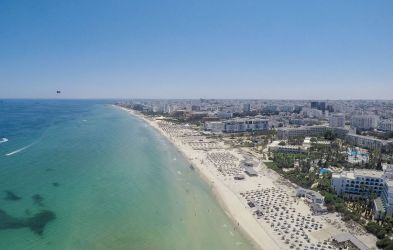
Sousse et Port El Kantaoui Grande station balnéaire et ville d’histoire, Sousse a deux visages. Profitez des immenses plages de...
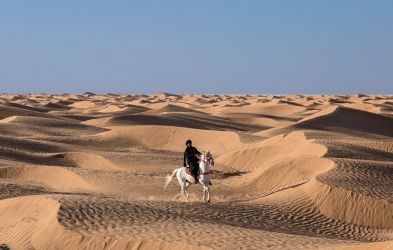
Le Sud tunisien De Tozeur à Tataouine en passant par l’immense désert de sable, le Sud tunisien est un univers authe...
Tunis et les Côtes de Carthage
Tabarka et aïn draham, hammamet et le cap bon, l’île de djerba, sousse et port el kantaoui, le sud tunisien.
Plus de destinations
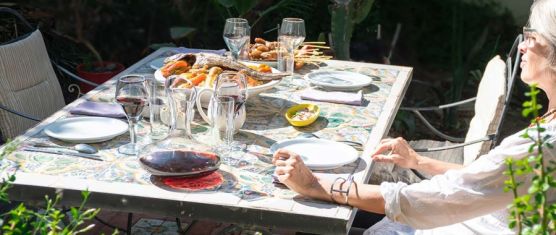
La Route Culinaire de Tunisie
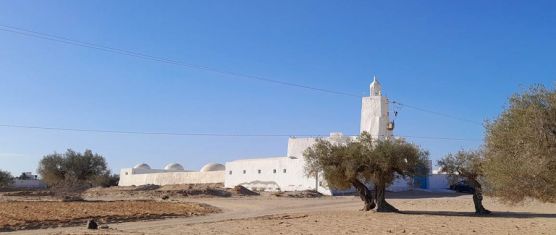
Sur la piste des mosquées de Djerba
Thalasso : la tunisie toujours incontournable.
C’est reparti !… la thalasso tunisienne sera présente en forc... Lire la suite
Le musée du Bardo de nouveau ouvert !
Le plus prestigieux musée de Tunisie a rouvert sous le signe de la Concorde ap... Lire la suite
Tourbet el-Bey, tombeau des beys de Tunis
C’est le mausolée collectif de la dernière dynastie qui régna sur la Tunisie. Un monument d’apparence austère, où règne... Lire la suite
Nabeul et sa mémoire juive
... Lire la suite
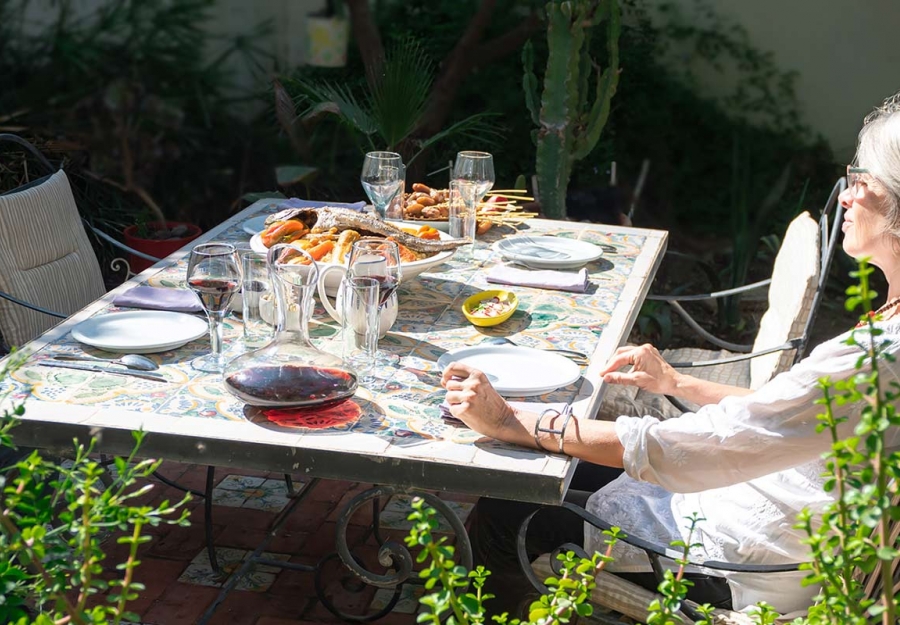
Plus d’actualités
Expériences
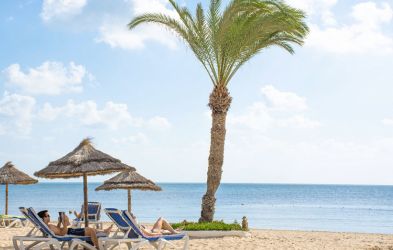
PATRIMOINE MONDIAL
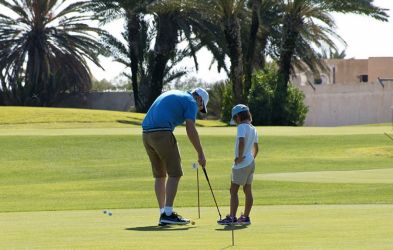
Thalasso & Spa
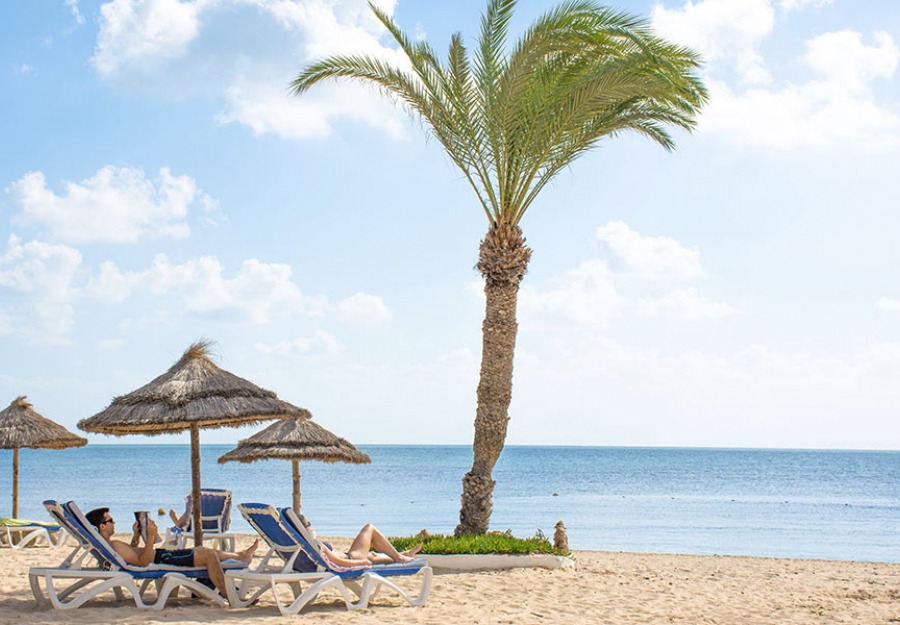
Nos partenaires

Qui sommes-nous ?
Contactez-nous
> Visite d’hôtel > La Tunisie en vidéos > Mouch normal !

- Real Estate
- Buildings & Equipments
Involvements
Tourism travel, transport, booking, thanks to our knowledge of tunisia, we offer our guests a unique experience..
With TTS, every day is a different journey
An incoming travel agency created in 1968 and employing 350 people.TTS serves more than one million passengers a year in Tunisia, largely through the exclusive representation of tour operator Thomas Cook…
We cover all of Tunisia
With a land transportation fleet of one hundred and fifty vehicles, TTS covers all of Tunisia from North to South and from East to West. Our buses, minibuses, microbuses, and 4W Drive vehicles are fitted with the most modern equipment, GPS and WIFI…

The on-line tourism specialist
In Tunisia, TTS Booking gives you an on-line access to more than 200 hotels. No matter the formula or the hotel and tourism service: short and long stays, tours, mini-tours and excursions, thalassotherapy…

Aéronautique
Informatique
Bâtiments & equipements
Engagements

Real estate
Buildings & Equipment
Copyright © 2018 Tunisian Travel Service
Powered by SAME TEAM
- Pasión por las Apuestas: Betano Llega a Argentina
- Por que os Apostadores Brasileiros Escolhem Brabet para se Divertir
- Segurança e Entretenimento no Blaze Casino Brasil
- Seguridad y Entretenimiento: La Promesa de Codere Apuestas en Argentina
- Unlock 300 Free Spins with No Deposit at South Africa's Top Online Casinos
- Viva a Adrenalina das Apostas Esportivas com Betnacional no Brasil
- Vive la Aventura de Ganar en PlayUZU Casino en México
Geography of Tunisia, Africa's Northernmost Country
- Country Information
- Physical Geography
- Political Geography
- Key Figures & Milestones
- Urban Geography
- M.A., Geography, California State University - East Bay
- B.A., English and Geography, California State University - Sacramento
Tunisia is a country located in northern Africa along the Mediterranean Sea . It is bordered by Algeria and Libya and it is considered the northernmost country of Africa. Tunisia has a long history that dates back to ancient times. Today it has strong relations with the European Union as well as the Arab world and its economy is largely based on exports.
Tunisia has been in the news due to increasing political and social upheaval . In early 2011, its government collapsed when its president Zine El Abidine Ben Ali was overthrown. Violent protests ensued and most recently officials were working to regain peace in the country. Tunisians revolted in favor of a democratic government.
Fast Facts: Tunisia
- Official Name: Republic of Tunisia
- Capital: Tunis
- Population: 11,516,189 (2018)
- Official Language: Arabic
- Currency: Tunisian dinar (TND)
- Form of Government: Parliamentary republic
- Climate: Temperate in north with mild, rainy winters and hot, dry summers; desert in south
- Total Area: 63,170 square miles (163,610 square kilometers)
- Highest Point: Jebel ech Chambi at 5,066 feet (1,544 meters)
- Lowest Point: Shatt al Gharsah at -56 feet (-17 meters)
History of Tunisia
It is believed that Tunisia was first settled by the Phoenicians in the 12th century BCE. After that, by the fifth century BCE, the city-state of Carthage dominated the region that is Tunisia today as well as much of the Mediterranean region. In 146 B.C.E., the Mediterranean region was taken over by Rome and Tunisia remained a part of the Roman Empire until it fell in the 5fifth century CE.
Following the end of the Roman Empire, Tunisia was invaded by several European powers but in the seventh century, Muslims took over the region. At that time, there was a large amount of migration from the Arab and Ottoman worlds, according to the United States Department of State, and by the 15th century, Spanish Muslims and Jewish people began migrating to Tunisia.
In the early 1570s, Tunisia was made a part of the Ottoman Empire and it remained as such until 1881 when it became occupied by France and was made a French protectorate. Tunisia was then controlled by France until 1956 when it became an independent nation.
After gaining its independence, Tunisia remained closely connected to France economically and politically and it developed strong ties with western nations, including the United States . This led to some political instability in the 1970s and 1980s. In the late 1990s, Tunisia's economy began to improve, although it was under authoritarian rule that led to severe unrest in late 2010 and early 2011 and the eventual overthrow of its government.
Government of Tunisia
Today Tunisia is considered a republic and it was governed as such since 1987 by its president, Zine El Abidine Ben Ali. President Ben Ali was overthrown in early 2011, however, and the country is working to restructure its government. Tunisia has a bicameral legislative branch that is comprised of the Chamber of Advisors and the Chamber of Deputies. Tunisia's judicial branch is made up of the Court of Cassation. The country is divided into 24 governorates for local administration.
Economics and Land Use of Tunisia
Tunisia has a growing, diverse economy that is focused on agriculture, mining, tourism, and manufacturing. The main industries in the country are petroleum, the mining of phosphate and iron ore, textiles, footwear, agribusiness, and beverage. Because tourism is also a large industry in Tunisia, the service sector is also large. The main agricultural products of Tunisia are olives and olive oil, grain, tomatoes, citrus fruit, sugar beets, dates, almonds, beef, and dairy products.
Geography and Climate of Tunisia
Tunisia is located in northern Africa along the Mediterranean Sea. It is a relatively small African nation as it covers an area of just 63,170 square miles (163,610 sq km). Tunisia is located between Algeria and Libya and has a varied topography. In the north, Tunisia is mountainous, while the central part of the country features a dry plain. The southern part of Tunisia is semiarid and becomes arid desert closer to the Sahara Desert . Tunisia also has a fertile coastal plain called the Sahel along its eastern Mediterranean coast. This area is famous for its olives.
The highest point in Tunisia is Jebel ech Chambi at 5,065 feet (1,544 m) and it is located in the northern part of the country near the town of Kasserine. Tunisia's lowest point is Shatt al Gharsah at -55 feet (-17 m). This area is in the central part of Tunisia near its border with Algeria.
The climate of Tunisia varies with location but the north is mainly temperate and it has mild, rainy winters and hot, dry summers. In the south, the climate is hot, arid desert. Tunisia's capital and largest city, Tunis, is located along the Mediterranean coast and it has an average January low temperature of 43˚F (6˚C) and an average August high temperature of 91˚F (33˚C). Because of the hot desert climate in southern Tunisia, there are very few large cities in that region of the country.
- Central Intelligence Agency. "CIA - the World Factbook - Tunisia."
- Infoplease.com . "Tunisia: History, Geography, Government, and Culture."
- United States Department of State . "Tunisia."
- 8 Countries That Had Arab Spring Uprisings
- Overview of the Republic of Malta
- A Brief History of Tunisia
- How the Arab Spring Started
- Geography of Morocco
- What Is the Arab Spring?
- Geography of France
- Geography of Egypt
- Geography of Monaco
- History and Geography of Turkey
- The Most Amazing Deserts in Africa
- Geography and Overview of Chile
- All About the Sahara Desert
- Leaders of the Middle East: A Photo Gallery
- Countries Bordering the Mediterranean Sea
- The Balkans

IMAGES
COMMENTS
Tunisia Tourism Branch, Hammamet, Tunisia. 40,839 likes. Depuis 1986, Tunisia Tourism Branch est gérée par une équipe professionnelle et sélective qui veille
Tunisia Tourism Branch | 247 followers on LinkedIn. Agence de voyage réceptive depuis 1986 œuvrant à promouvoir le tourisme Tunisien auprés de différents marchés. | Since 1986, TTB has been ...
Tunisia still has surprises in store for you. You can enjoy the most beautiful sandy beaches, explore the ruins of an ancient Roman city, learn to ride a camel, then completely unwind in one of our superb thalassotherapy centres. Dive through a school of fish, learn to kite surf, taste one of the countless couscous recipes, play a round of golf… For MICE organisers, you can rely on excellent ...
Tunisia. It may be but a slim wedge of North Africa's vast horizontal expanse, but Tunisia has enough history and diverse natural beauty to pack a country many times its size. With a balmy, sand-fringed Mediterranean coast, scented with jasmine and sea breezes, and where the fish on your plate is always fresh, Tunisia is prime territory for a ...
tourisme.gov.tn
1. El Djem Amphitheater El Djem Amphitheater. The walls of the mighty Roman amphitheater of El Djem dwarf the surrounding modern town.. This incredibly well-preserved Roman relic is Tunisia's big sightseeing highlight, one of the most popular things to do on day trips from the coastal resorts, and one of the best examples of amphitheater architecture left standing in the world.
Sidi Bou Saïd, a major tourist destination. Tourism in Tunisia is an industry that generated around 9.4 million arrivals per year in 2016-2020, making it one of the most visited countries in Africa. Tunisia has been an attractive destination for tourists since the beginning of the 1960s.. Among Tunisia's tourist attractions are its cosmopolitan capital city of Tunis, the ancient ruins of ...
Tunisia regions - Color-coded map — switch to interactive map. Northern Tunisia (Ariana, Bèja, Ben Arous, Bizerte, Jendouba, Kairouan, Kef, Mahdia, Manouba, Monastir, Nabeul, Siliana, Sousse, Tunis and Zaghouan) The capital Tunis, all of the north coast and mountains, and a number of very popular Mediterranean beach resorts.
One of the most popular tourist destinations in North Africa, Tunisia offers an incredibly diverse range of experiences. Along the Mediterranean coast, resort towns like Hammamet provide an abundance of sun and sea; while the southern Sahara is populated by dramatic desert landscapes, fascinating Berber villages and abandoned Star Wars sets.Tunisia's status during Roman times is evident in the ...
Hammamet has a beautiful sea and many water sports facilities. Make the most of it! Hammamet is known for its lively nights. In summer, its nightclubs on the beach attract clubbers from all over the world. As for golfers, they will appreciate the three 18-hole golf courses (two at Golf Citrus and one at Yasmine Valley) that snake through the ...
Your trip to Tunisia won't be complete without seeing Sidi Bou Said. It is one of the most famous and beautiful places in Tunisia. It's known for blue and white houses and cobblestoned streets. This charming seaside town is located about 20km north of Tunis. This popular tourist attraction is definitely worth visiting.
Lose yourself in the alleyways of the Medina, drink a mint tea on the rooftops or go shopping in the beautiful covered souks. Then dive into the Tunis of 1900 around Avenue Bourguiba. Enjoy grilled fish in the central market, or in a restaurant in La Goulette, on the coast. Climb to the top of the hill in the charming village of Sidi Bou Saïd ...
Office National du Tourisme Tunisien | 2,816 followers on LinkedIn. Welcome to the official LinkedIn page of the Tunisian Board of Tourism! Discover the beauty of Tunisia with us - your gateway to ...
Mohamed Kilani Tbib, born in 1990, is a Tunisian graphic artist and calligrapher, working under the name of Inkman. From a very young age, he was interested in poetry and had a need to express his love for humanity and vision of tolerance on paper. Originally from the Gabès region in the south of Tunisia, the artist travels constantly and ...
Thursday 24 August 2023 16:14 BST. Comments. Monastir is one of Tunisia's most popular seaside getaways (Getty Images) It's easy to see why Tunisia is a popular holiday destination. It offers ...
Contribution of the travel and tourism industry to employment in Tunisia from 2019 to 2020 (in 1,000 jobs) Premium Statistic Direct employment in the tourism industry in Tunisia 2018-2021
Day 7 - Sfax. Day 8, 9 - Tataouine & around. Day 10, 11 - Tozeur & around. Day 12 - El Kef. Day 13 - Jugurtha Tableland. Day 14 - Dougga. More information. eSIM for browsing, calling and planning your itinerary in Tunisia. With Holafly, you can now get an electronic SIM card for Tunisia from home with just 2 clicks.
LE PORTAIL DU TOURISME EN TUNISIE. TUNISIE. La Tunisie vous réussit ! Choisissez votre destination en Tunisie et réservez votre hôtel en direct. Découvrez une multitude d' expériences à vivre, un choix de centres de thalasso, des actualités, des vidéos et des émissions sur TunisiaTourismTV.
Avenue Abou Dhabi. Email: [email protected]
Travel, transport, booking. Thanks to our knowledge of Tunisia, we offer our guests a unique experience. With TTS, every day is a different journey. An incoming travel agency created in 1968 and employing 350 people.TTS serves more than one million passengers a year in Tunisia, largely through the exclusive representation of tour operator ...
Tunisia's judicial branch is made up of the Court of Cassation. The country is divided into 24 governorates for local administration. ... textiles, footwear, agribusiness, and beverage. Because tourism is also a large industry in Tunisia, the service sector is also large. The main agricultural products of Tunisia are olives and olive oil, grain ...
Tunisia tourism branch. 0 0 reviews. This activity provider is a trader on the GetYourGuide marketplace. Legal notice. Legal company name. Tunisia tourism branch. Registered address. Avenue abou dhabi , Route nabeul hammame 8000 Nabeul Mrezga. Managing director(s) Belhadj ali Lotfi. Contact details.
Tunisia Tourism Branch is a resort in Tunisia. Tunisia Tourism Branch is situated nearby to Hotels Omar Khayam & Dar Khayam and Hôtel Les Colombes. Tunisia Tourism Branch - Tunisia - The Open Map